Colorado Trail Plant-a-go Project
the photography, video, audio, flora documentation and creative work of the Colorado Trail Plant-a-go project is all created in collaboration with ethnobotanist and land tender Gabe Crawford
We acknowledge this project took place on traditional Ute Lands
The Colorado Trail Plant-a-go project was an idea born from the shared vision of traveling herbalist, philosopher, botanical researcher Kelly Moody, and a Colorado local who has a deep interest in wild-tending and living archaeology in practice, Gabe Crawford. They met while gathering pine nuts in central Nevada one fall through a series of happenstance events and realized they had a shared love of plants, ecology, philosophy ethnobotany and land tending. They began to collaborate six months later, which is also right around when the global Covid-19 pandemic hit.
When the pandemic hit, and everyone was scared about the uncertainty of the world, Kelly and Gabe found themselves ‘stuck at home’ in the wilderness working with plants. They headed to Colorado where Gabe is from to focus on land-tending work there and be near Gabe’s family. They decided after a full spring tending and gathering herbal medicine in the Gila Wilderness area in New Mexico and in the forests and meadows all around Durango, Colorado, to do an intentional walk together combining their existing projects. Plus, in the state of the world at the time, it felt like the only appropriate thing to really do with the knowledge and resources they had.
Kelly had been wanting to do a long walk for awhile in collaboration with others with similar interests that documented the plants and ecology of the landscapes being moved through as a part of her long-term art and ecology research project Ground Shots. Gabe had recently been hanging in concentration with the now passed Finisia Medrano, a renegade controversial figure who lived on horseback in the Great Basin desert for decades tending ‘wild gardens,’ and who had mentored many a wandering and sometimes lost humans over the years concerned with the state of our world. Gabe had an itch to put some of this ‘hoop’ work in practice in a new and unique way and apply his ideas about wild-tending to the lands where he grew up. They both sought to create a project that involved physical action meeting philosophy, an openness to being changed by the landscapes they moved through, and to consistently consider cultural and ecological sensitivity when thinking about how to engage place. You can listen to the conversations that came up during the walk in the archive of audio documented from the trail, down below, or through the Ground Shots Podcast.
Between Kelly’s years of botany and ecology studies across the West, Appalachia and the Northeast alone and with a slew of important mentors (Juliet Blankespoor, Marc Williams, Paul Strauss, Chip Carroll, Rebecca Golden, Luke Learningdeer, Doug Elliott, Doug Simmons to name a few), and Gabe’s enthusiasm for ethnobotany, naturalism, history, and seed collection, they came up with an idea to walk the Colorado Trail with a different goal than why most folks tend to do sport based ‘thru-hikes.’ Gabe had squirrelled away a basement full of seeds from his wild seed gathering expeditions the summer before that needed to be planted, and Kelly had years of study, and a want to be on foot itching to put her knowledge to practice. Kelly had walked the 500 mile Camino de Santiago in the past, a pilgrimage in Spain, as well as shorter walks up to 200 miles in parts of the U.S., and Gabe had walked the Colorado Trail once already, five years before.
The official trail itself is about 480 miles, and during the walk, they added another 100-200 miles taking side loops through the Eagle’s Nest Wilderness, Lost Creek Wilderness and doing both sides of the Collegiate loop, where normally most folks pick one side of the Collegiates to walk through which contain tons of mountains with 14,000 foot peaks.
They had a few guests join them for short stints during the walk. Jeff Wagner of Laying Groundwork out of Boulder, Colorado and Paonia, Colorado and Avalon Gulley from Vibrant Earth Seeds out of Cortez, Colorado joined Kelly and Gabe for the extra section of the walk that was added in the Eagle’s Nest Wilderness. Teo Montoya of the Indigenous Futures Podcast out of Santa Fe, New Mexico joined Kelly and Gabe during a section of the walk on the West side of the Collegiate loop. Ted Packard and Annika Fae of Lightning Tree Animist Nature School and Durango Wild Soul of Durango, Colorado resupplied Kelly and Gabe at Molas Pass and walked for a day, in the San Juan Mountains.
Kelly and Gabe recorded a conversation with Teo Montoya around the fire during their time together, for the Ground Shots Podcast on sacred technology, wild tending and more—, found here, or in the library of audio recordings from the project, below.
Kelly Moody Ted Packard recorded a podcast episode together a year and a half after the original Plant-a-go walk occured, on coyote, trickster, and catharsis— listen to that conversation, here.
Why is the project called ‘Plant-a-go’?
The name ‘Plant-a-go’ is a play on words working with the genus of the Plantain plant, Plantago, also called White Man’s Footprint as a common name, because it was brought over from Europe during the colonization of Turtle Island consequently coinciding with the genocide of indigenous peoples who called Turtle Island home. Often people use the words ‘Walk-a-about’ to talk about doing a long intentional walk with some spiritual or intentional purpose, but the origins of those words are fraught with controversy and harm. Aboriginal Australians had a long standing tradition of doing walks through the vast desert landscapes they tended and were in relationship with, and when colonists came to Australia, in their inability to understand the animist based, and non capitalist world-making and time-constructing paradigm of the native peoples of the land, considered the ‘walk-a-abouts’ an act of laziness or unproductivity, not understanding the deeper importance of non-linear time, walking and land tending practices of the native Aboriginal Australian folks. ‘Walk-a-bout’ became a walk of speaking in a derogatory manner about the practices that colonizers didn’t understand and was used as a way to slander, degrade, put down and depreciate the land-tending practices of Aboriginal Australians. It is generally not culturally sensitive for folks who are not indigenous to Australia to use the word to speak about intentional walks, out of respect for and acknowledgement of the harm down and genocide committed towards those peoples.
When at first the project used ‘walk-a-about’ as a way to describe the intentional walk, it was brought to Kelly and Gabe’s attention that this may not be the most appropriate name for the walk. They decided to rename it ‘Plant-a-go’ as a way to reverse the harm inherent in the words connoted ‘White Man’s Footprints’ following European ancestored folks as they pillaged Turtle Island, while planting back the native first food plants along the walk, as a kind of act of participation, rebellion, retribution. While the idea of planting seeds on public land might be controversial to some due to deeply rooted paradigms around humans being separate from nature but also as a reaction to land being pillaged and destroyed in its de-animism through colonization, the point of the walk in some ways was to question the narratives that encourage humans to not be in direct participation with the land in an intentional thoughtful way in the first place no matter where they come from. This came up a lot in the writings done on the walks, research done with the plants, and the audio conversations recorded along the way.
To listen to these conversations, explore the archives listed below or through the Ground Shots Podcast wherever you listen to your podcasts.
Kelly and Gabe had a had a few goals for the walk.
Walk slower in order to take in the landscapes that one experiences while moving through the southern Rockies.
Write and journal as often as possible, taking in everything — inner thoughts, personal feelings, ideas, plant species, bird species, impression and observations, the intensity of the trail and geography or anything that came to mind. Time was spent every day writing whether in the early morning before walking or evening when getting to camp, or even in town while resupplying where plants could be looked up (But books were brought on the trail). Sometimes, breaks in the middle of the day were times for writings, recording plants and reflection.
Specifically record plant species along the trail in different sections to get an idea of the diversity ( or lack of) present in spaces folks walk through by the thousands every year, and ask questions about what determines diversity of life in the first place through intentional field recordings
Plant seeds of culturally and ecologically significant plants and save GPS points of their locations, and plant them where they would potentially thrive or be relevant. Seeds planted along the trail: various Biscuitroot species (Lomatium and Cympterus genus spp.), Yampah (Perideridia sp.), Meadow Camas (Camassia quamash), Mariposa Lily (Calochortus spp.), among others and often in association with Sagebrush (Artemisia tridentata), Dwarf Birch colonies (Betula glandulosa), Aspen (Populus tremuloides) groves or under Bushy Cinquefoil stands (Potentilla fruticosa) among many other plant associates. These seeds were cached along with food resupplies ahead of time, as well as mailed along with a few planned town resupplies at the post office or a general store. So, the packs were not ‘ultra-light’ by any means with sometimes pounds of seeds, food for 10 days to be able to stay out longer, and plant books, readers for the local region, and journals for writing. With Gabe’s knowledge of the trail from walking it previously and understanding the particular needs of the various seeds to plant, as well as some guesstimating by looking at topo maps, pounds of seeds were dispersed in resupplies according to the appropriate landscapes Kelly and Gabe projected to be walking through. The idea was to give back wild foods and be in participation with the land vs. just move through it at the fasted speed possible and not seeing what was really there.
Seeds were also gathered at the end of the trail walk when most plants were more in seed than flower. Seeds were gathering from plants like Western Osha (Ligusticum porteri), Penstemon (Penstemon spp.) Cow Parsnip (Heracleum sphondylium), Western Sweet Cicely (Osmorhiza occidentalis) Glacier Lily (Erythronium grandiflorum) Wild Onions (Allium spp.), to name a few to create a seed bundle for future planting.
Take photographs of as many of the plant species found on the trail in order to ID them later and match up with plant lists made on the trail. Over 4,000 photographs of plants were taken from the trail and need to be organized.
Do some gentle outreach if called through public media like podcast conversations documenting observations and ideas from the trail, videos and talks. (See audio documentation aired publicly during the walk and after, below and videos from the walk scattered here on this page, on Instagram and Youtube)
Generate ideas about how to tell an alternative story of the southern Rockies with the Colorado Trail as as guidepost for sharing those stories.
In this process, ideas were gathered about how to share stories of the watersheds, inner and outer tracking, regional mining, local fishery politics in the high country, regional effects of economics on the land, geology and its effect on ecology, the history of genocide and cultural religious war between the Utes and Mormons, the history of buffalo migration routes along the trail, beaver and their impact on landscapes of the southern Rockies, what it means to have gentle to extreme disturbances on landscapes, special botanical interests like — Rocky Mountain Bristlecones, regionally specific Biscuitroot species, the diversity of Pedicularis and Penstemon, other animisms of the region, botanical curiosities. The ideas were a part of generating work to later create a reader to share with folks in order for them to decide for themselves what stories they want to see about these lands.
Scout for examples of potential ‘living wild gardens’ that may exist along the trail and adjoining side trails that are anthropogenic in nature given the history of land tending associated with certain plant species by indigenous peoples historically and today. This knowledge of ‘human tended and co-evolved’ plants and plant communities is held in stories and intact cultural practices of indigenous peoples who survived genocide and kept these tending practices alive, as well as in historical documentation but is also held in the way the plants themselves behave or express their needs and wants. These existence of ‘wild gardens’ on ‘wild landscapes’ is broadly ignored in scientific literature but is starting to be taken more seriously in modern fields of science, botany and ethnobotany as the fields themselves are having to ask internally hard questions about how the history of white supremacy, colonization and patriarchy have affected interpretations of the past and the categorization of life, and, how these blind spots have left a lot of information and understanding missing. A key thought for this project is that an interdisciplinary approach is essentially necessary in order to break paradigms and ask significant questions about the pitfalls in various fields of science, history, storytelling that often stick to themselves and are slow to question past truths. This kind of research and other goals on this list of course, are pieces that would take many walks, camps, open minds and collaborative participants to corroborate.
The kinds of plants we looked for in this context and and indeed found and would elaborate on why they are important to tend, protect, preserve or have critical conversations about in the context of historical human tending, in a future zine or book: Spring Beauty (Claytonia lanceolata) Alpine Spring Beauty (Claytonia megarhiza), Pygmy Bitterroot (Lewisia pygmaea) Mariposa Lily (Calochortus spp.), Glacier Lily (Erythronium grandiflorum), Wild Onion (Allium spp.), Western Osha (Ligusticum porteri), Monarda (Monarada fistulosa, and Monarda pectinata), Biscuitroot (in Colorado along the trail mainly Aletus genus’, Pseudocymopterus genus’, and Lomatium genus’), Ponderosa Pine (Pinus ponderosa) among others.
Plants we were curious to find but generally didn’t (but doesn’t mean they aren’t there were Yampah (Perideridia spp.) Brodiaea (Brodiaea spp.) and Yellow Bells (Fritillaria spp.).
Put together an interesting and accessible book or zine in the future holding the project that had associated multimedia modes of interaction possible
Scout where to make camps in the future with friends and comrades to explore what it means to be in participation with landscapes through living practice, while not constantly on foot and being able to eat well from the land — with reciprocity as the key figure in mind
Ask important questions about ‘diversity,’ ‘moderation,’ ‘disturbance,’ ‘good landscapes,’ ‘wilderness,’ ‘pristine', ‘ leave no trace,’ among other buzzwords in the context of the southern Rockies and the Colorado Trail corridor
The project was meant to inspire folks doing the walk for sport who desire a different lens from which to see the lands they move through quicky with ultra light gear and miles on their mind, folks interested in bioregional ecology and history, folks interested in ecology, herbalism, wild foods and ecosystem restoration regionally and in general, folks concerned about the impact of modern culture on regional landscapes they love including this one, folks interested in how art and ecology can intersect through walks and creative interpretations of ‘tracking,’ folks who advocate for these lands who have ideas about ‘wilderness’ ‘pristine’ ‘leave no trace’ and ‘land protection’ who desire alternative narratives about land in order to better protect them, and renegade land tending types like ourselves that don’t fit into any category and maybe want to run away to the woods sometimes and play with plants all the time, and for us, just to simply do it and have fun.
project summary written by Kelly Moody
Audio documentation and conversations on the Colorado Trail Plant-a-go Project
Here’s an archive library of selected audio recordings from the Colorado Trail Plant-a-go project that were aired during the walk on the Ground Shots Podcast or after with podcasts like Voices for Nature and Peace. Click the files to listen or download for your personal archives or stream from your platform of choice.
Read the blog post: A Wild-Tending Walk on the Colorado Trail Summer 2020. Written by Kelly Moody on the ‘Of Sedge and Salt’ blog, before the walk
Blog writings on the Colorado Trail Plant-a-go Project:
Youtube videos from the Colorado Trail Plant-a-go Project
Select photographs from the Colorado Trail Plant-a-go Project
A sample of photographs out of a collection of thousands that have gps location data and our plant lists to match up according to section of the trail. Most of these photos were taken above 10,000 feet in elevation along the Colorado Trail. There’s plenty to say about the context of every plant photographed, and many that are not shown here.
Instagram and Youtube videos already viewable for the public on the project (there are many more that require editing that are not public):


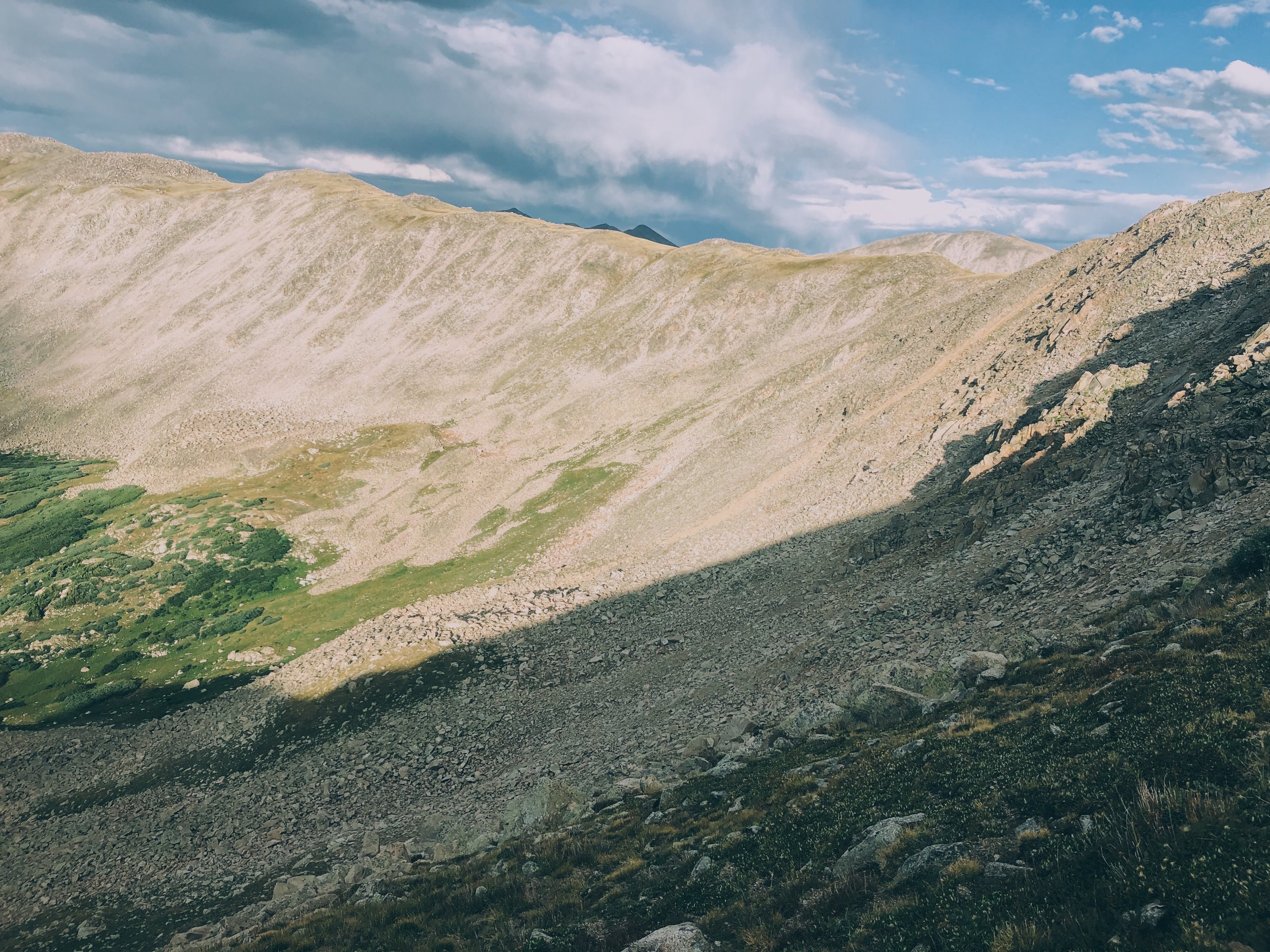
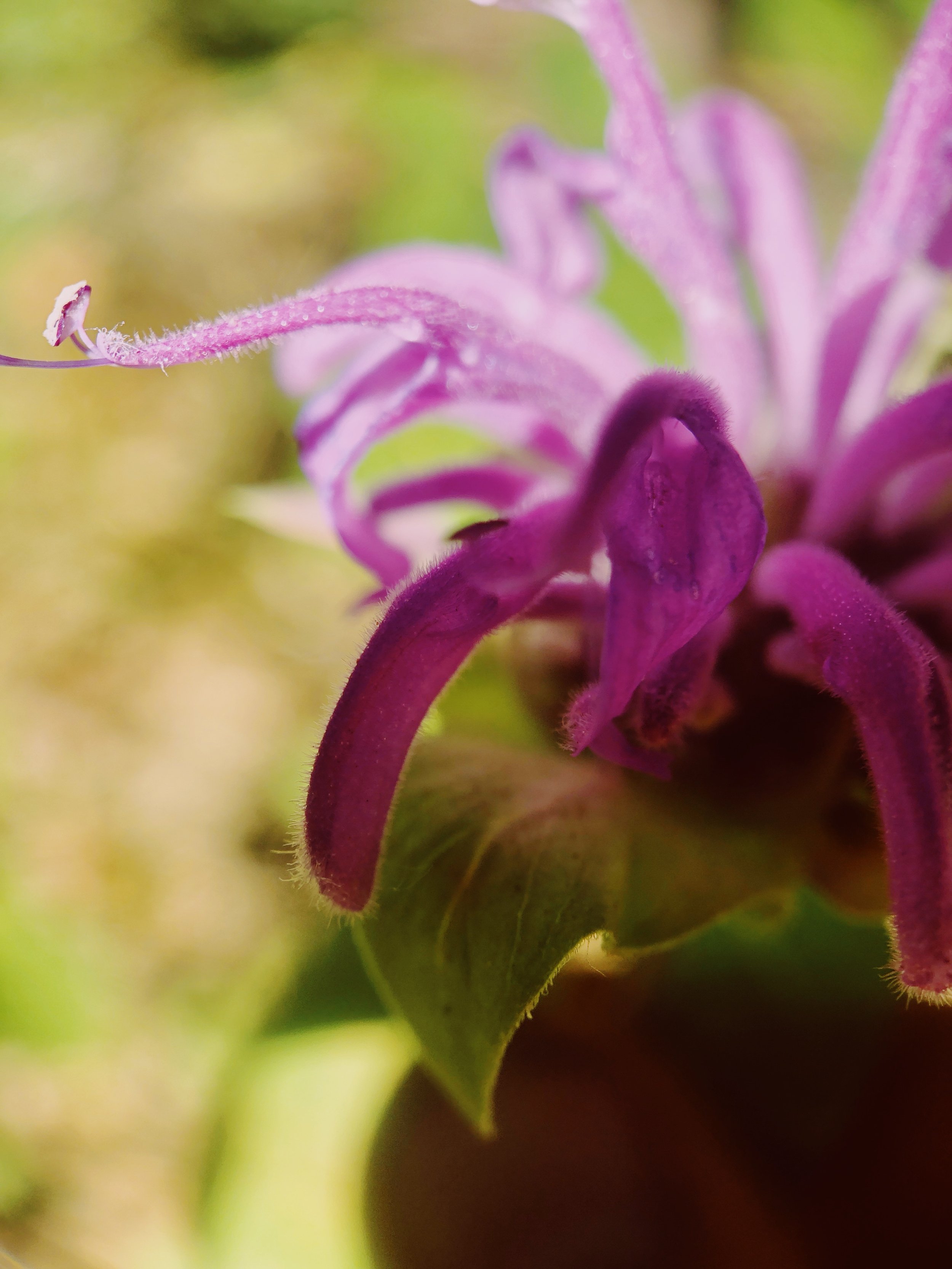

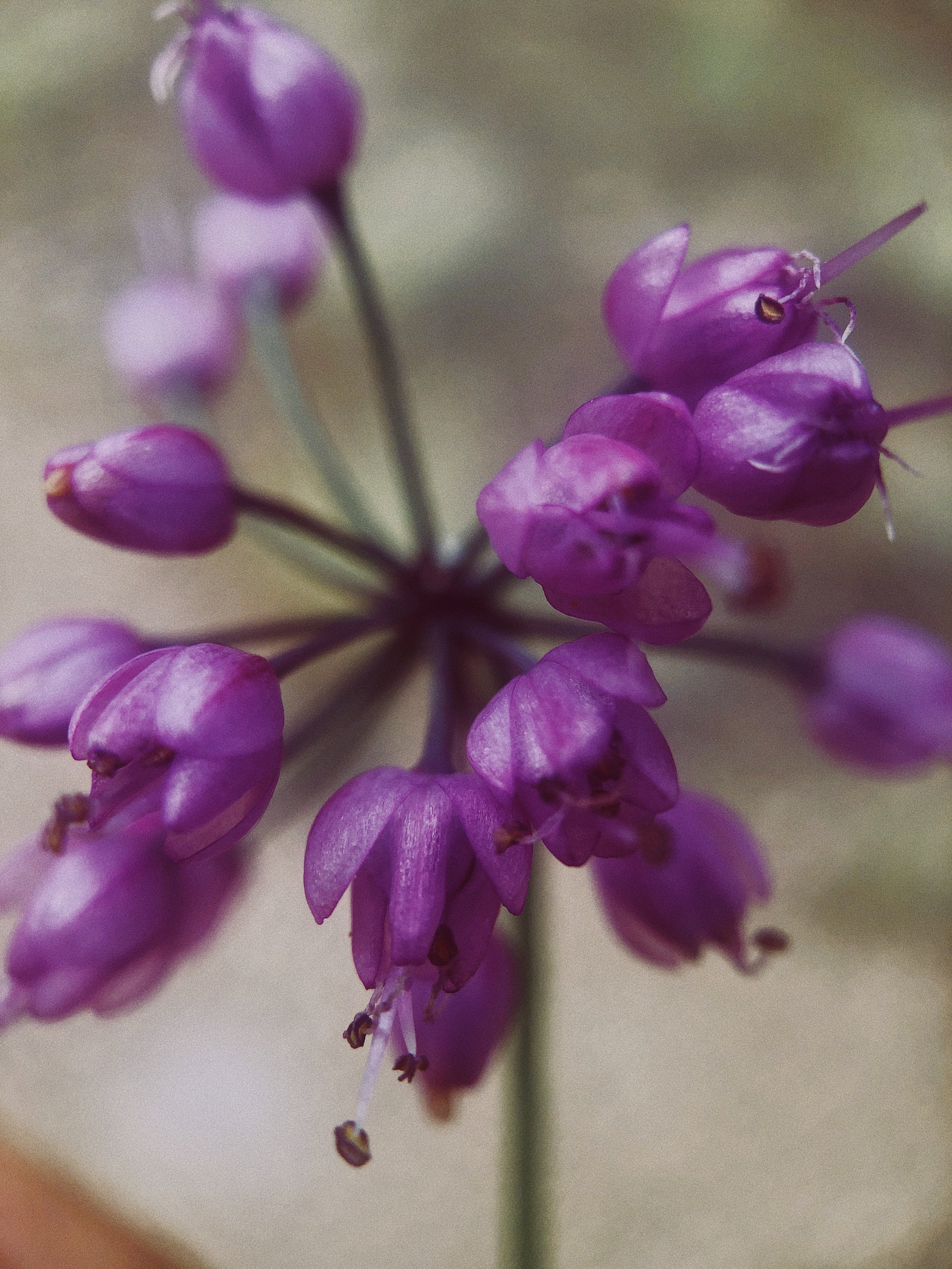
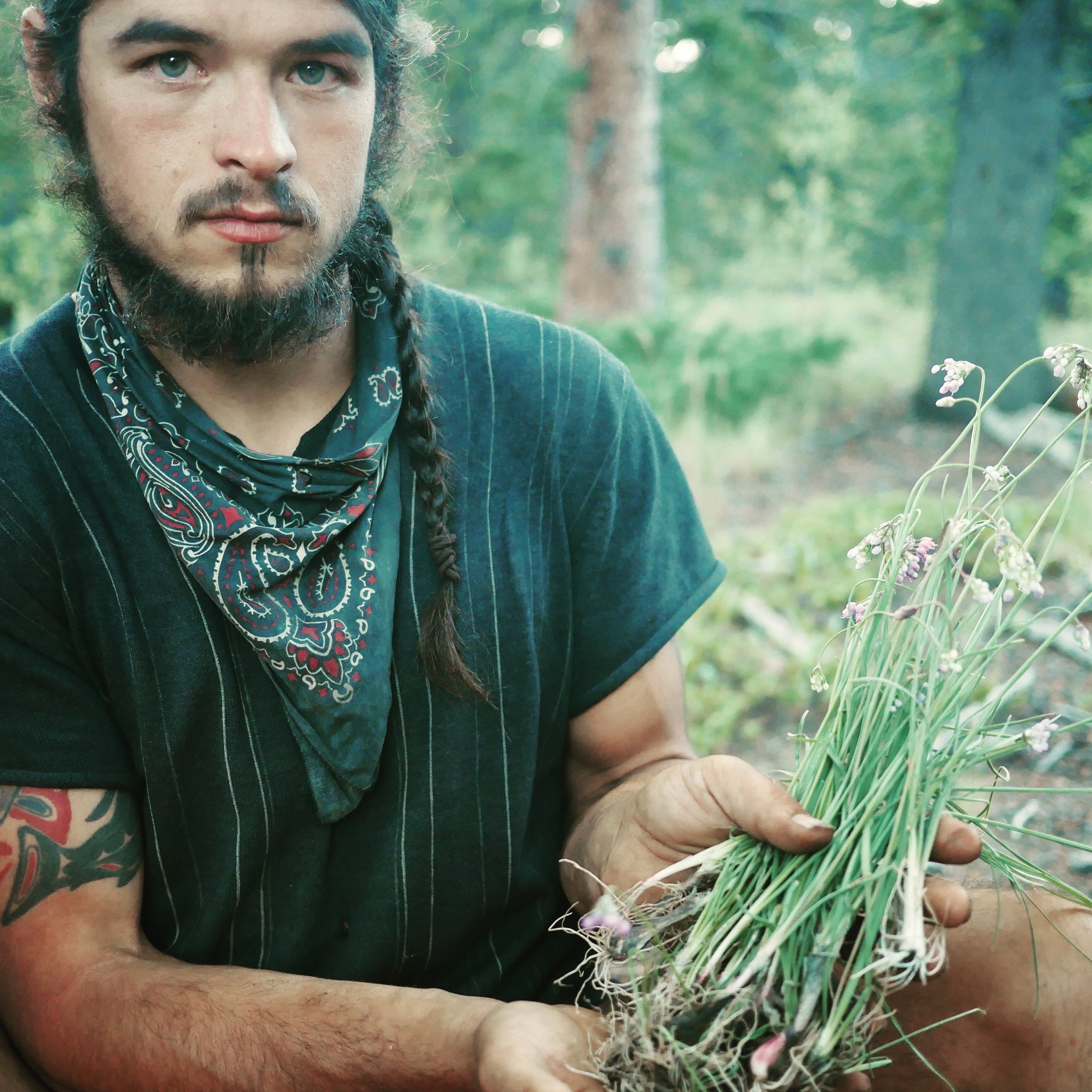
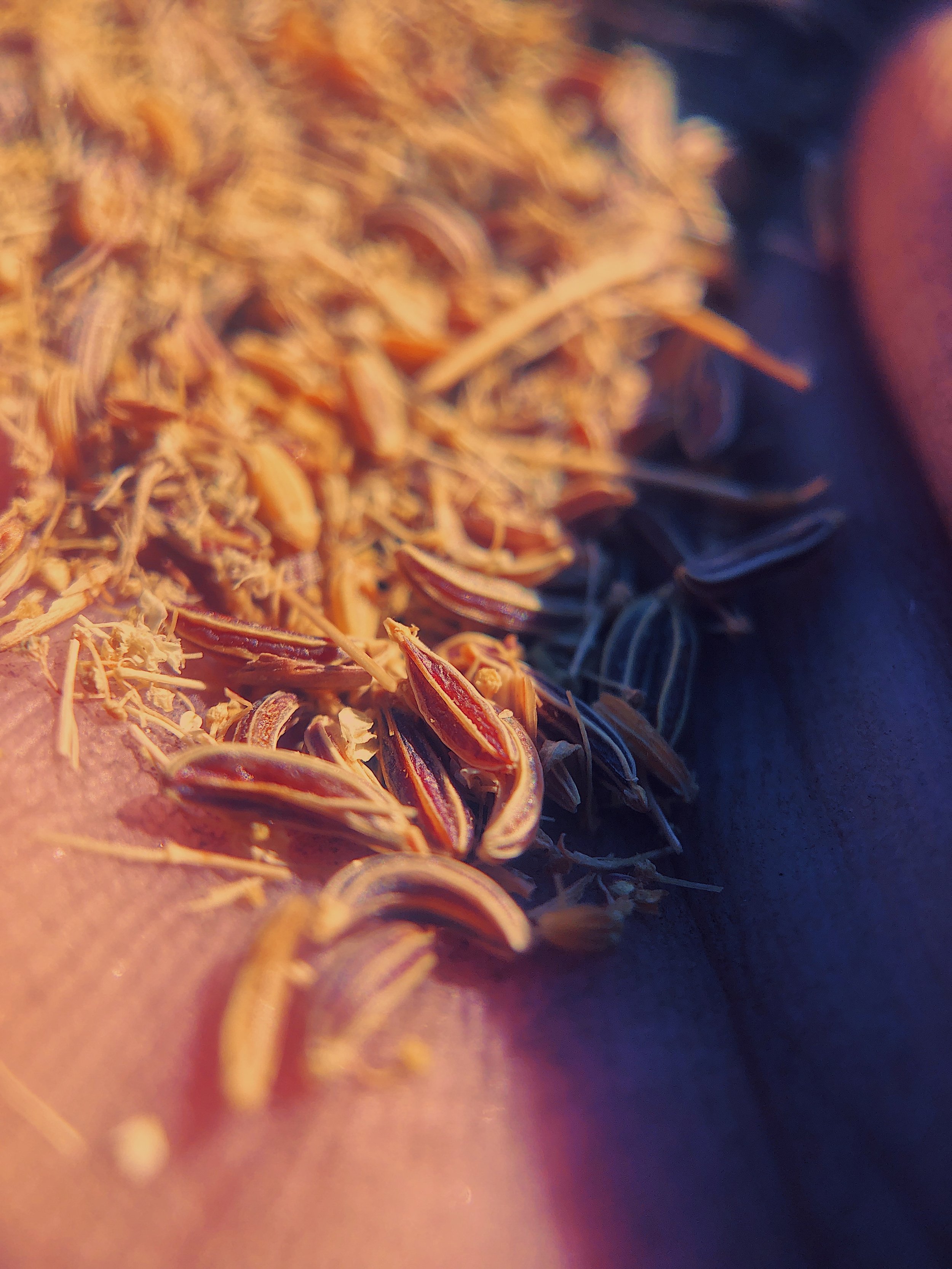





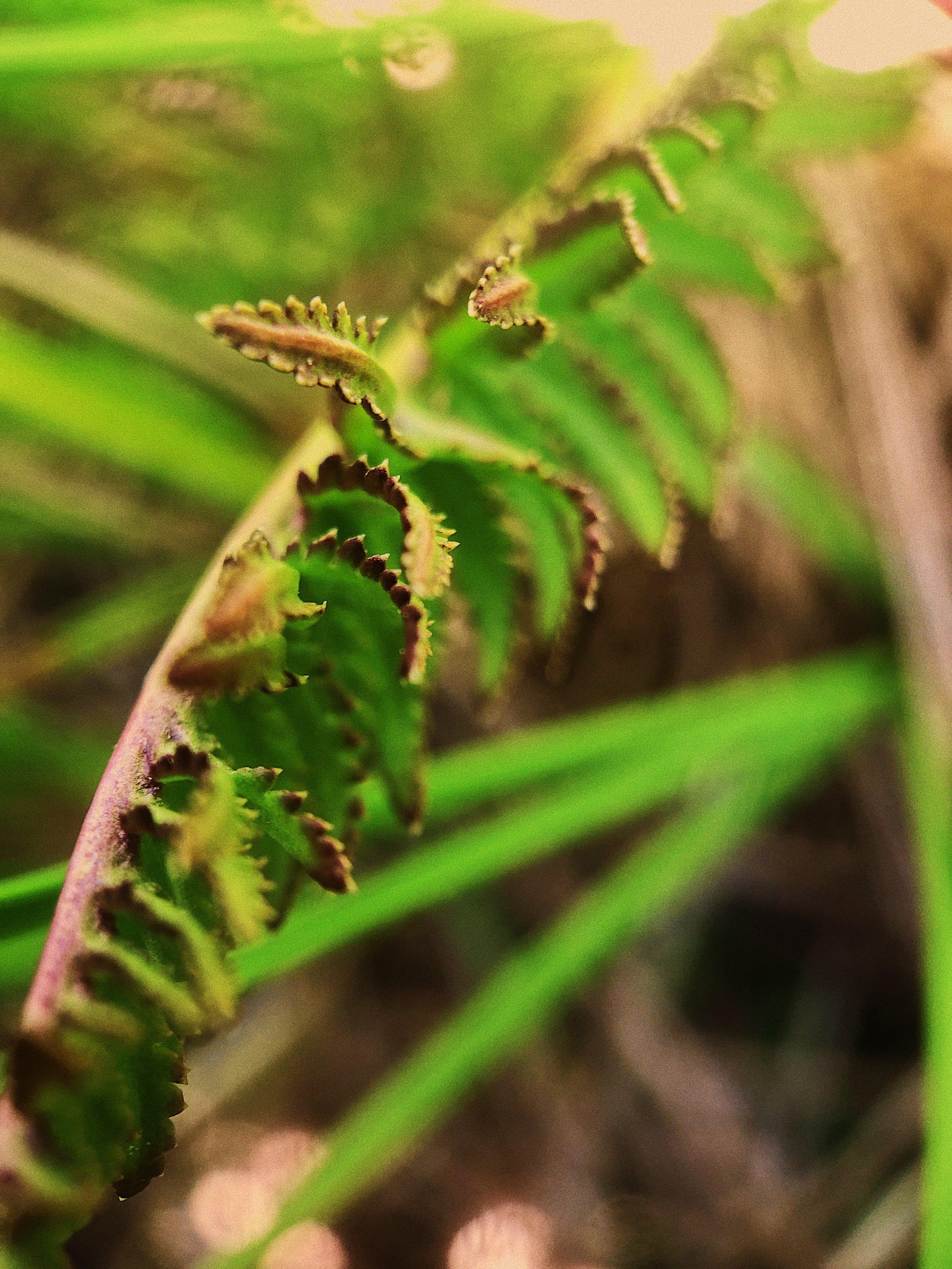

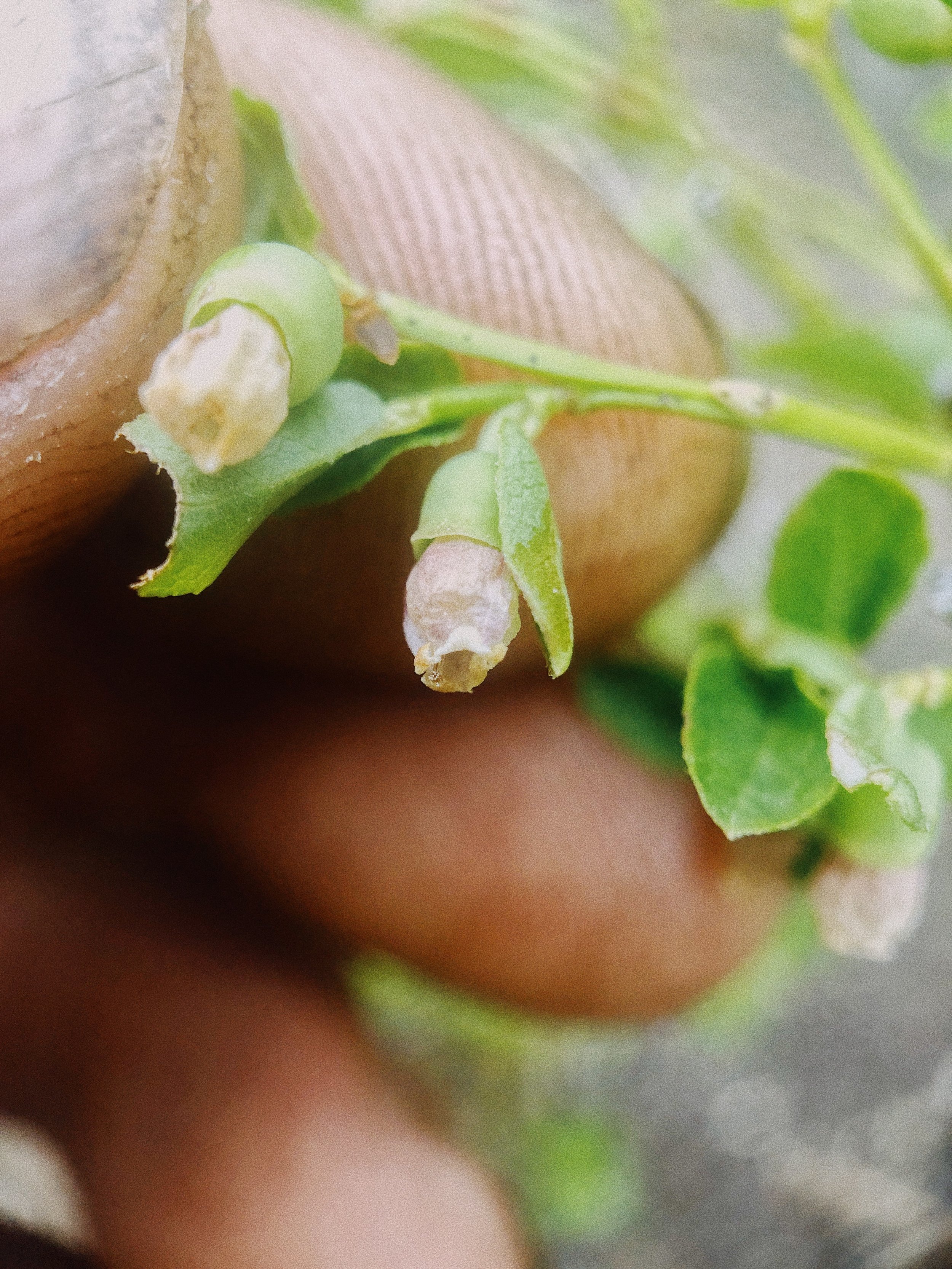
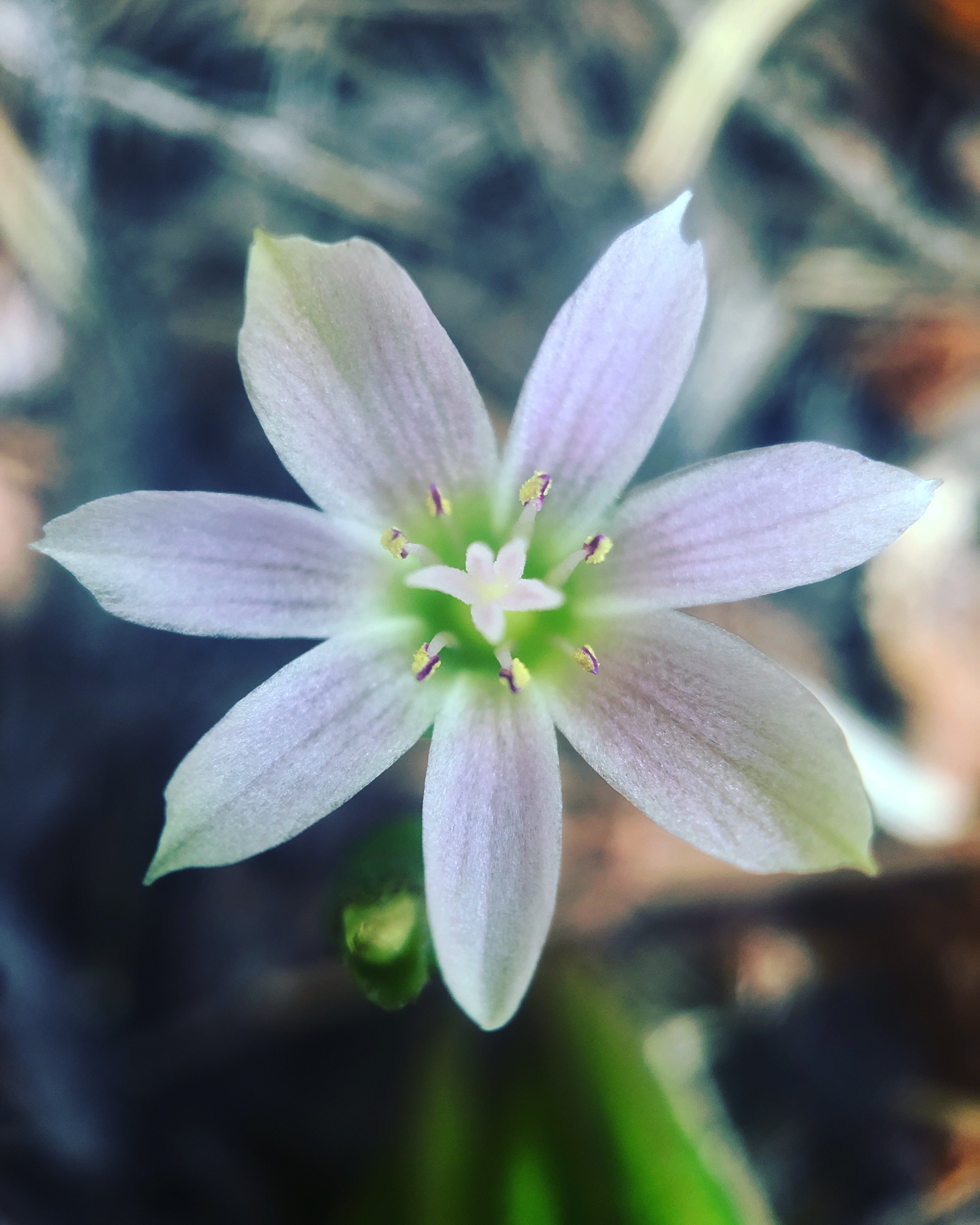
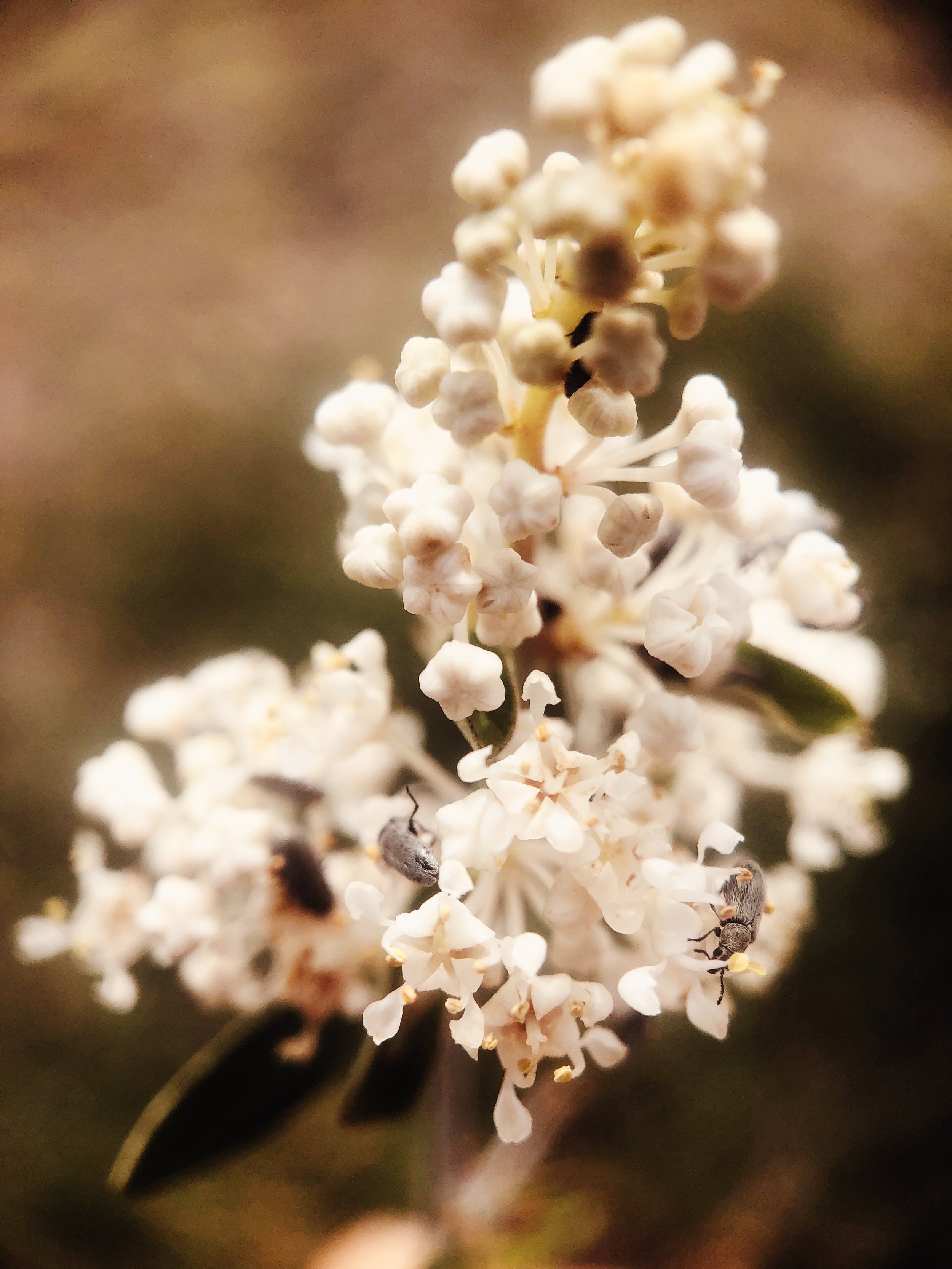
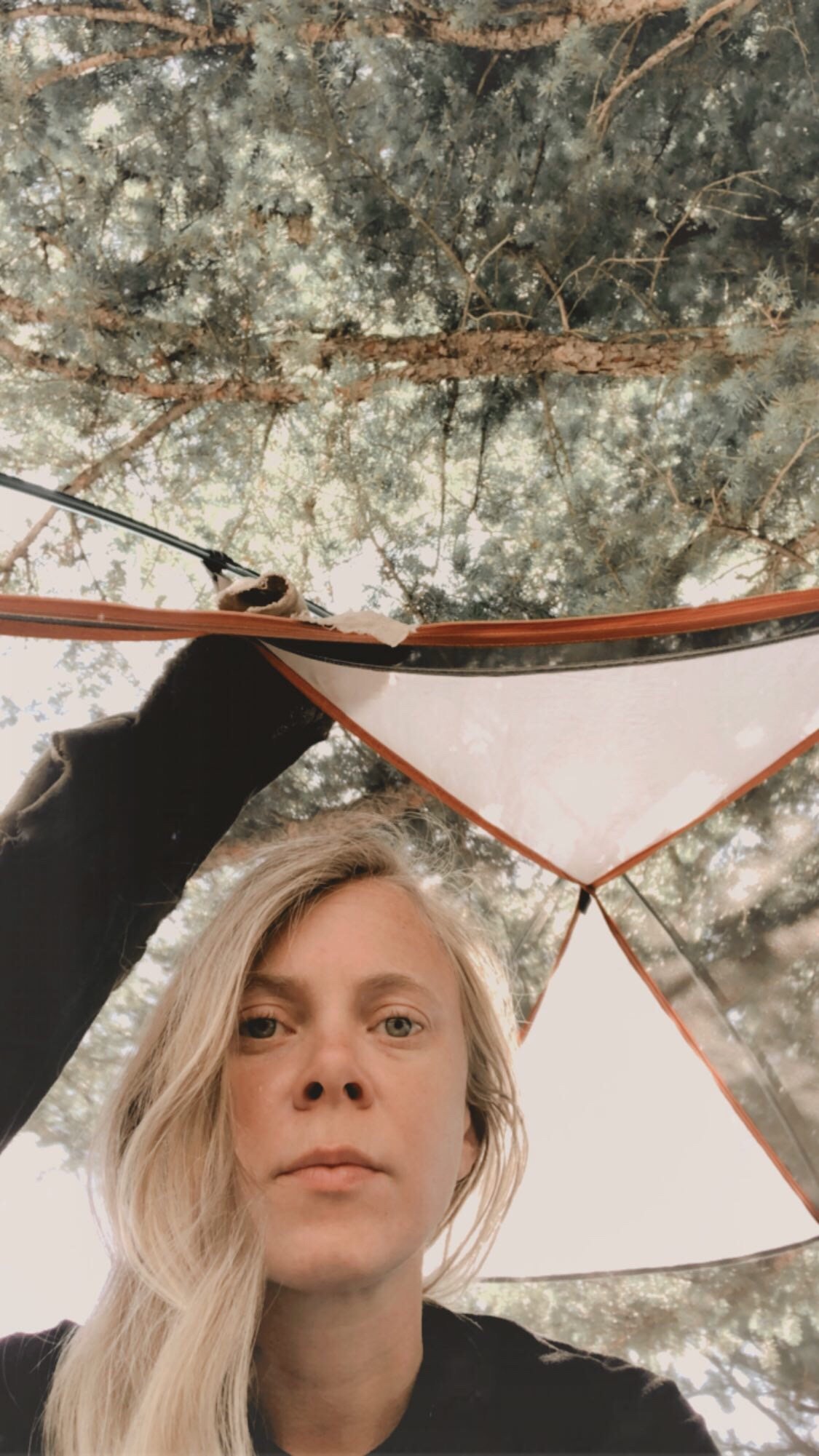
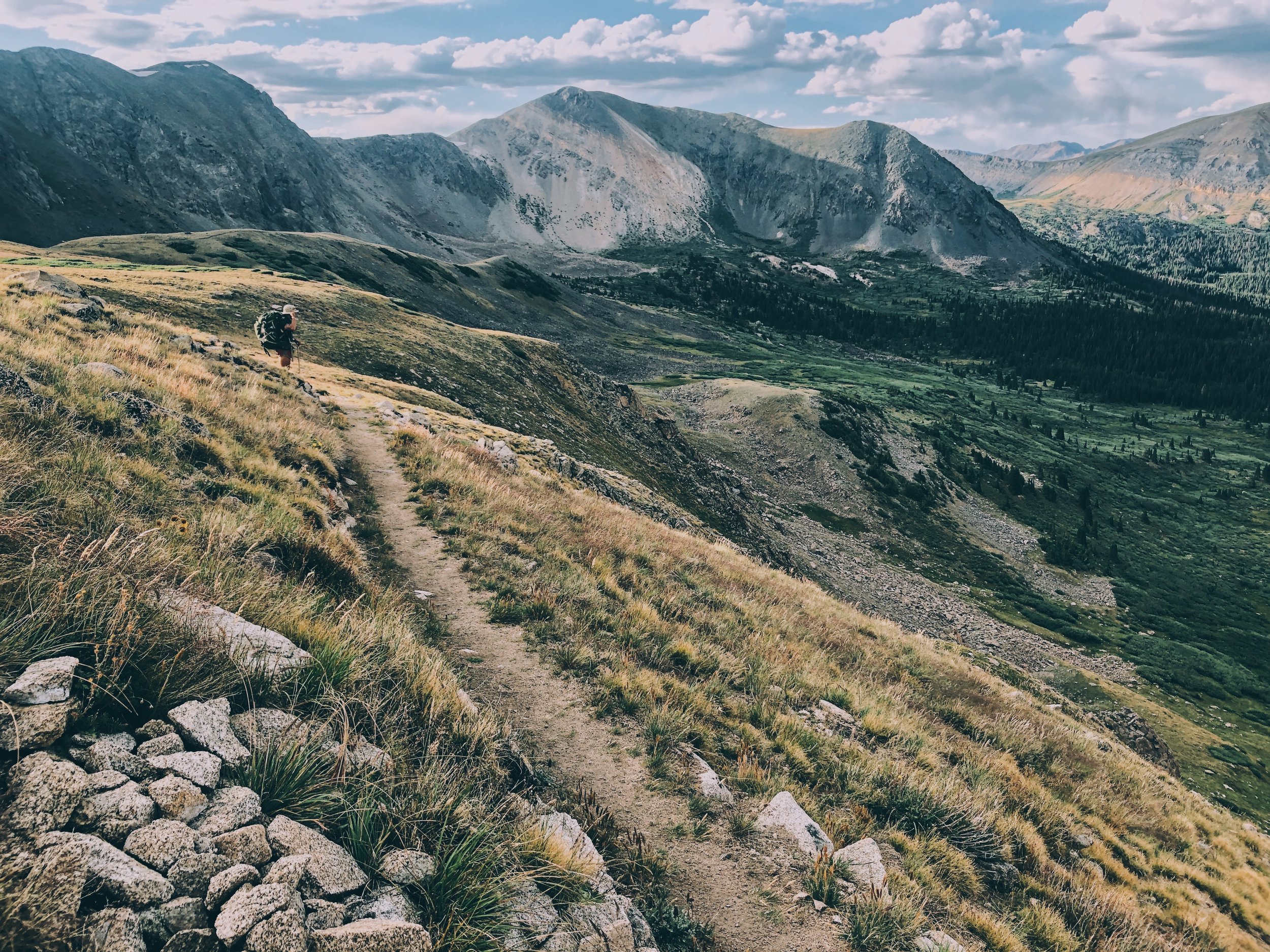


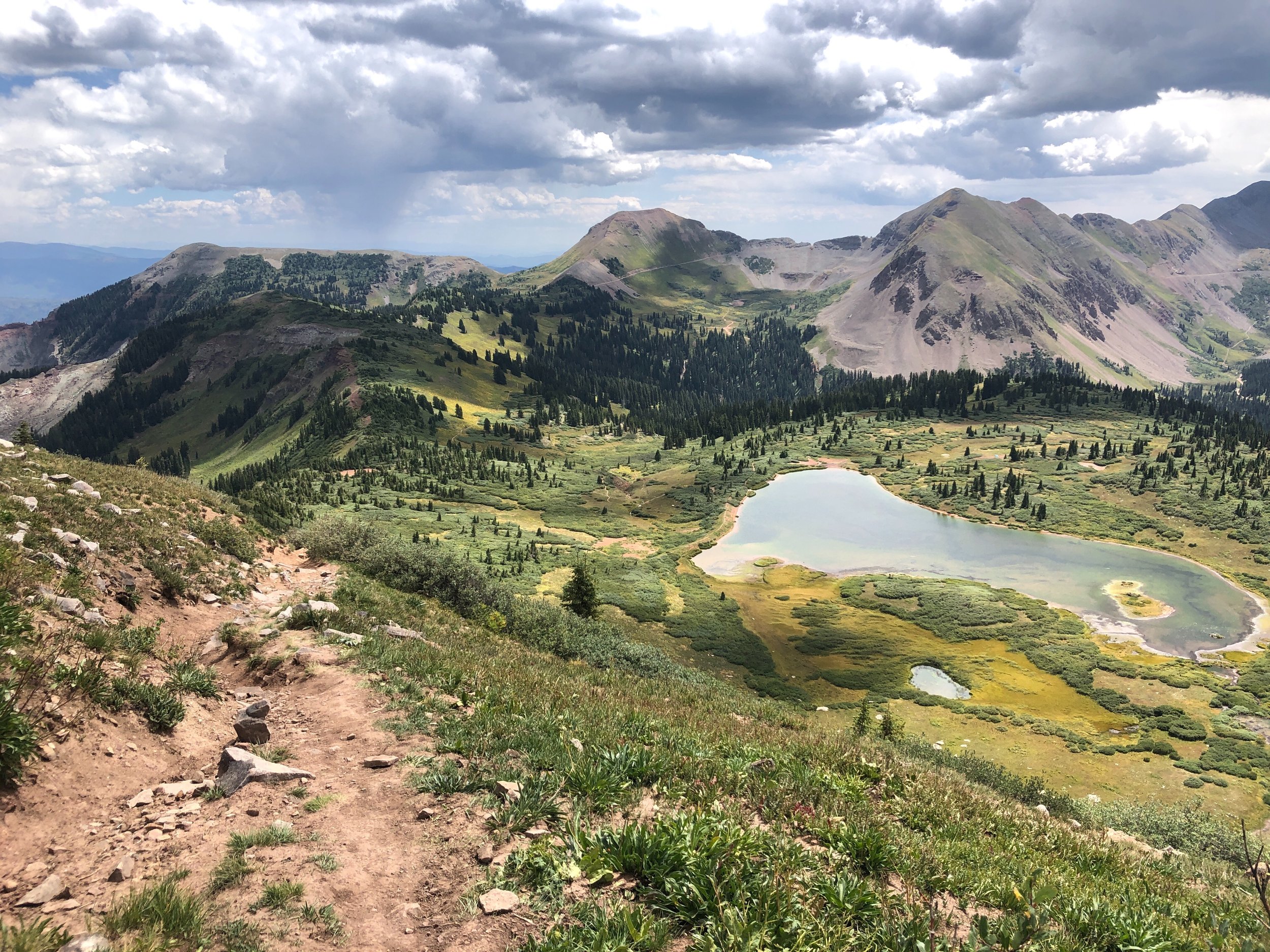
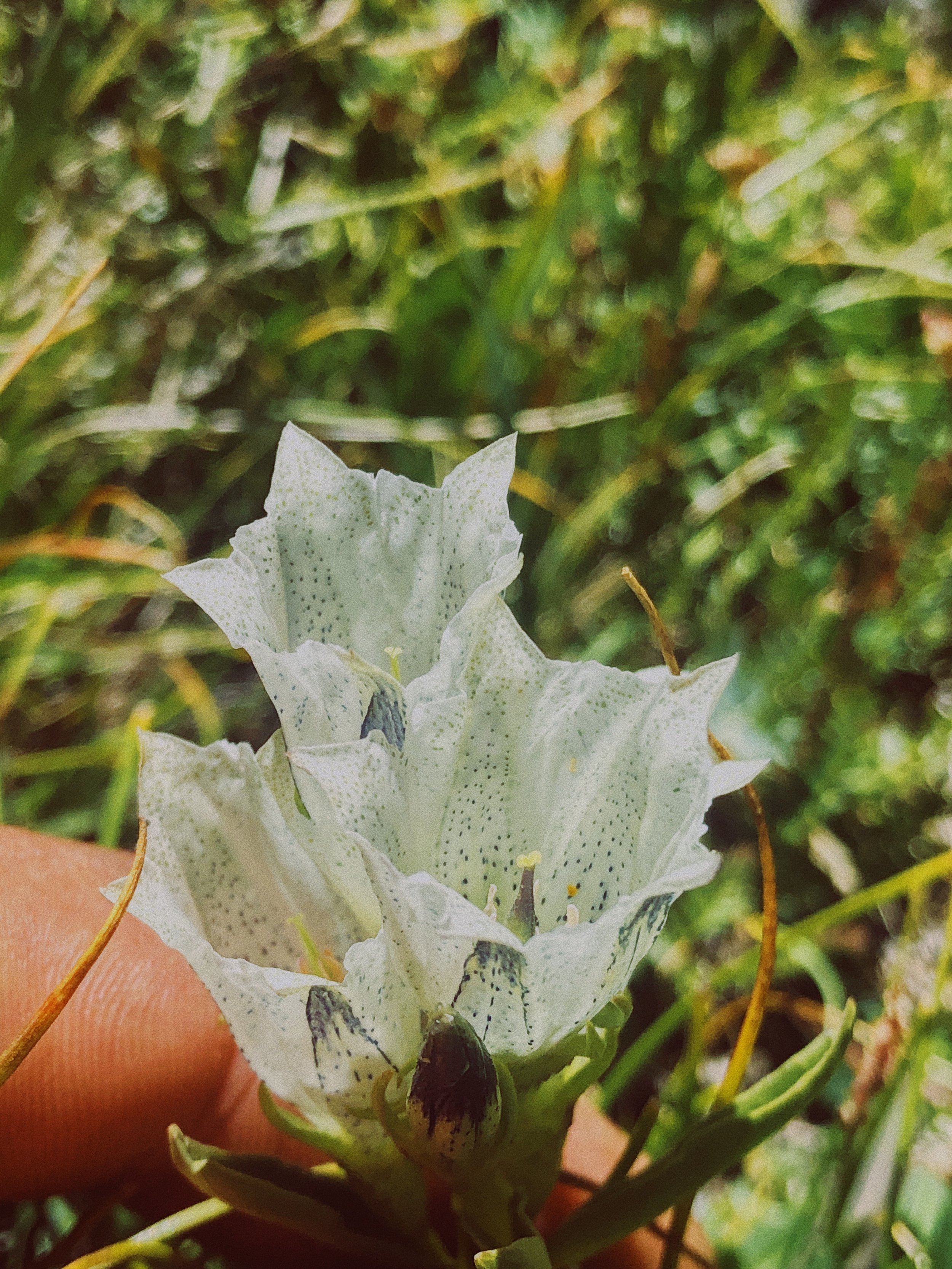
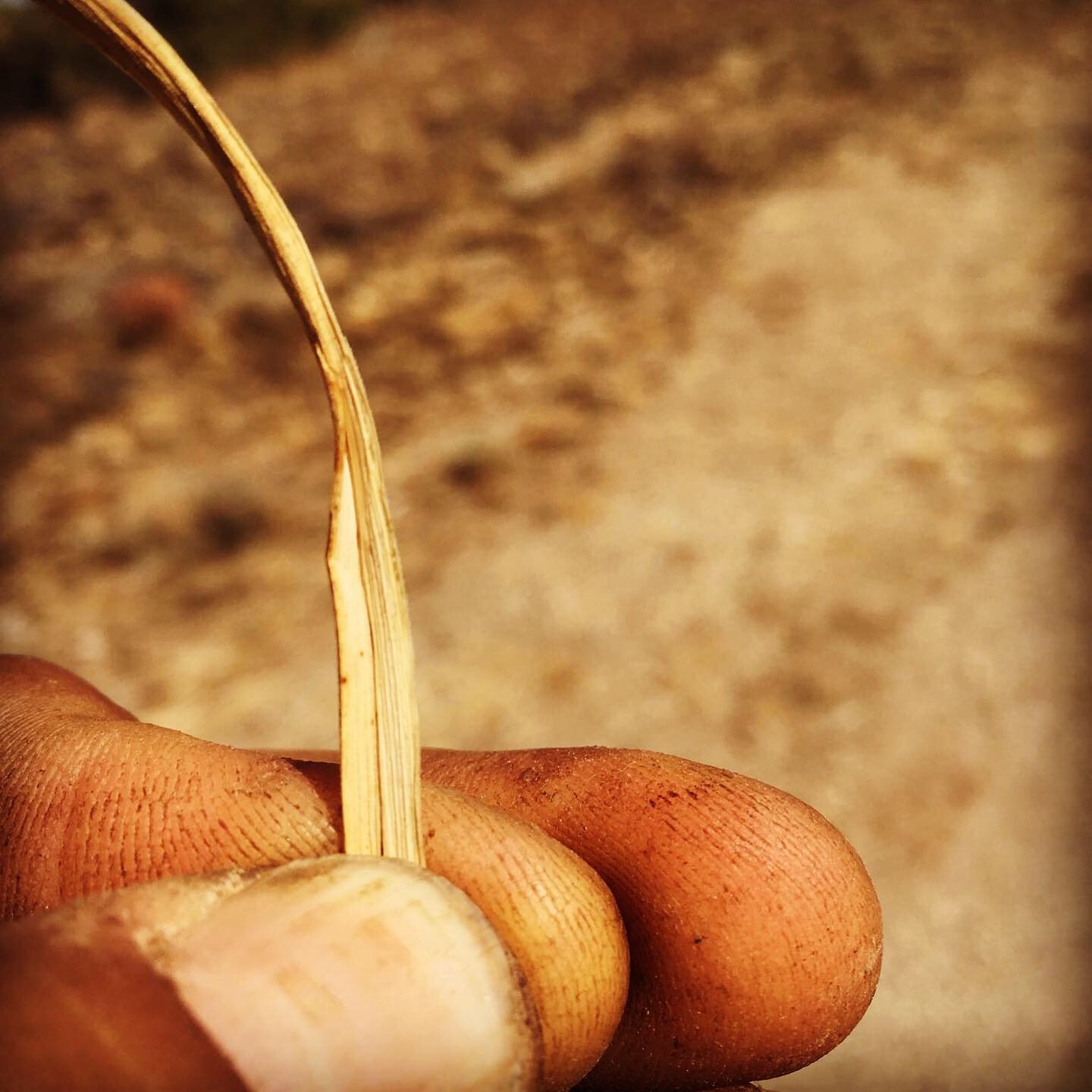



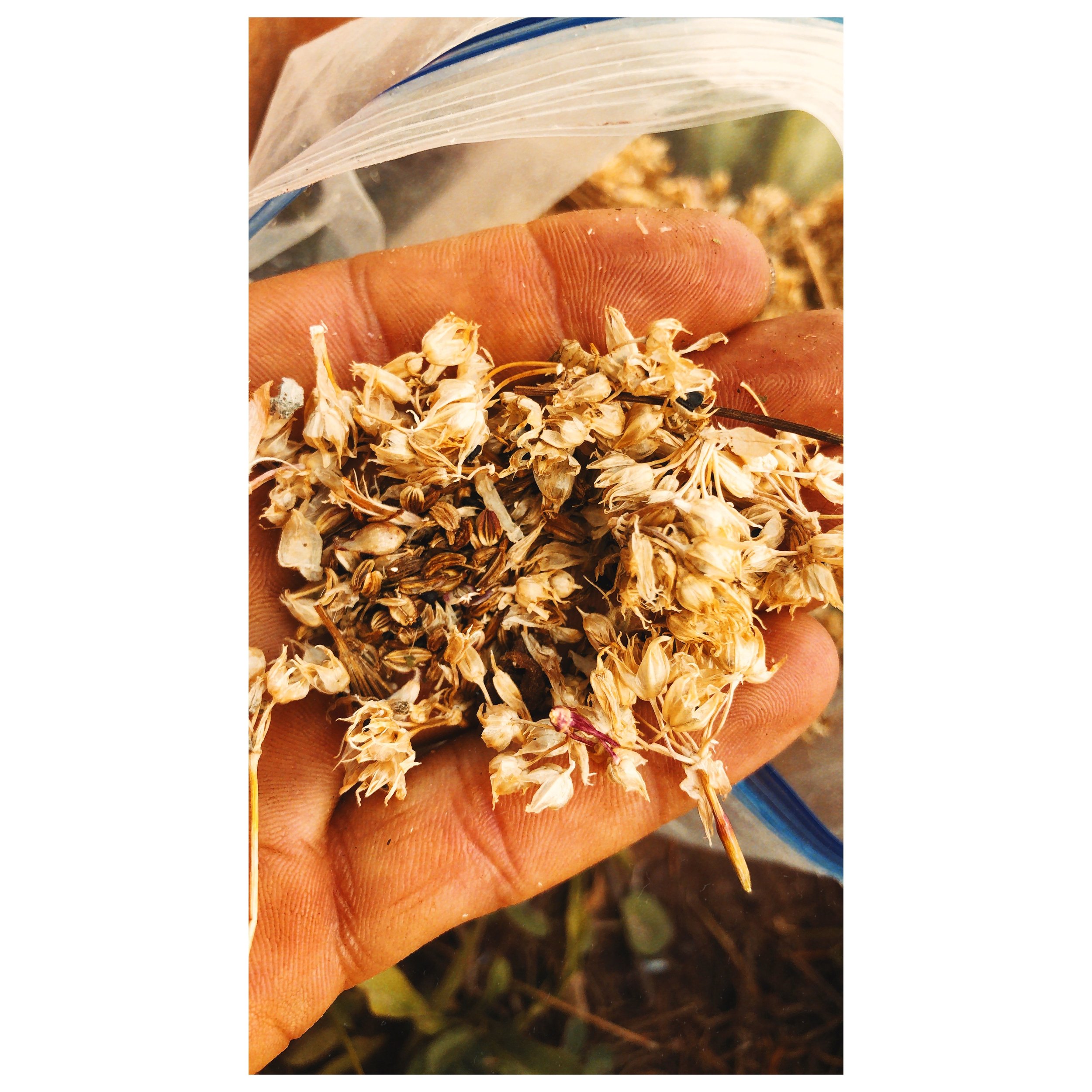
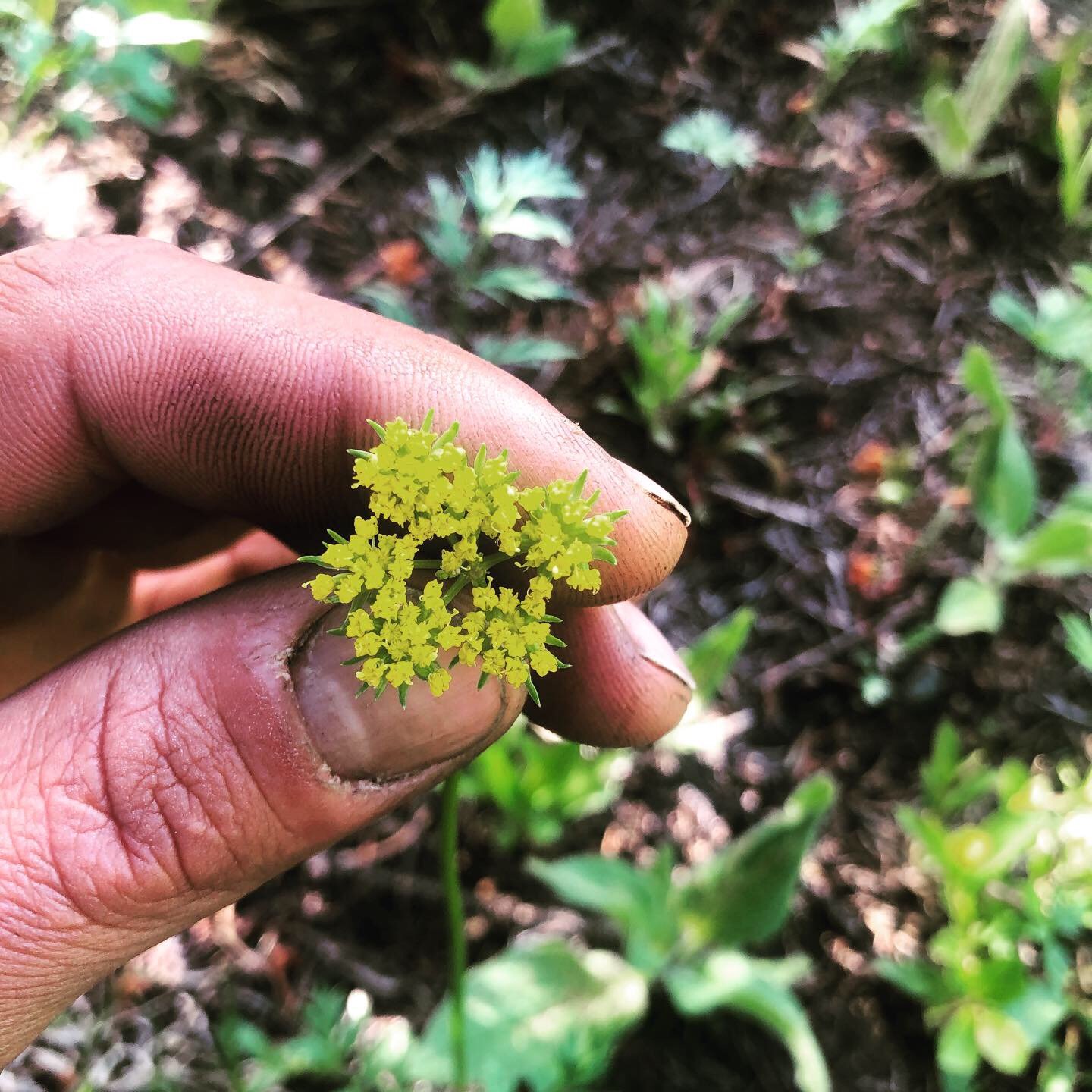
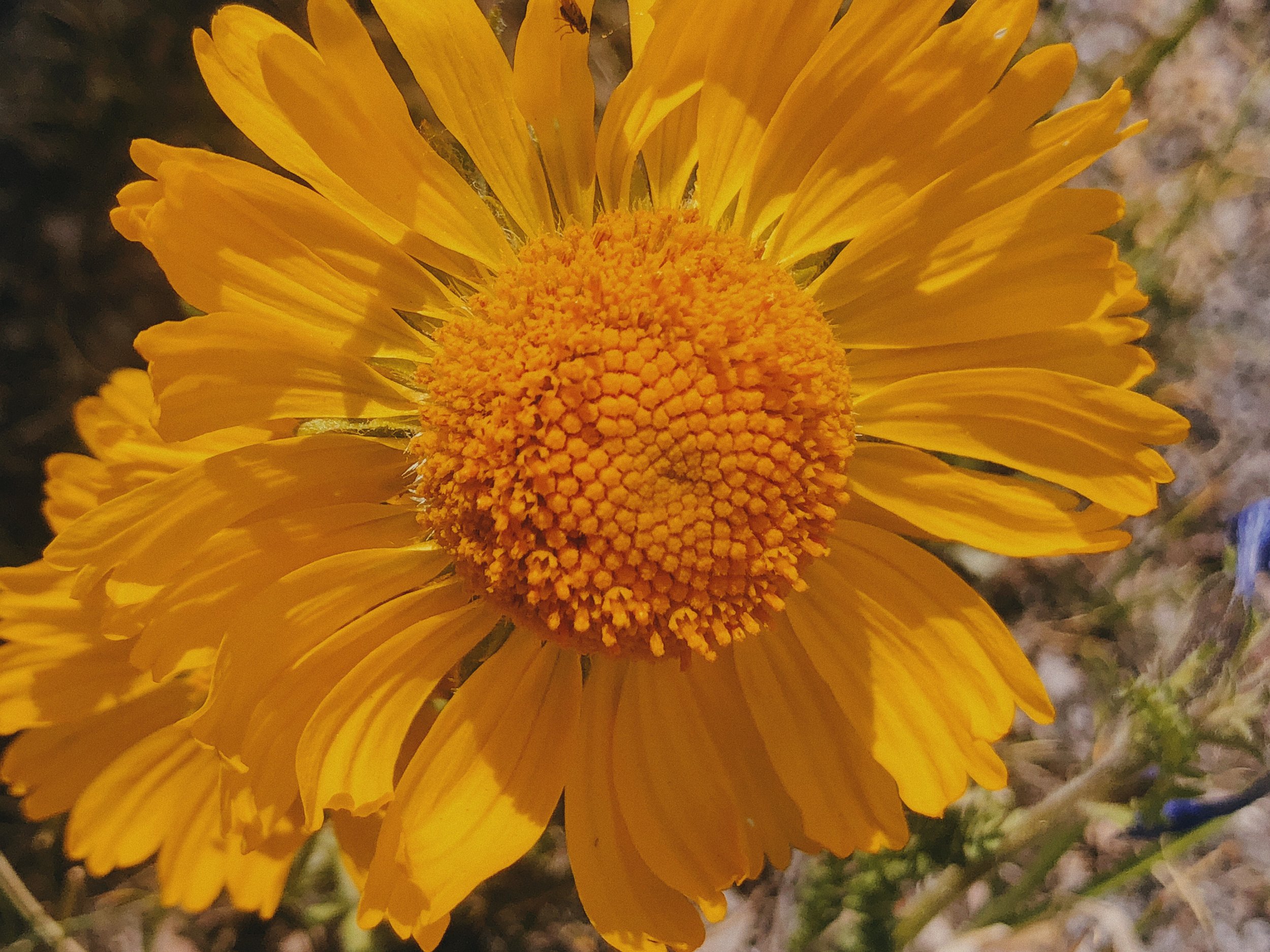
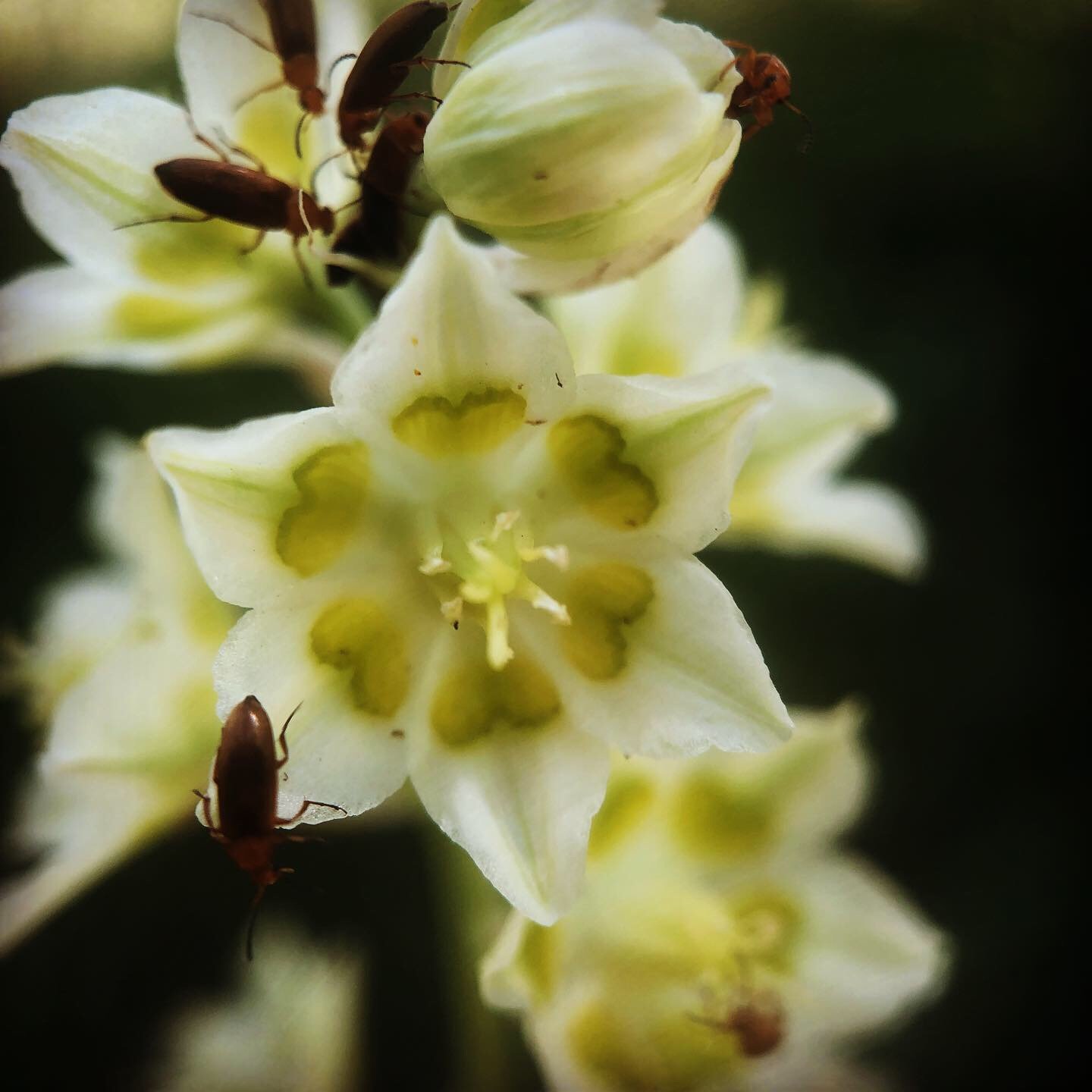
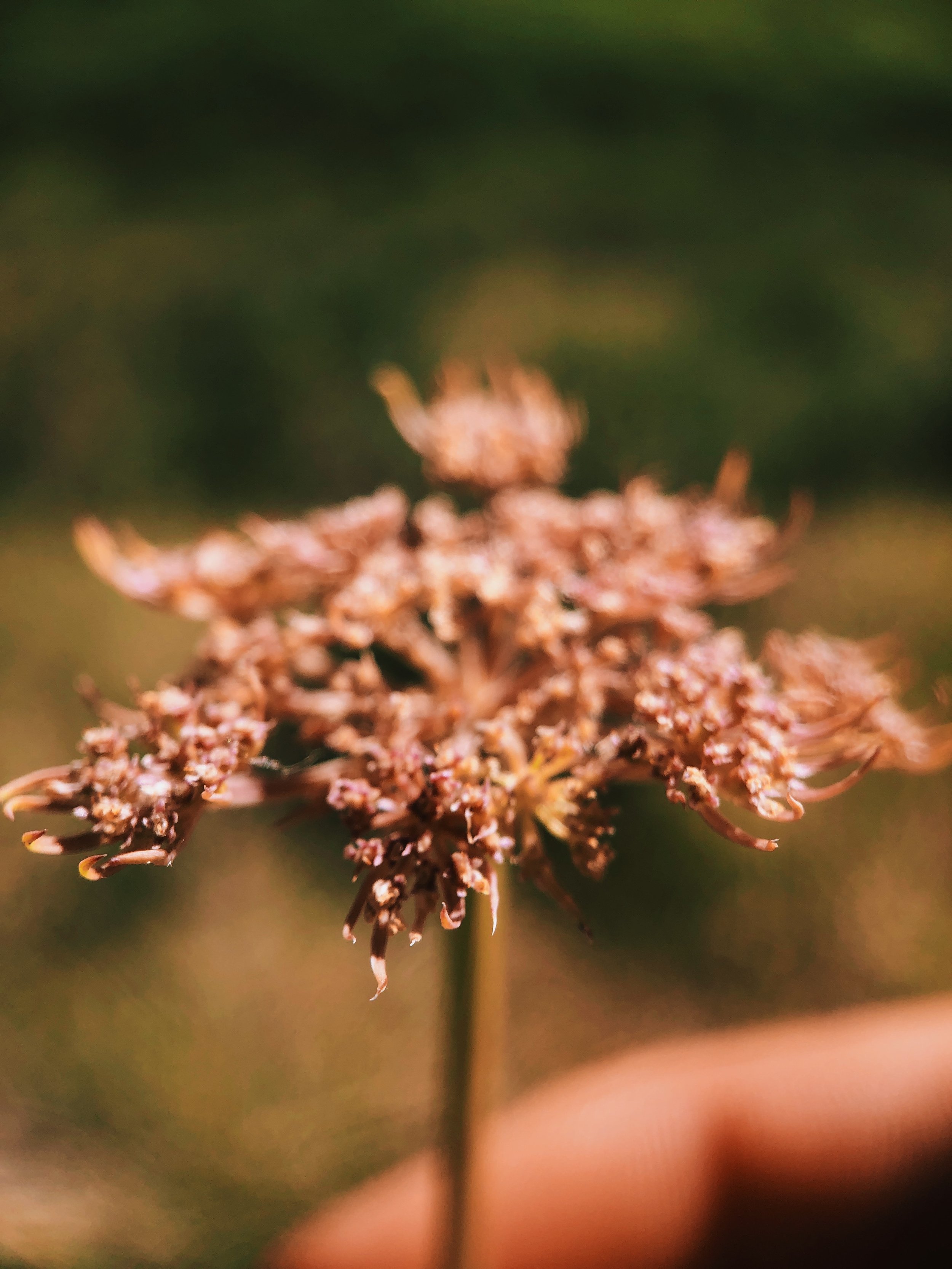
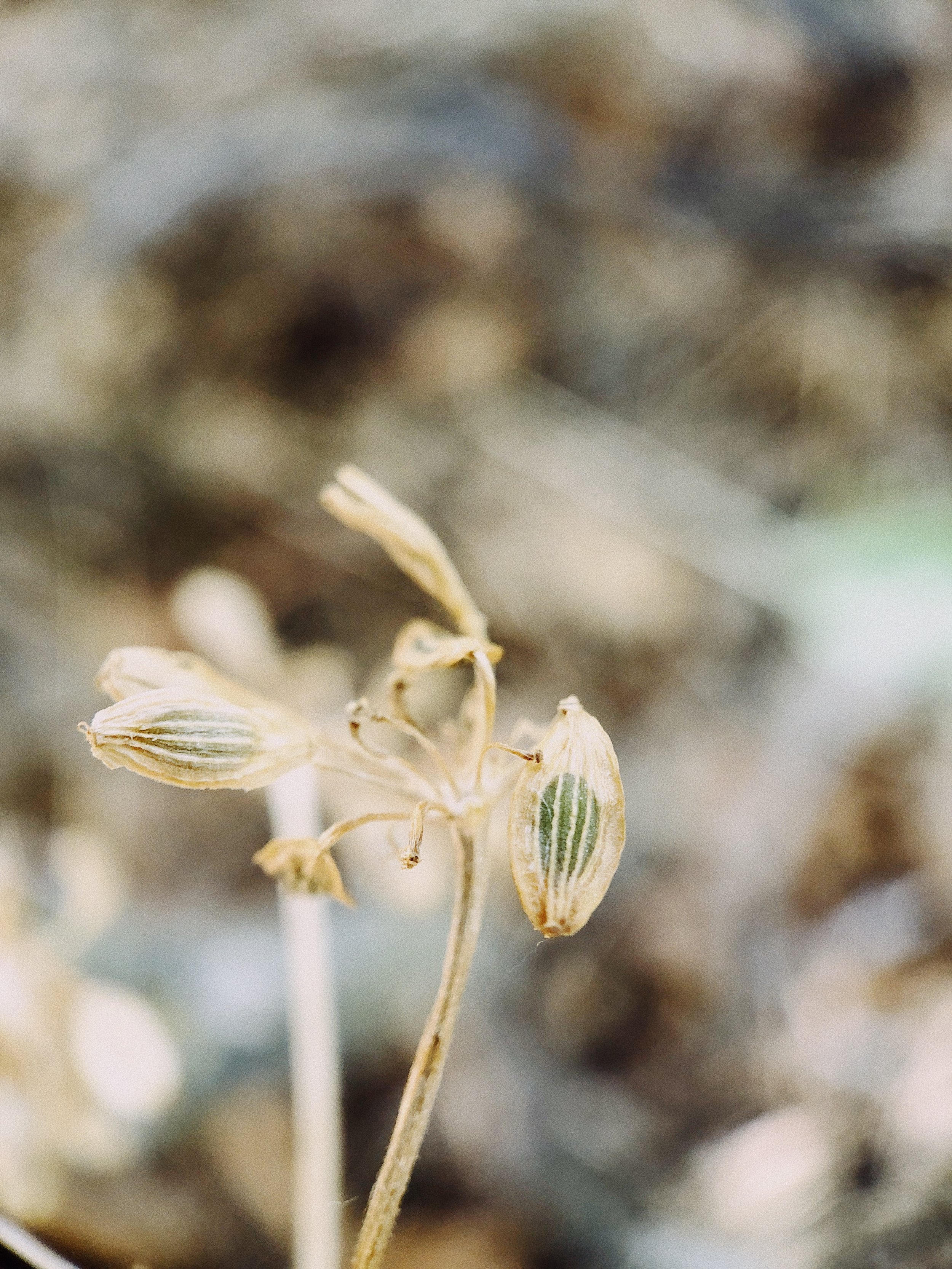
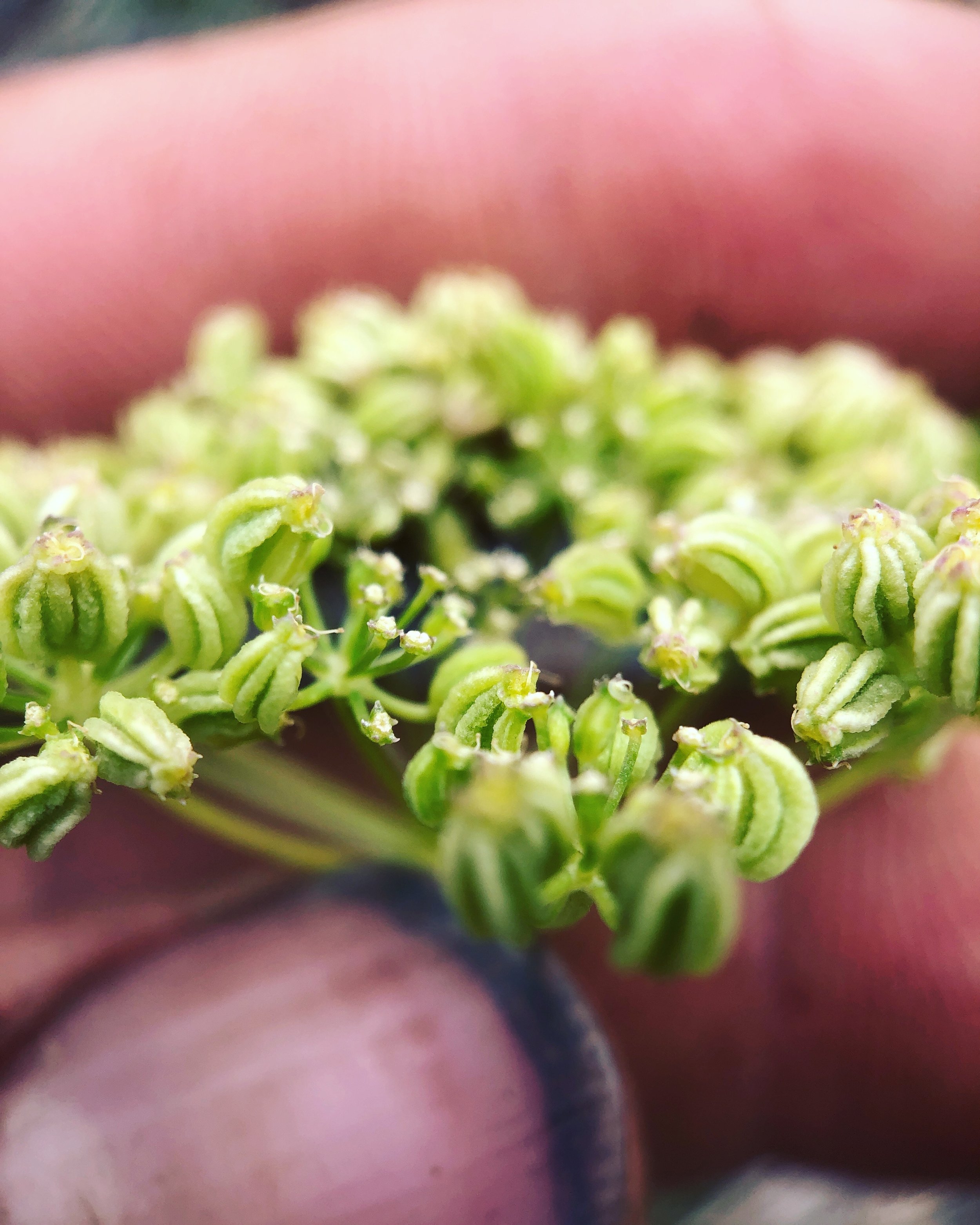



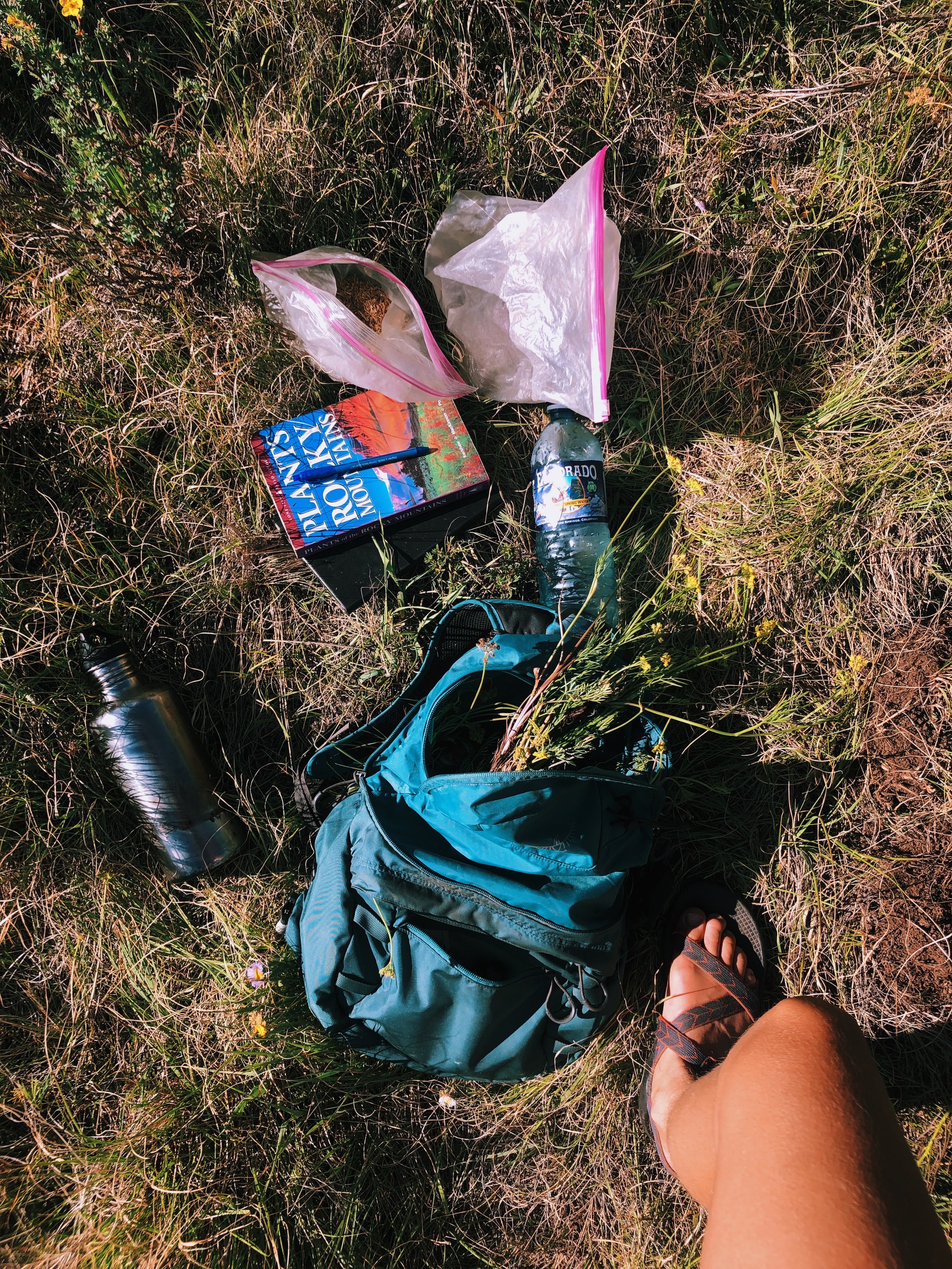

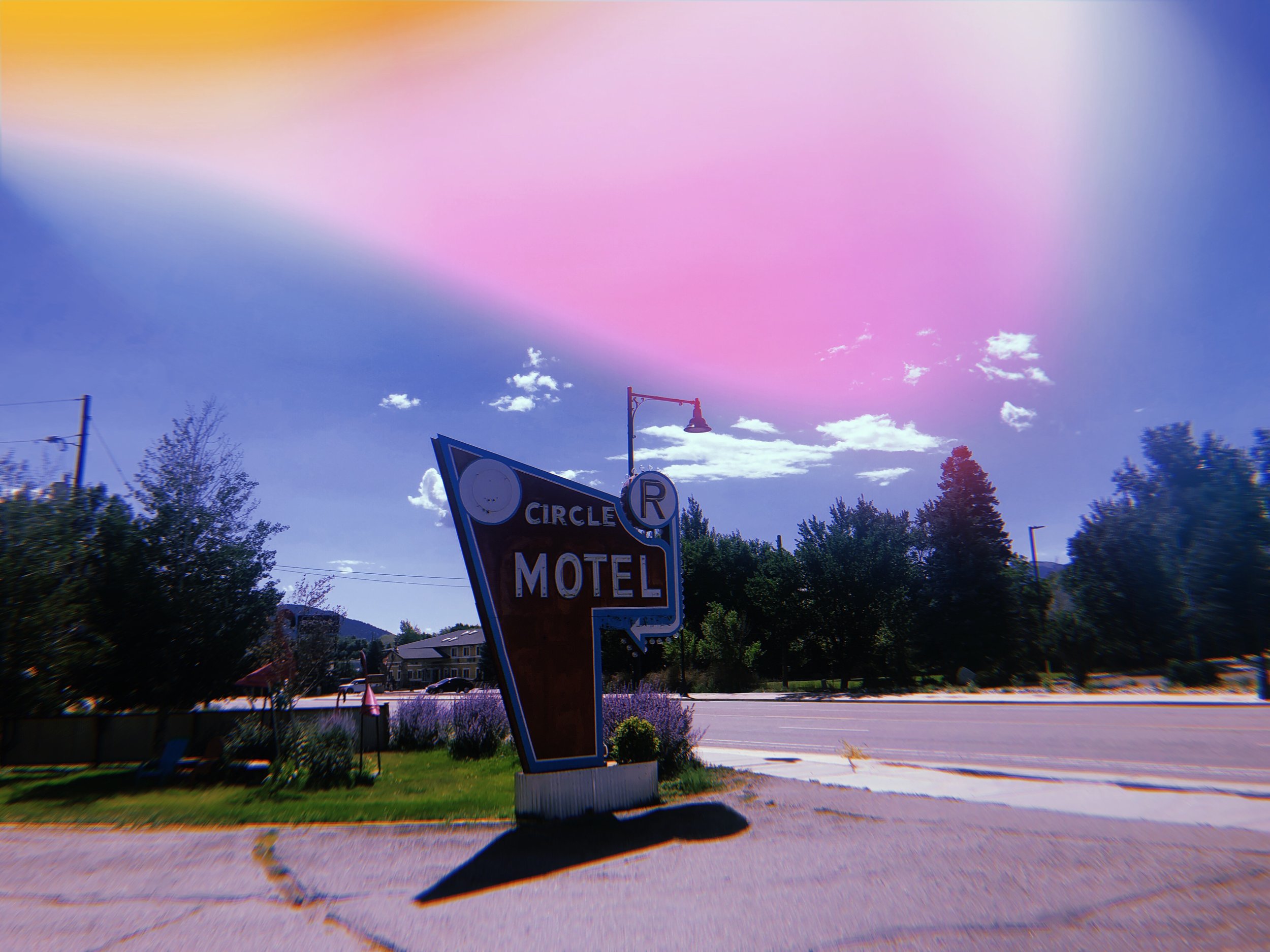

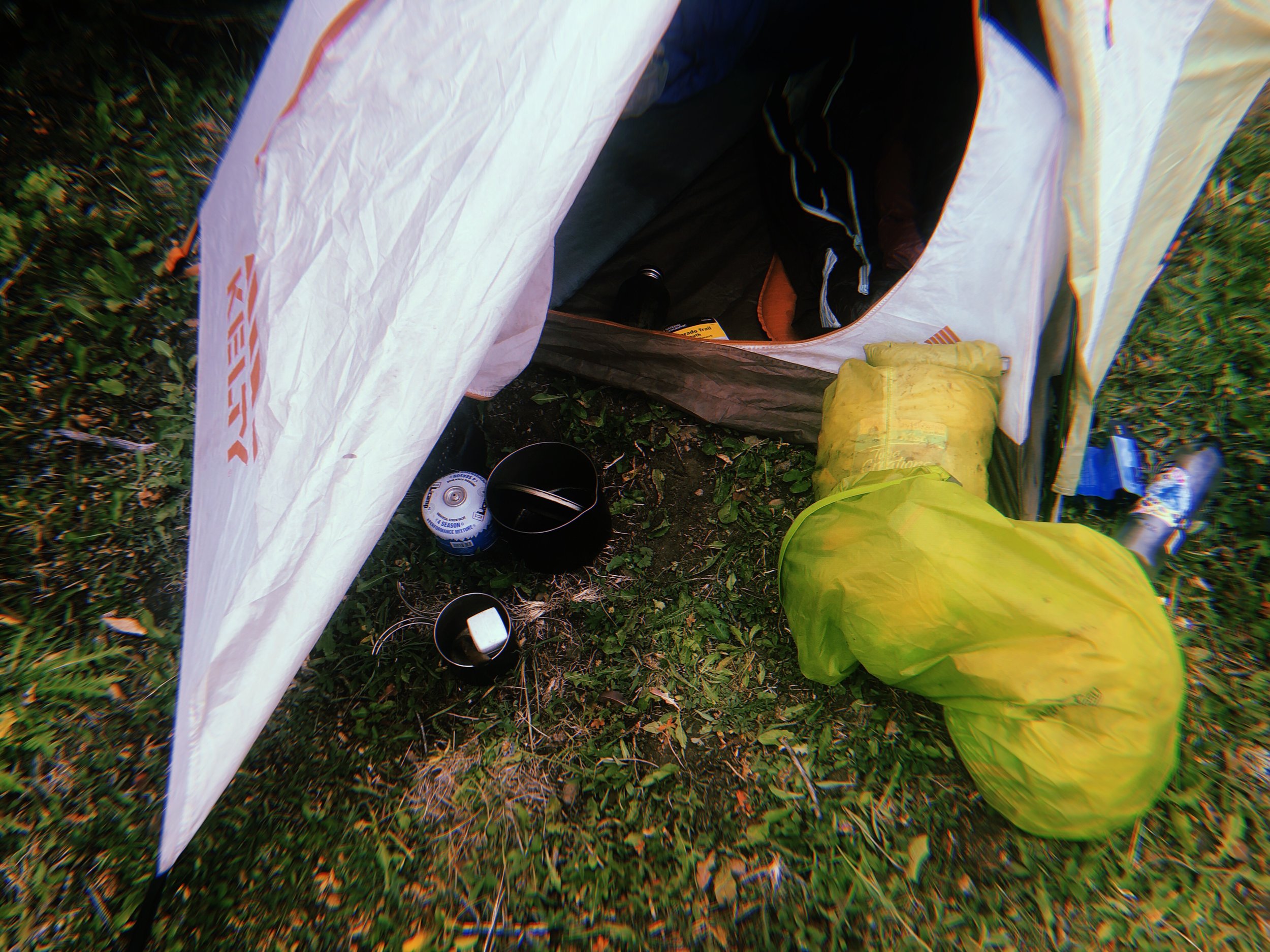
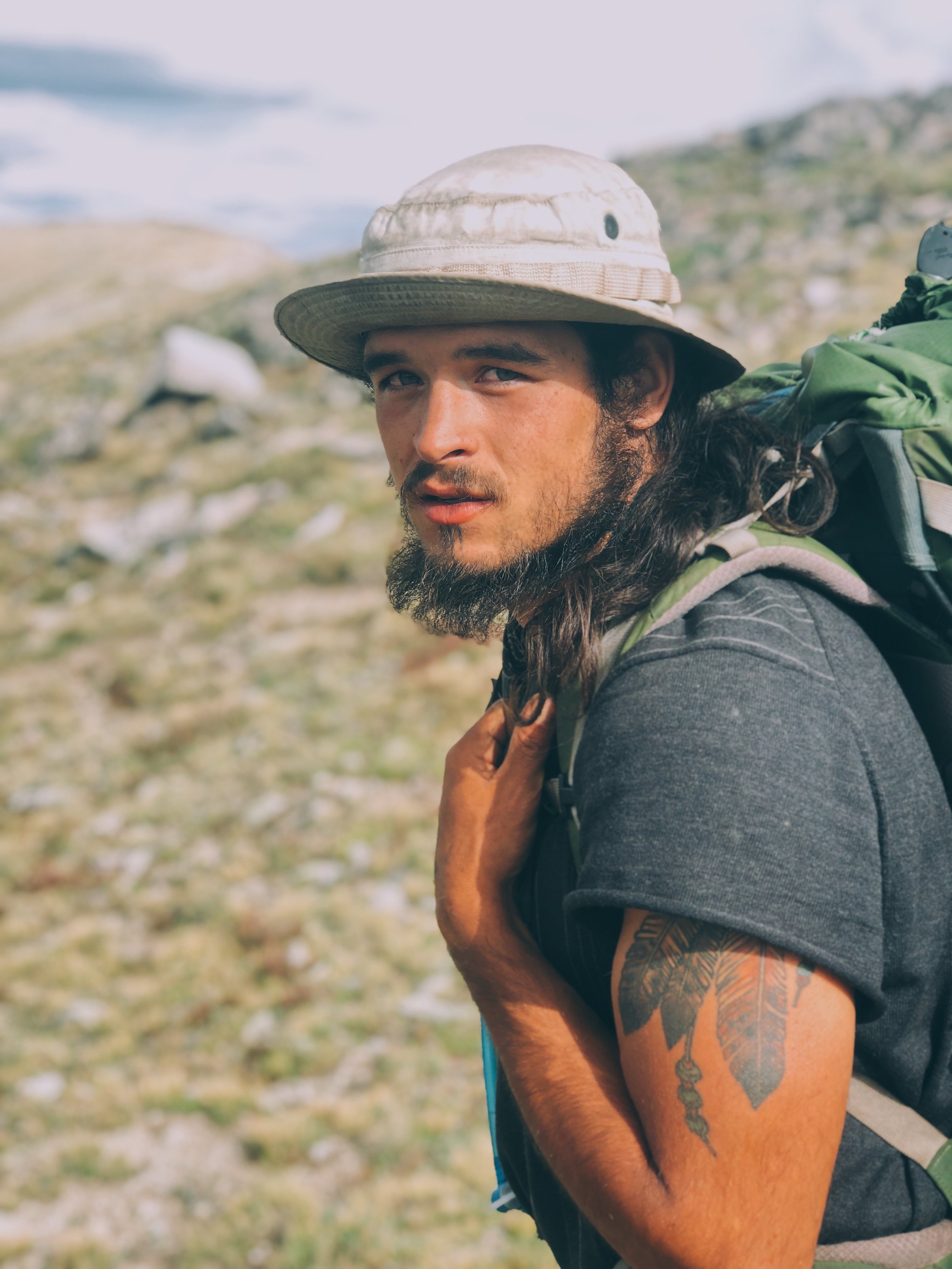

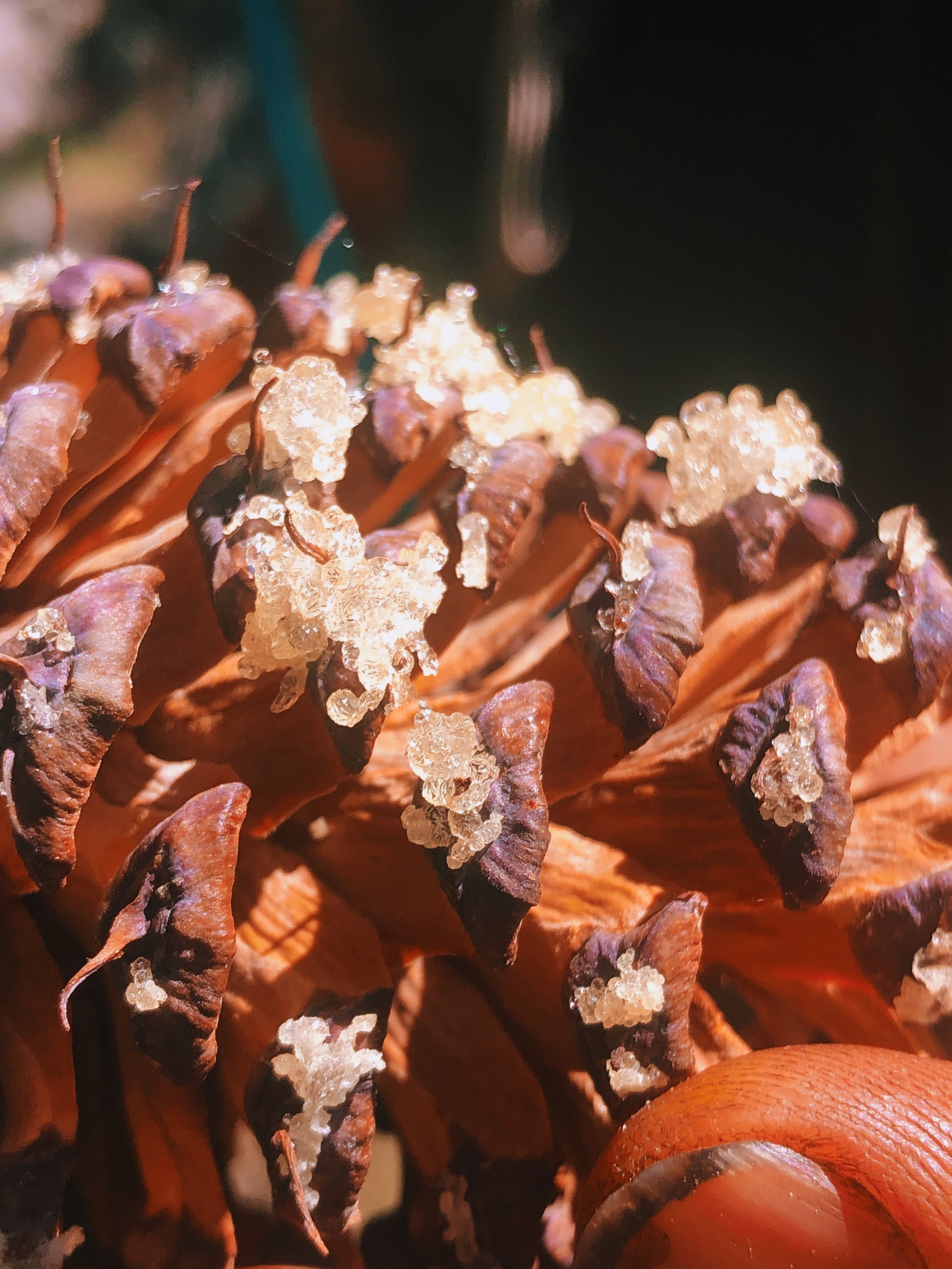

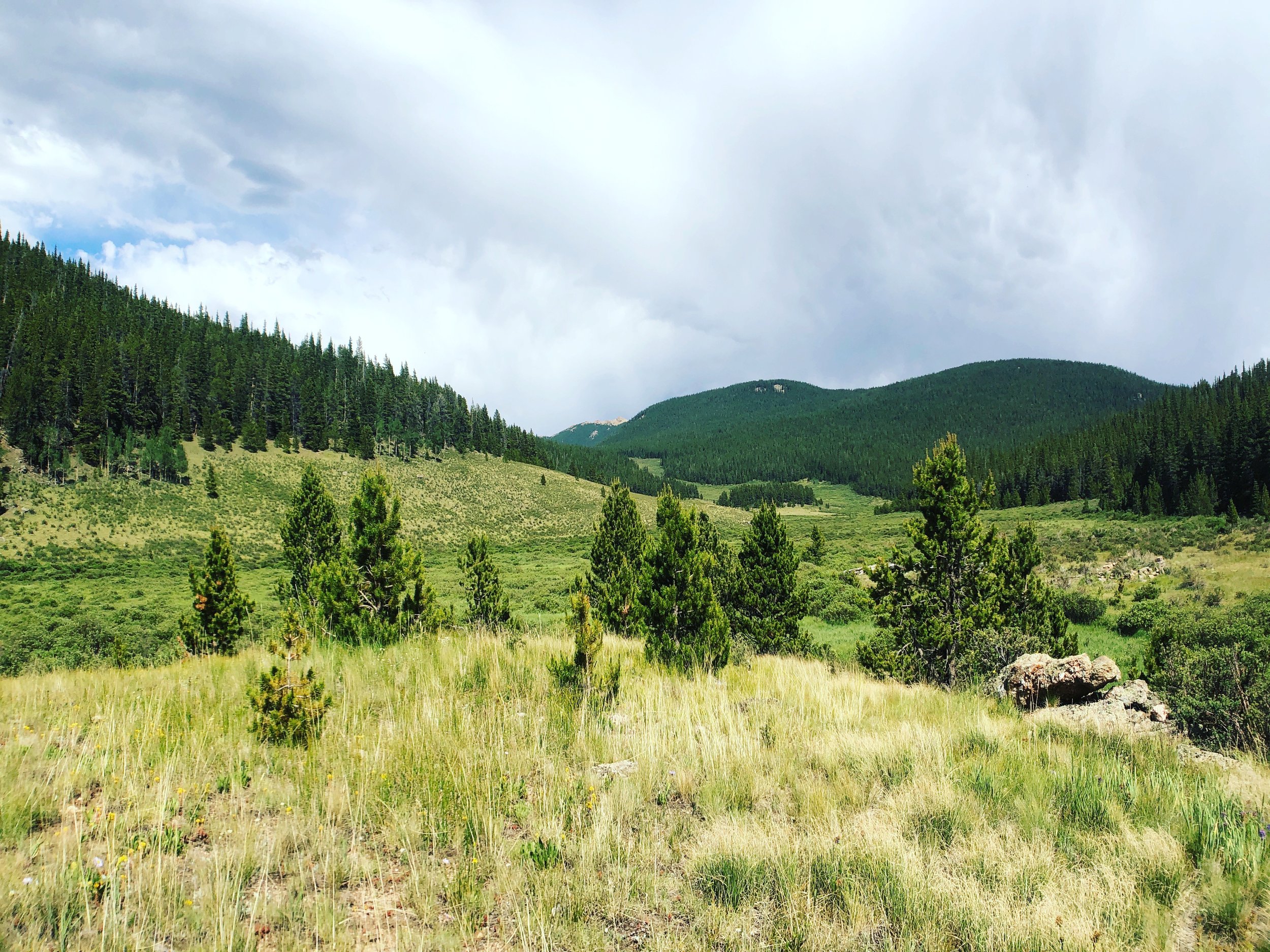
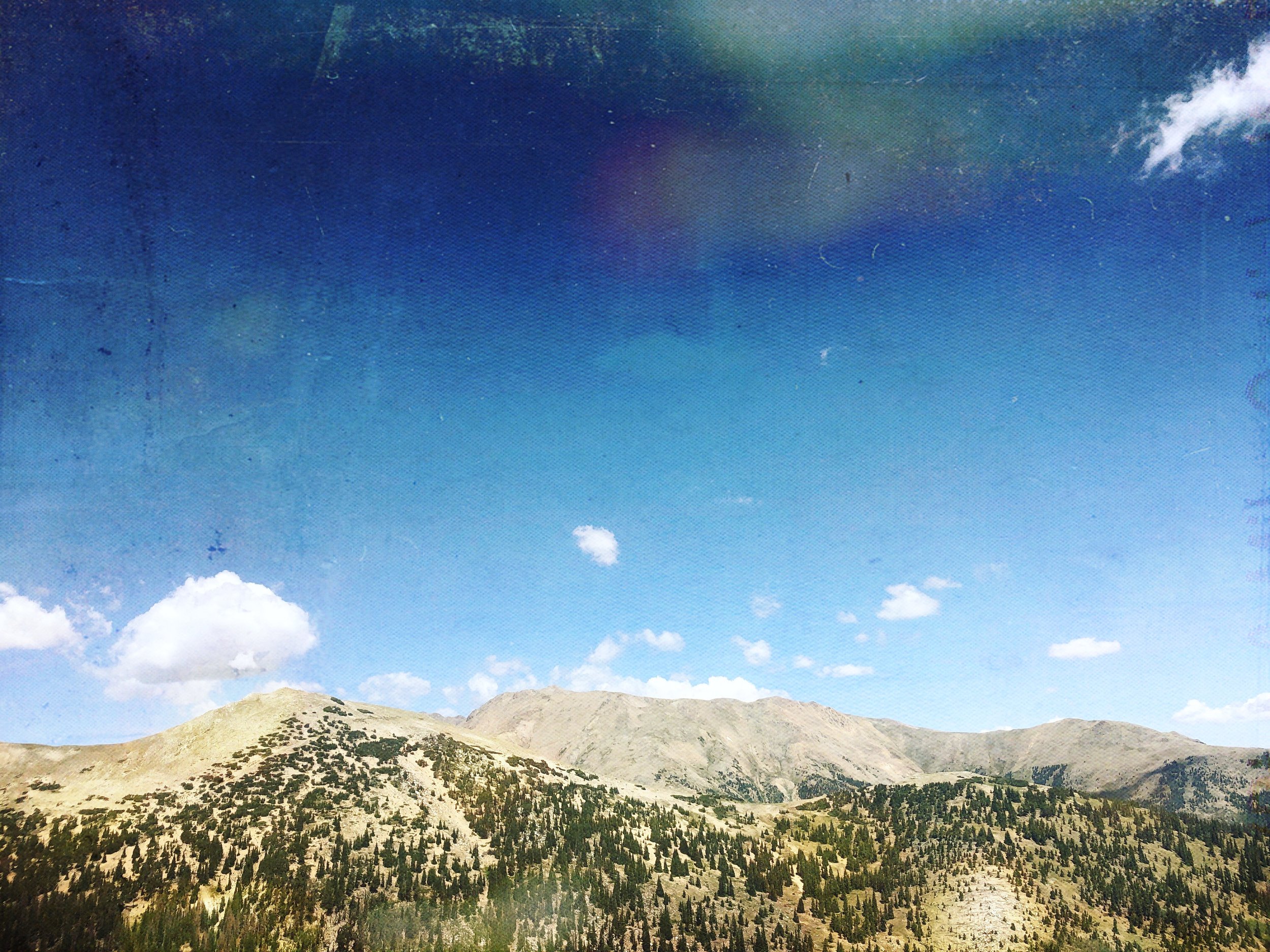

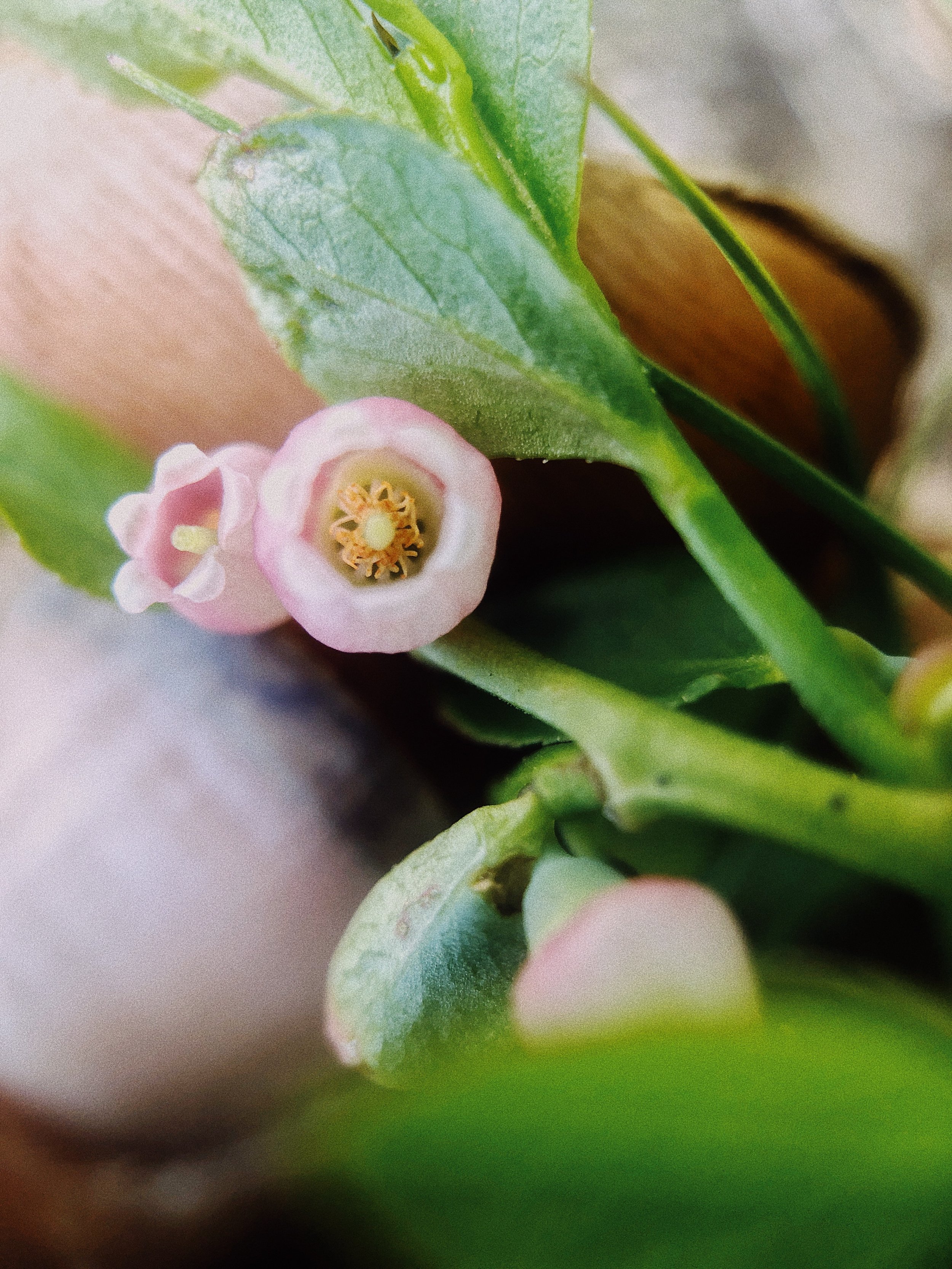

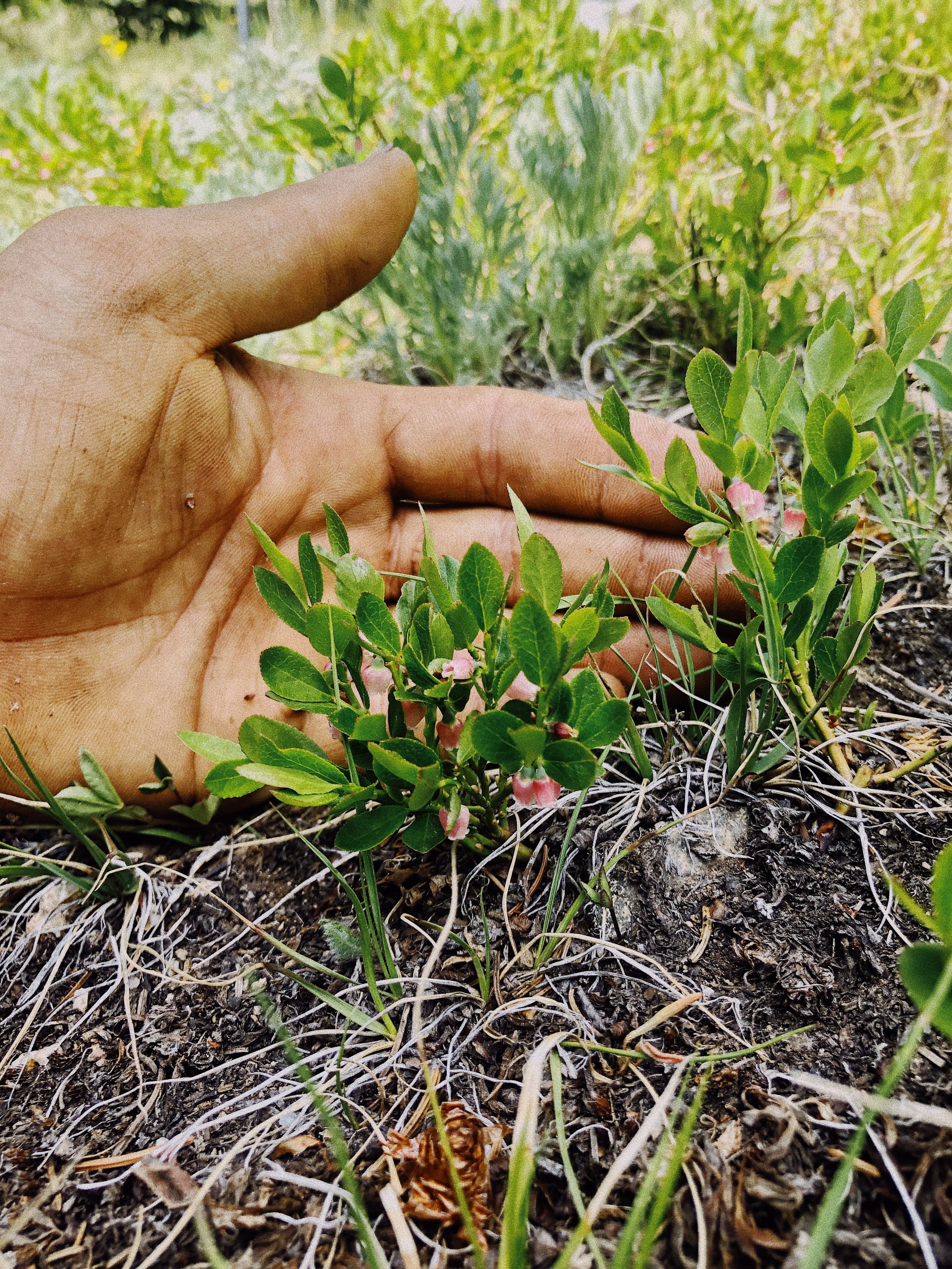
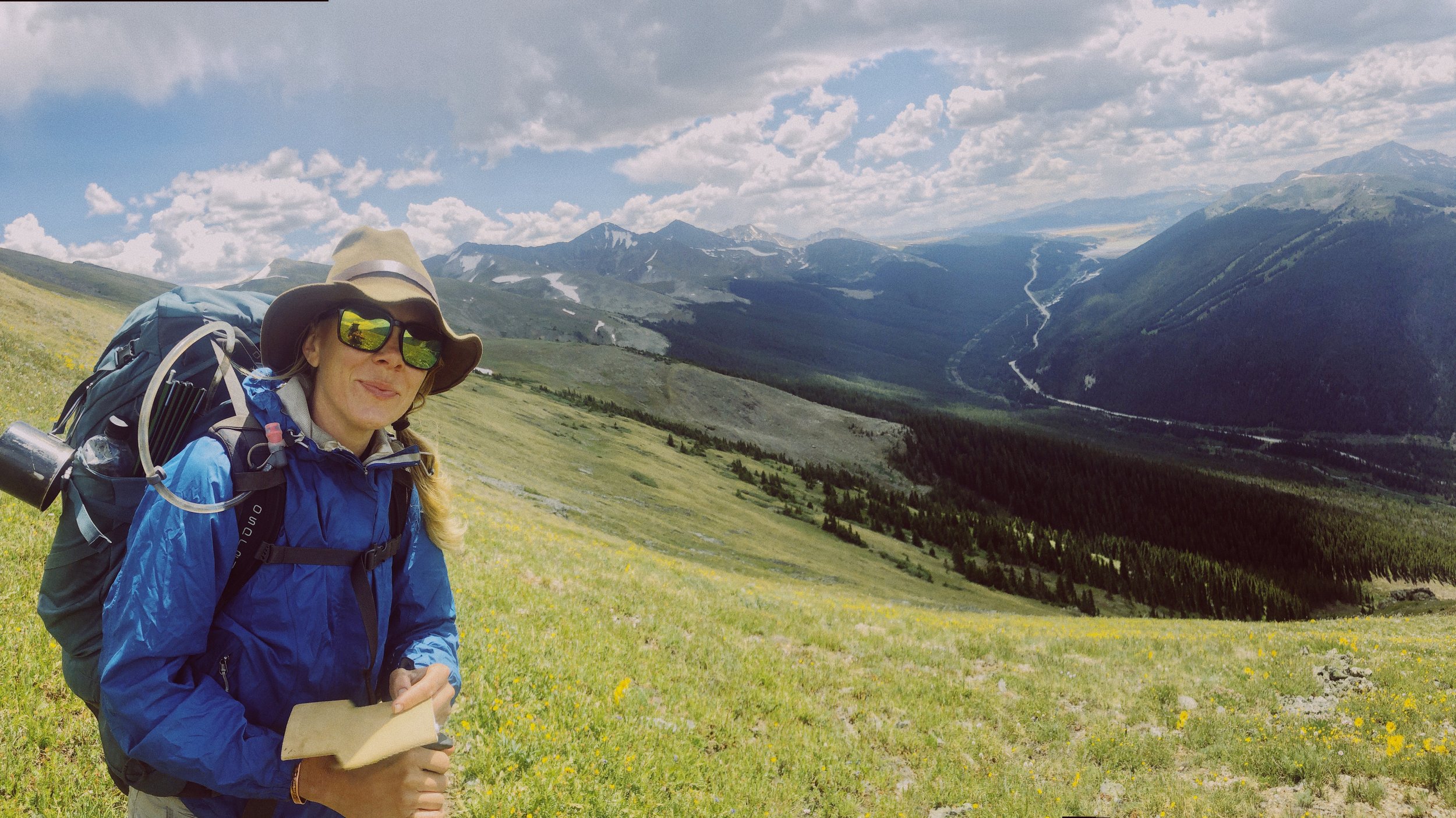
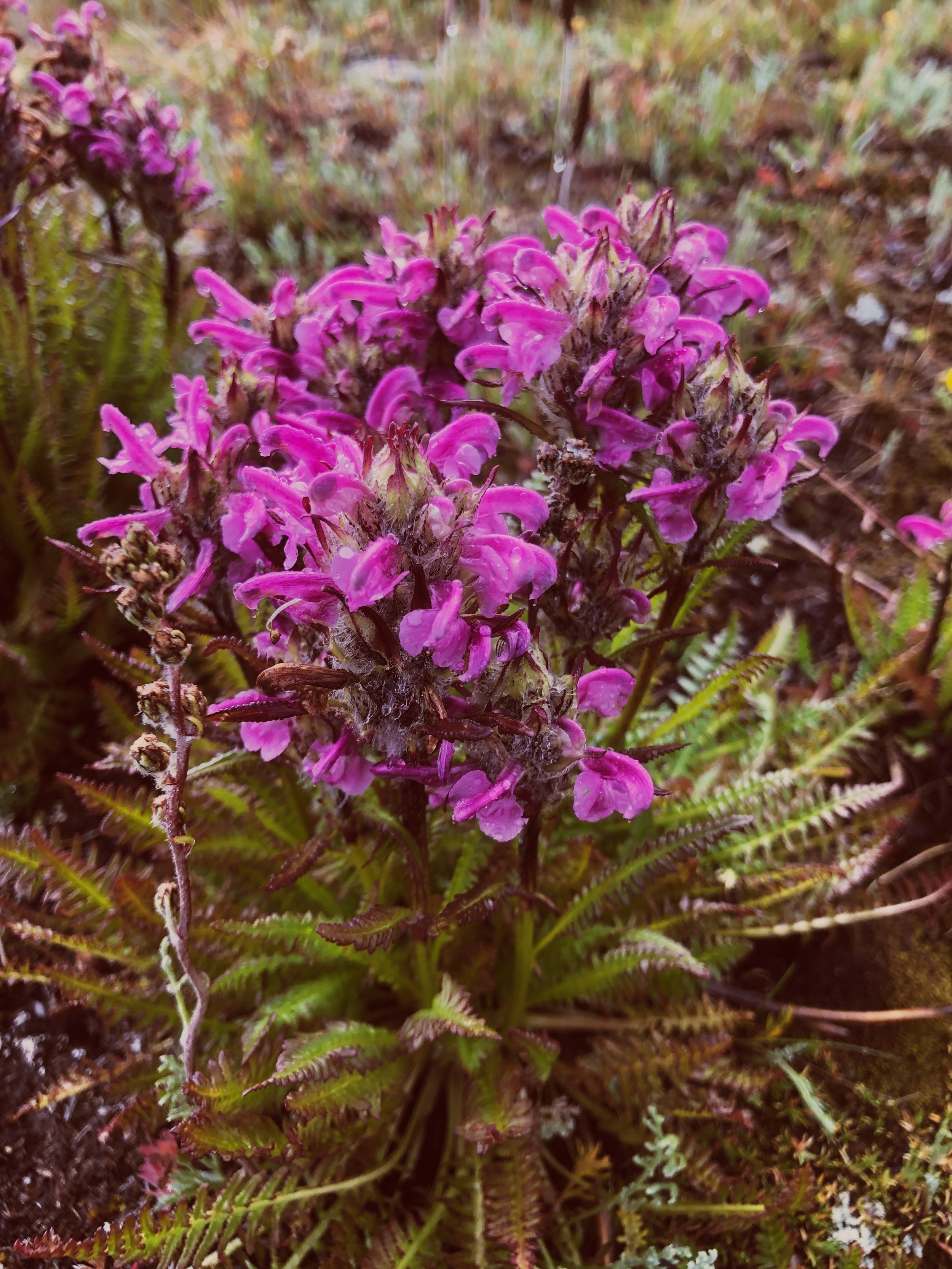
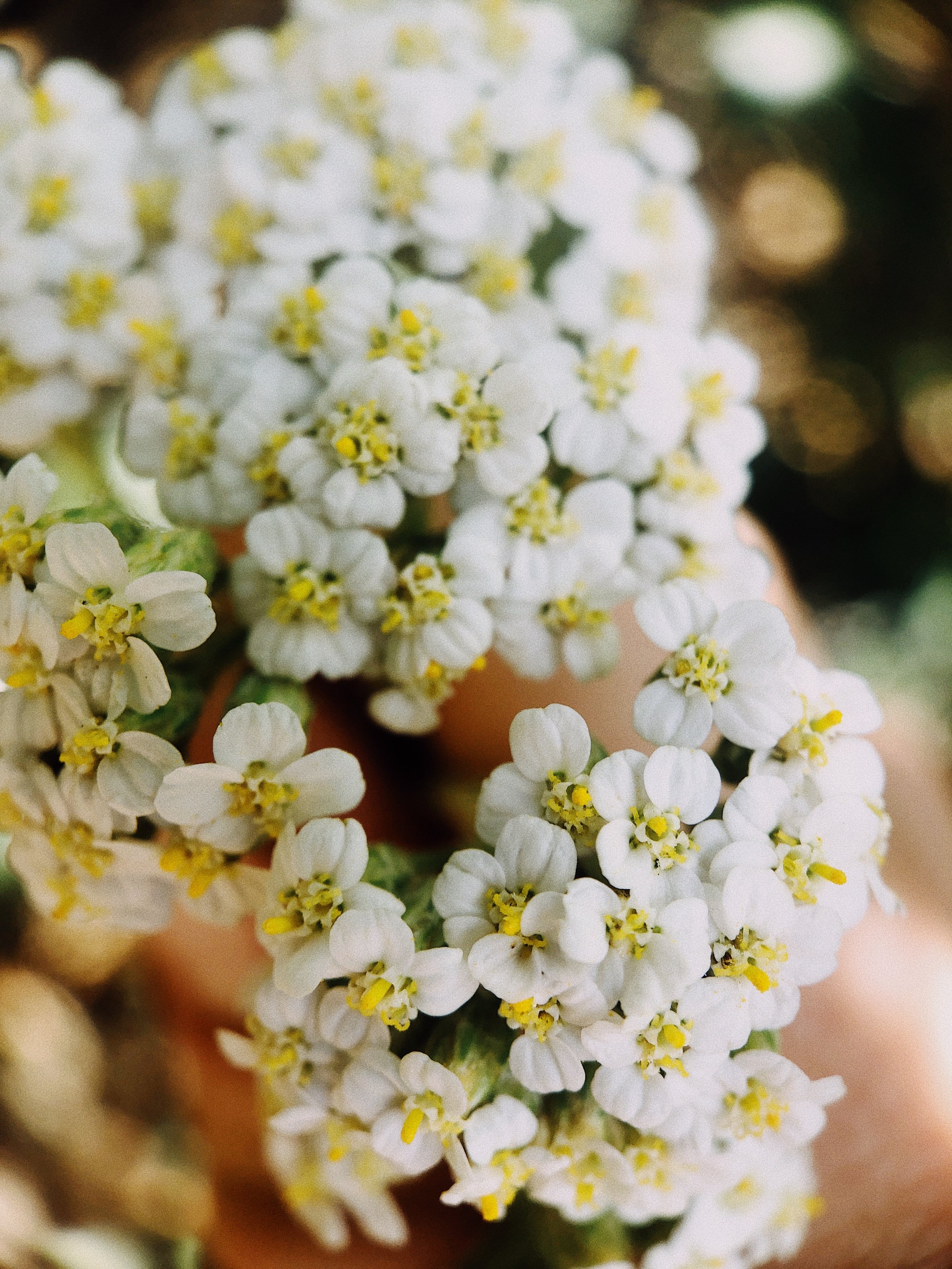

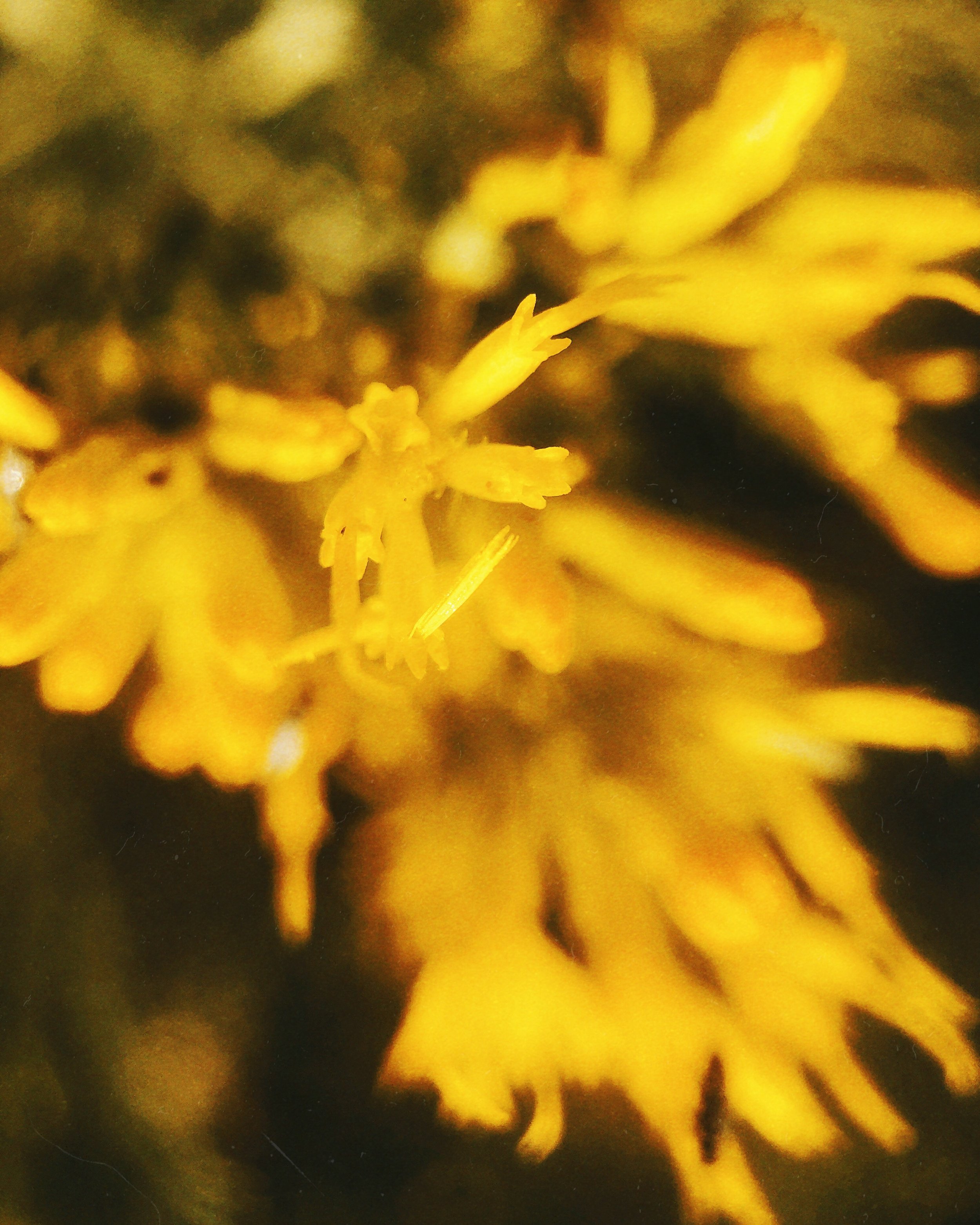

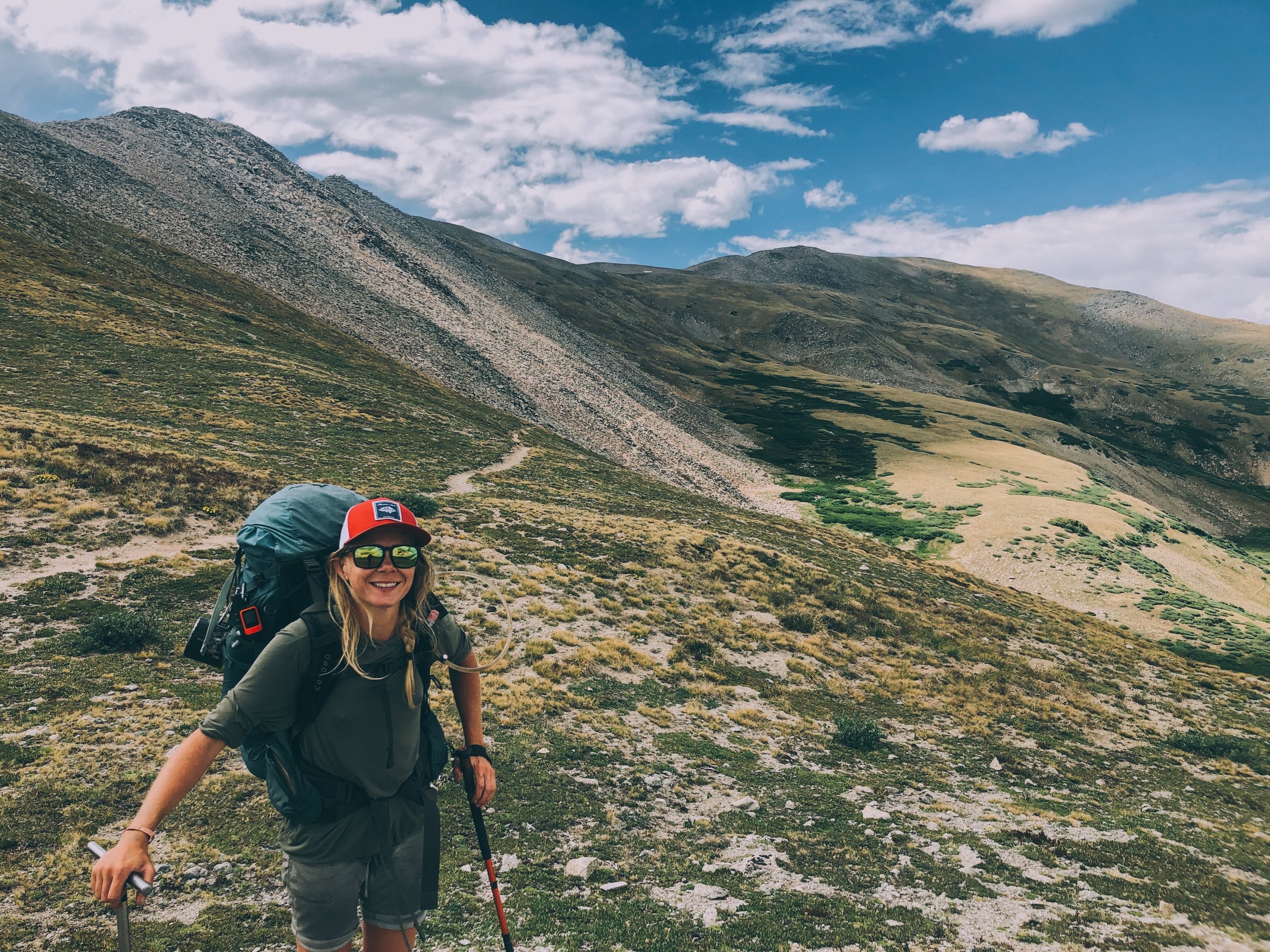

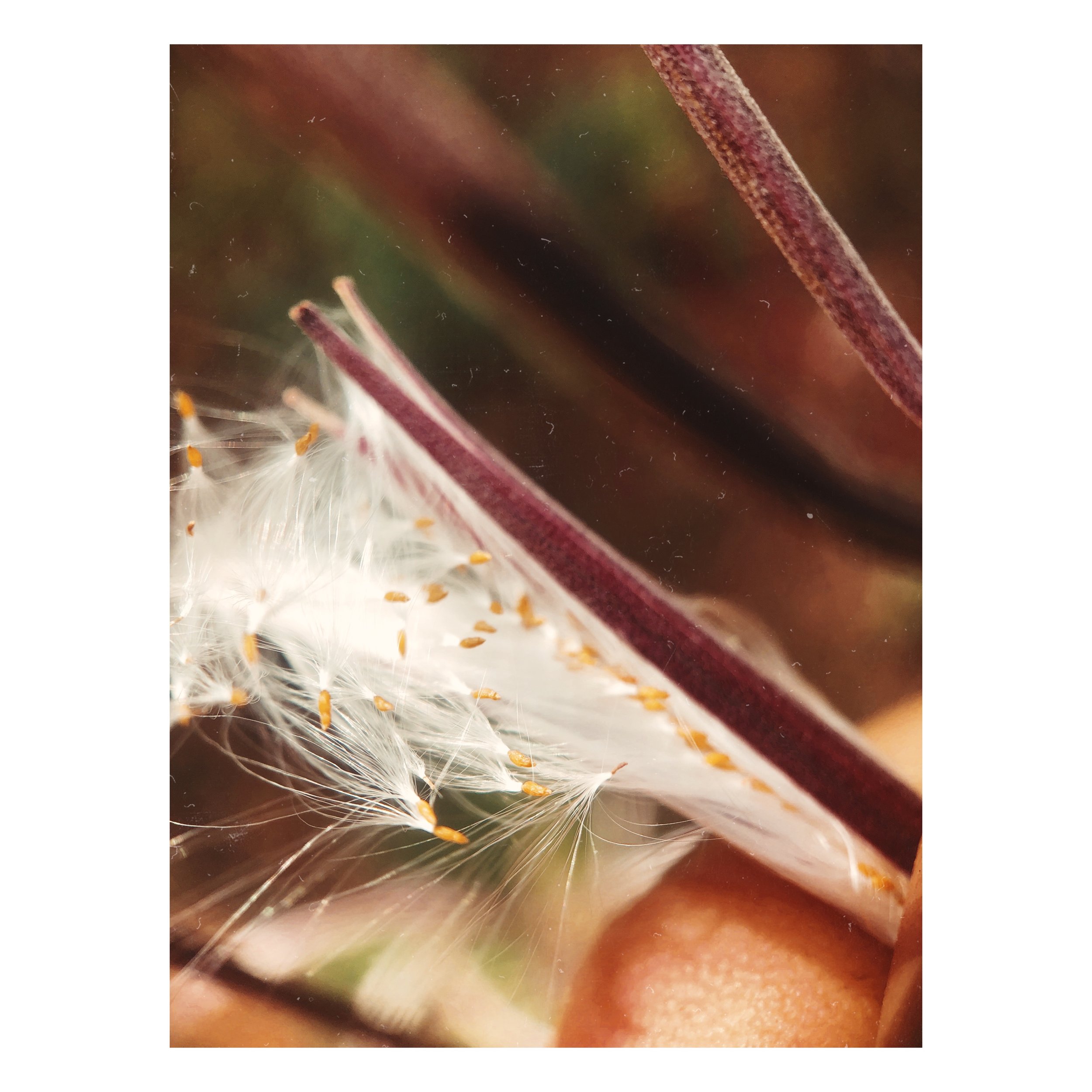

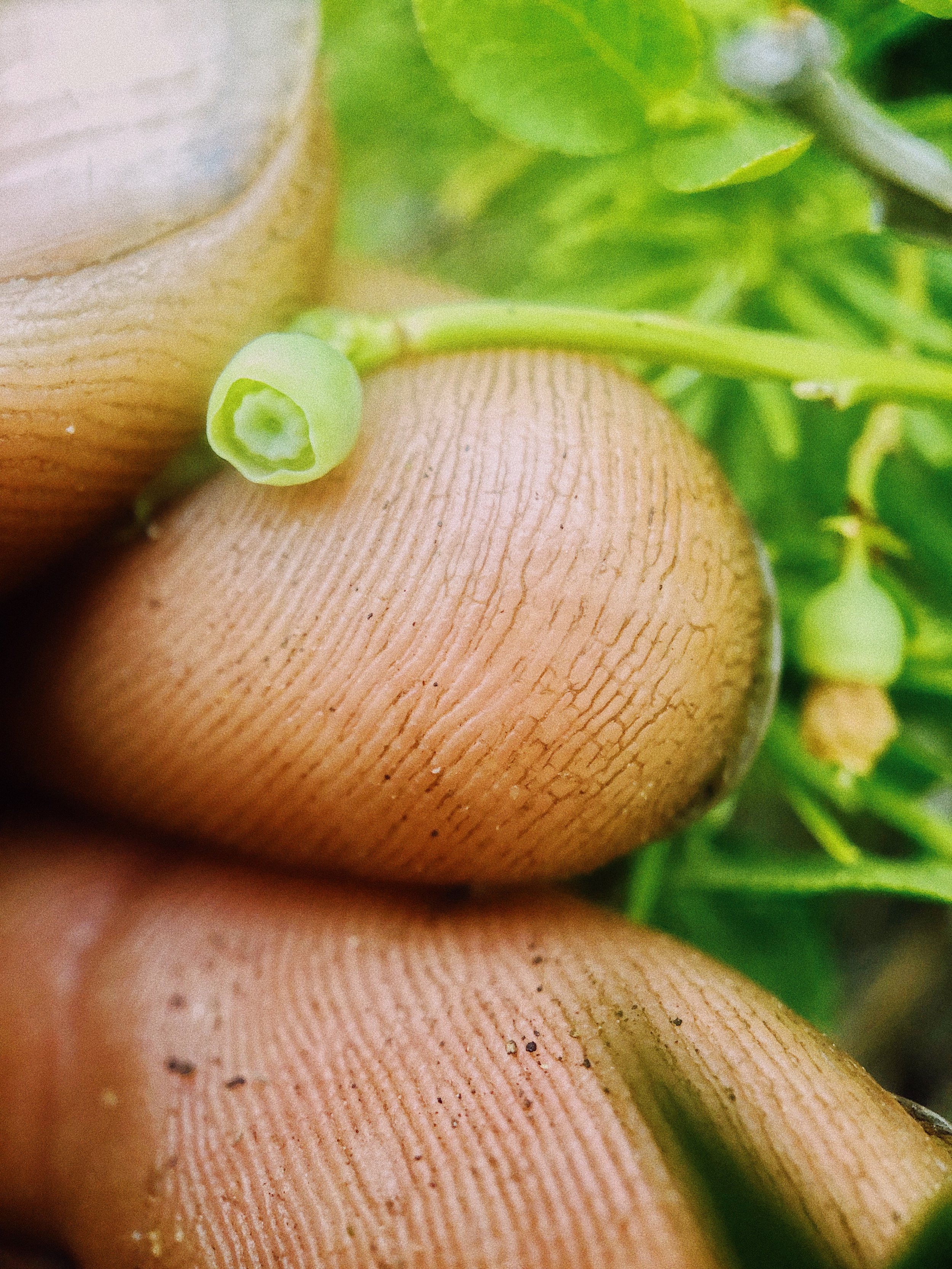



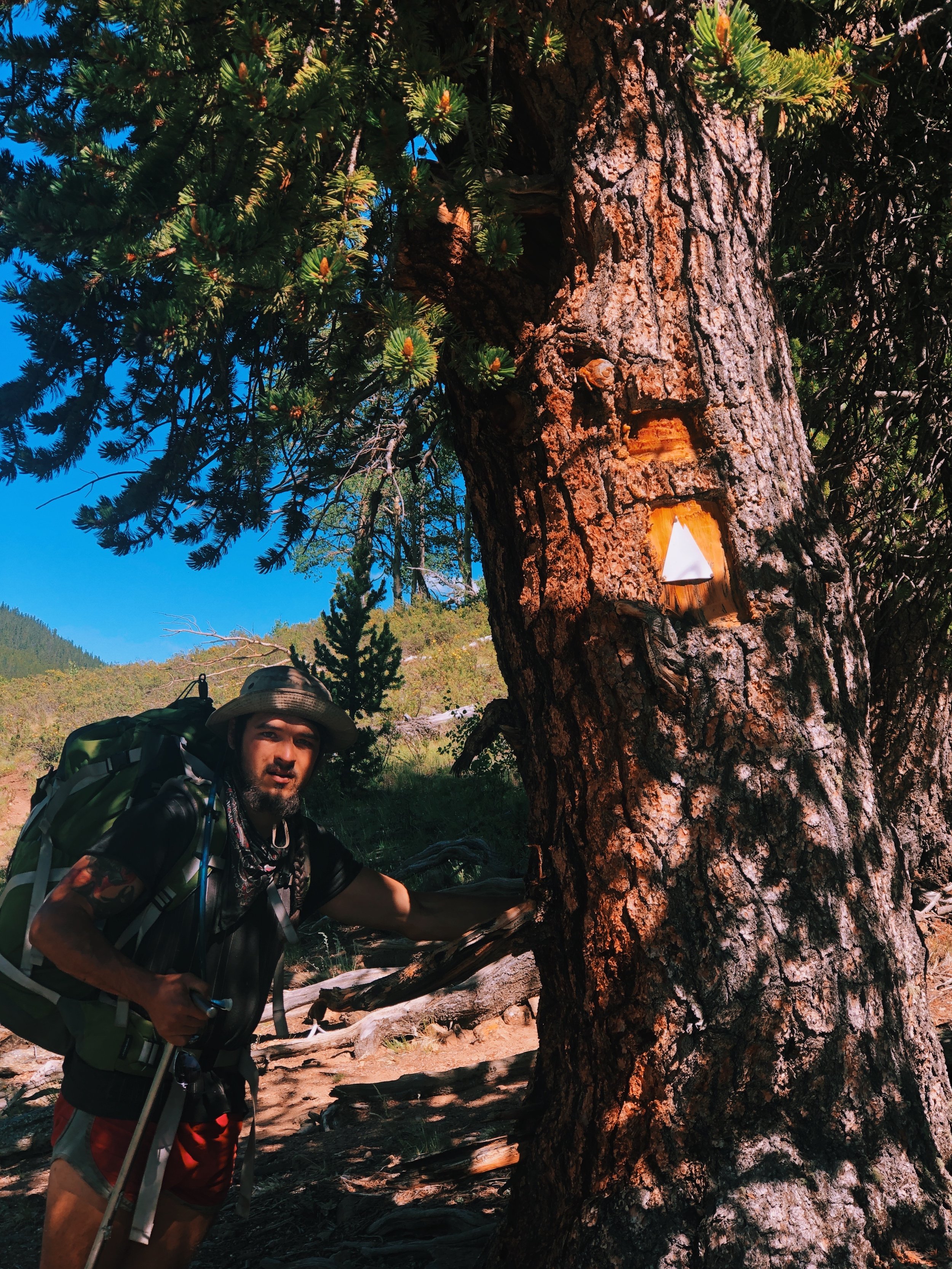
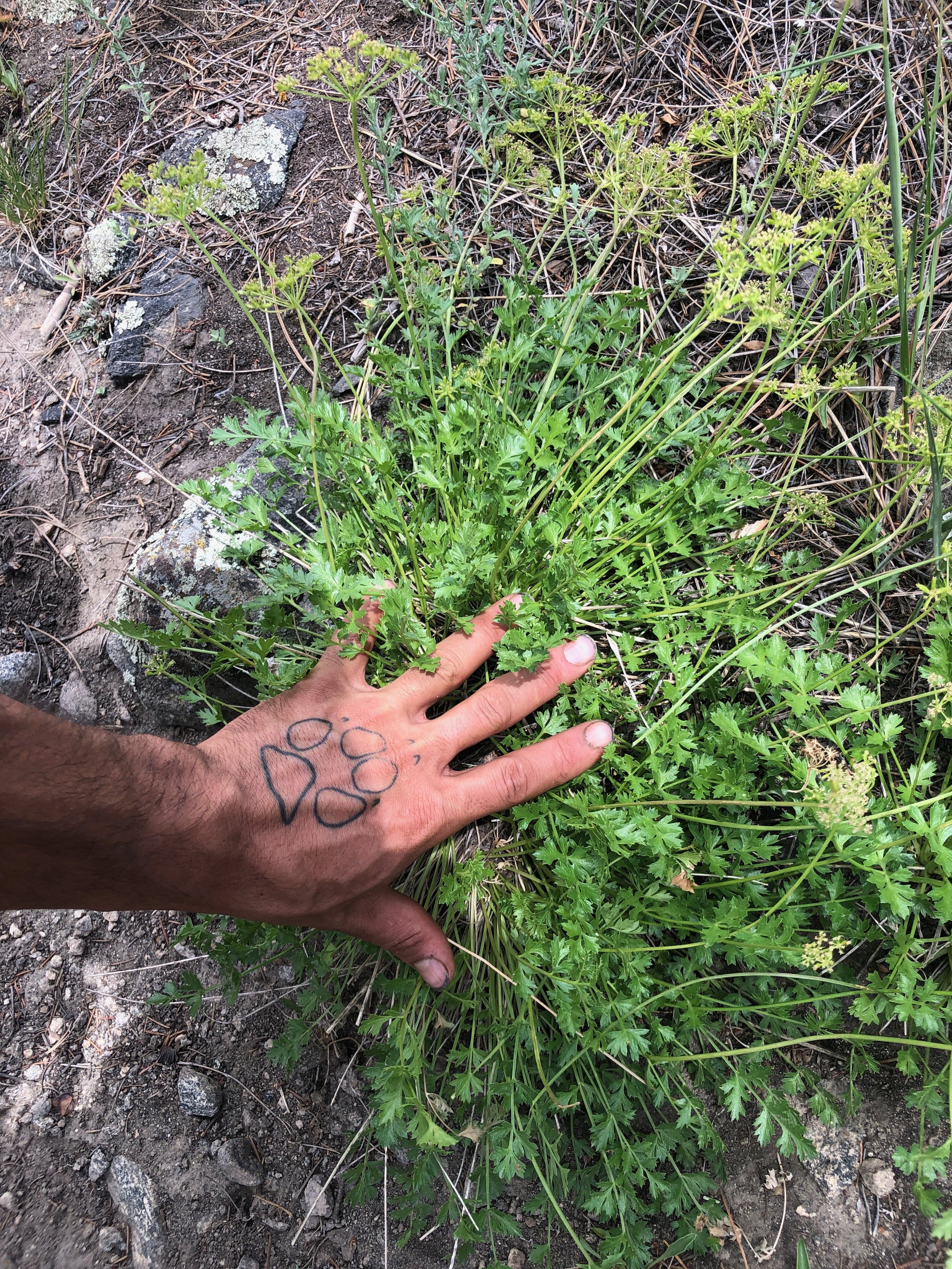

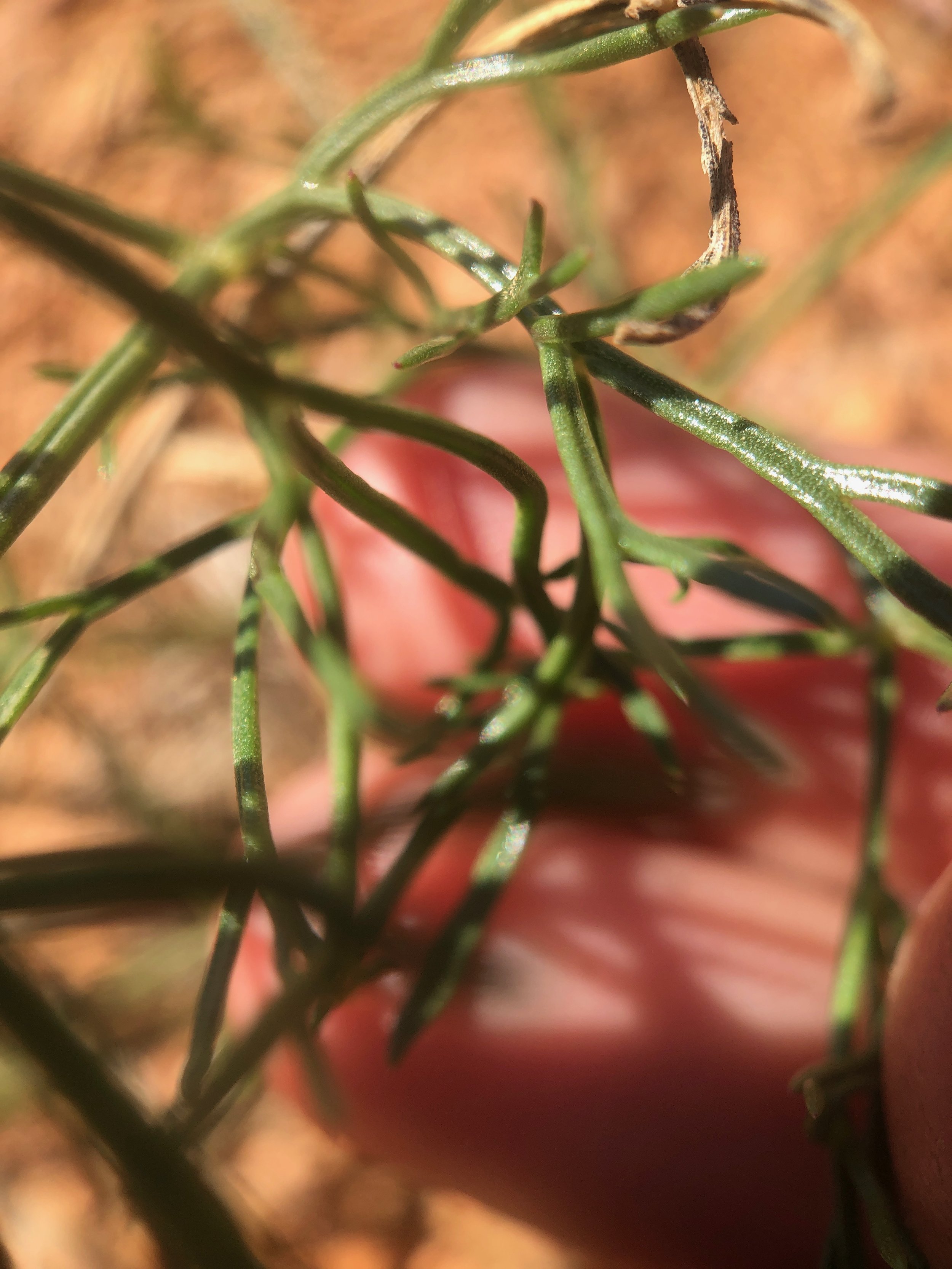
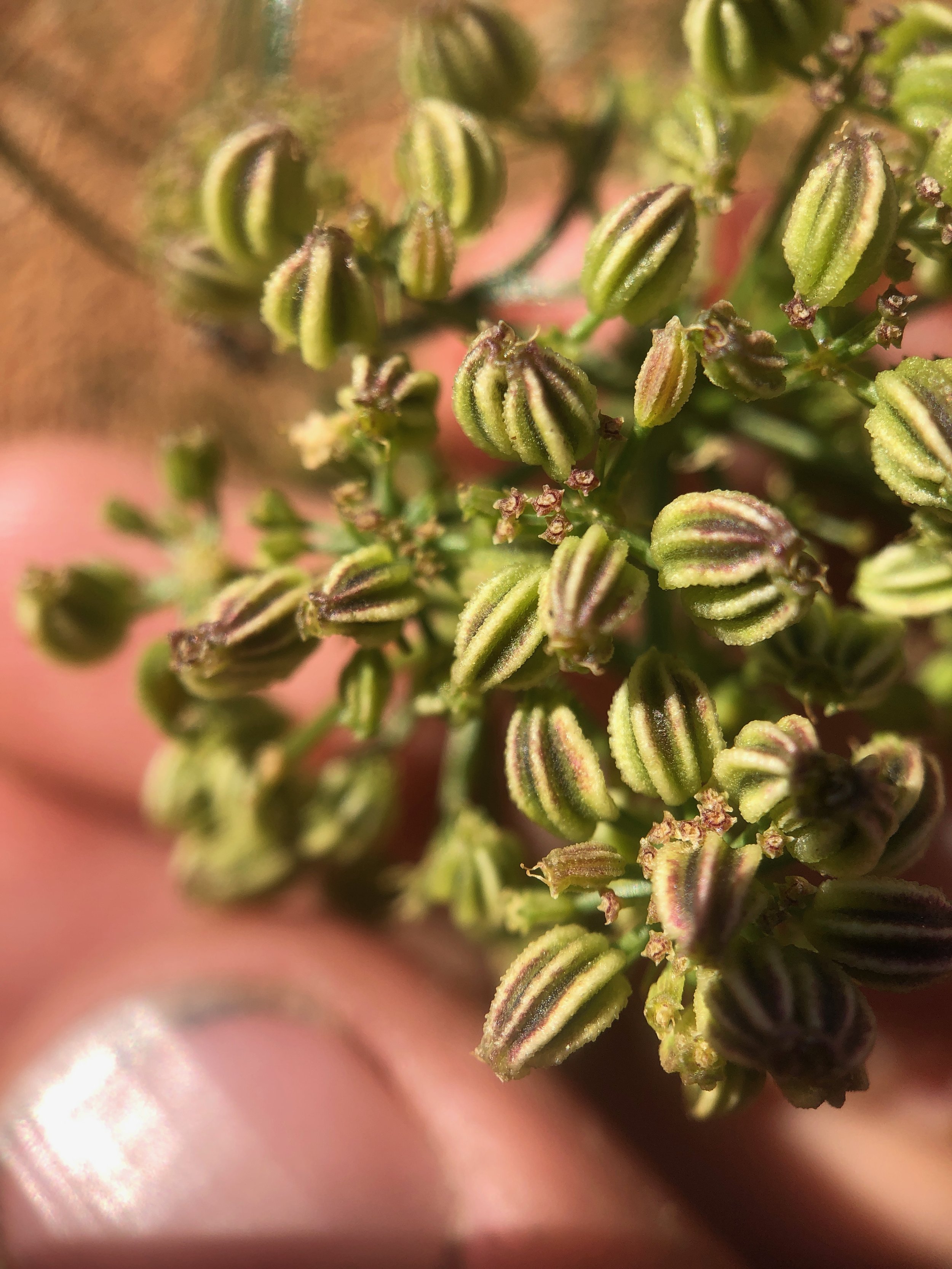
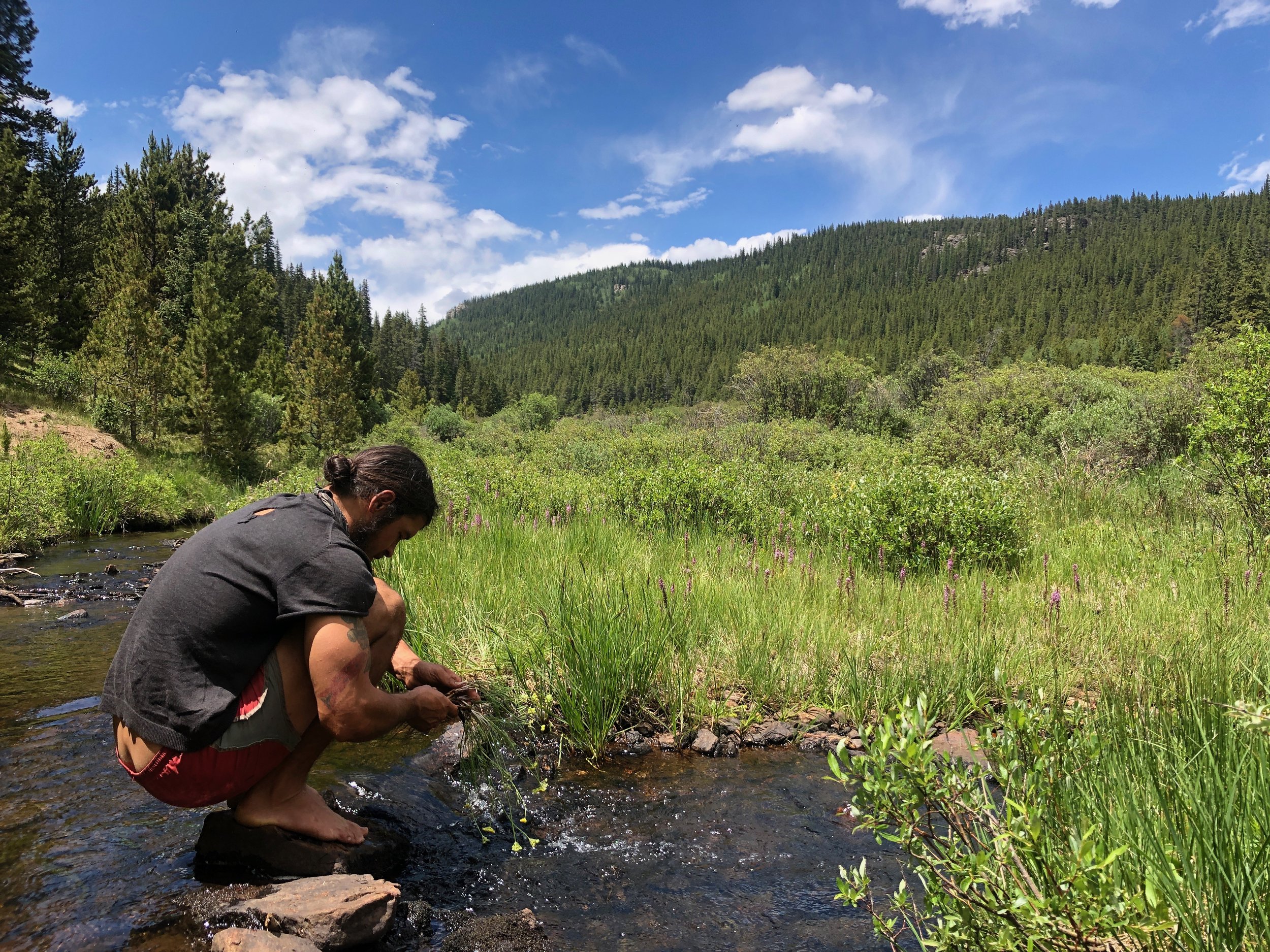
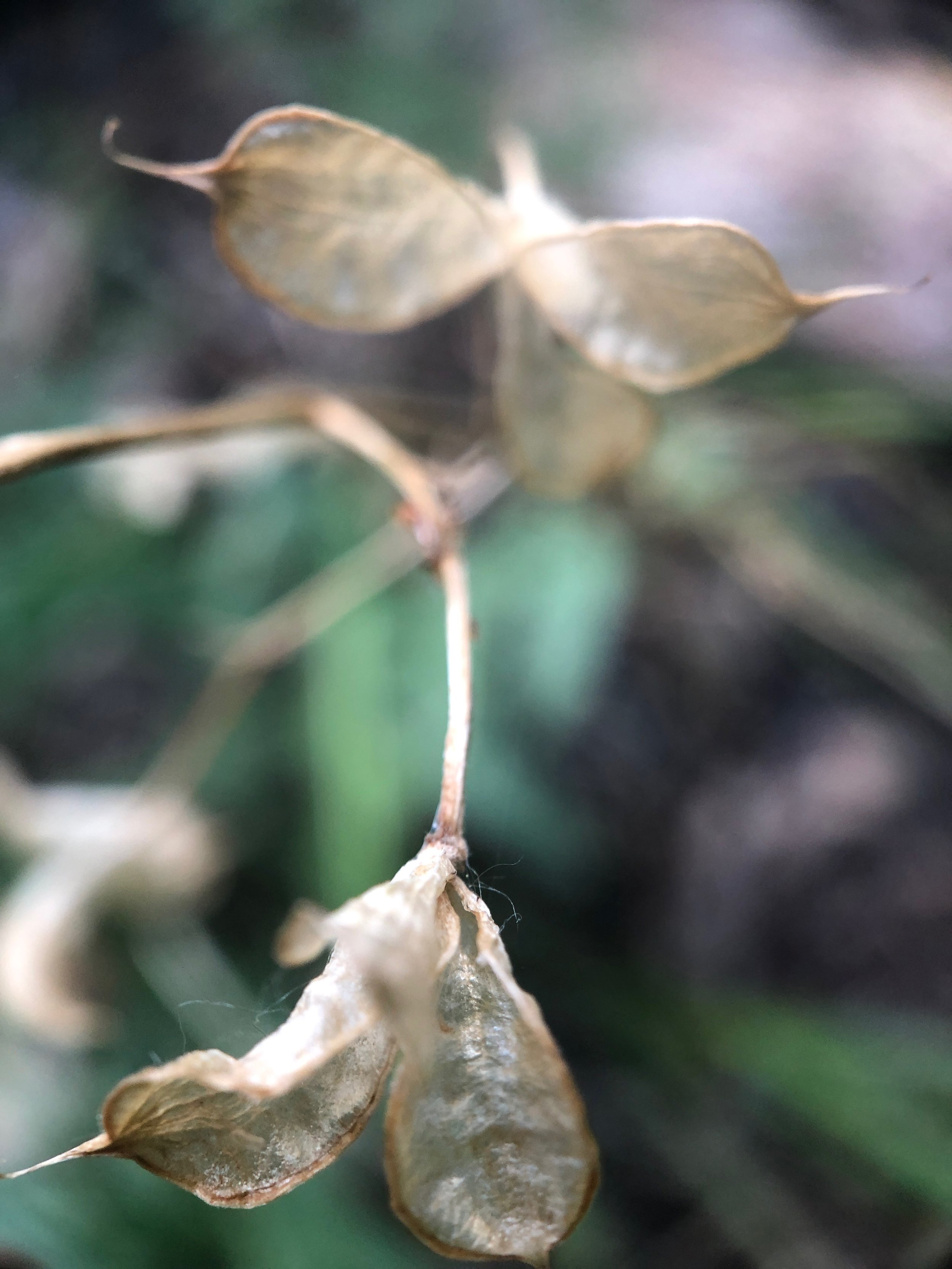
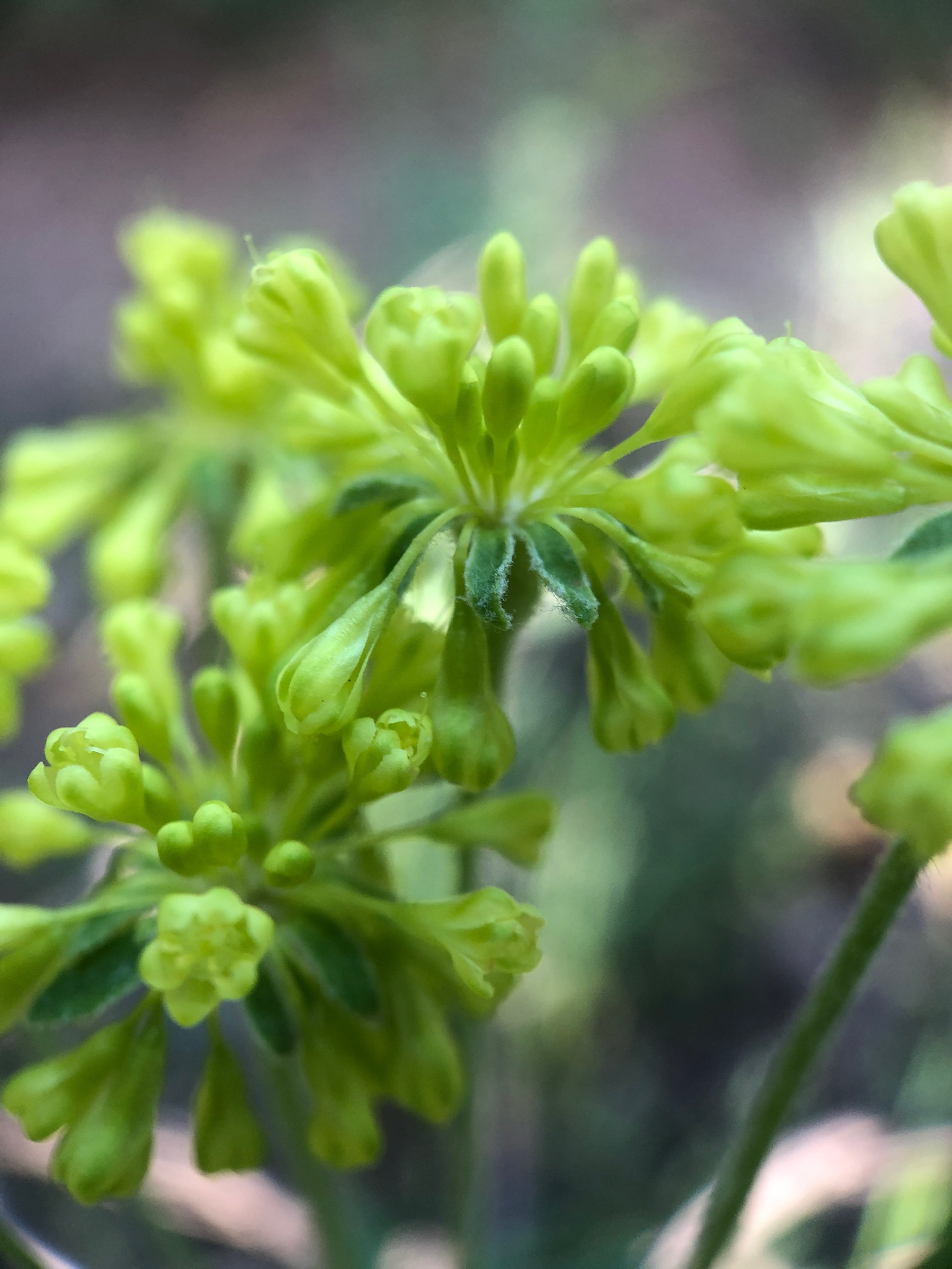
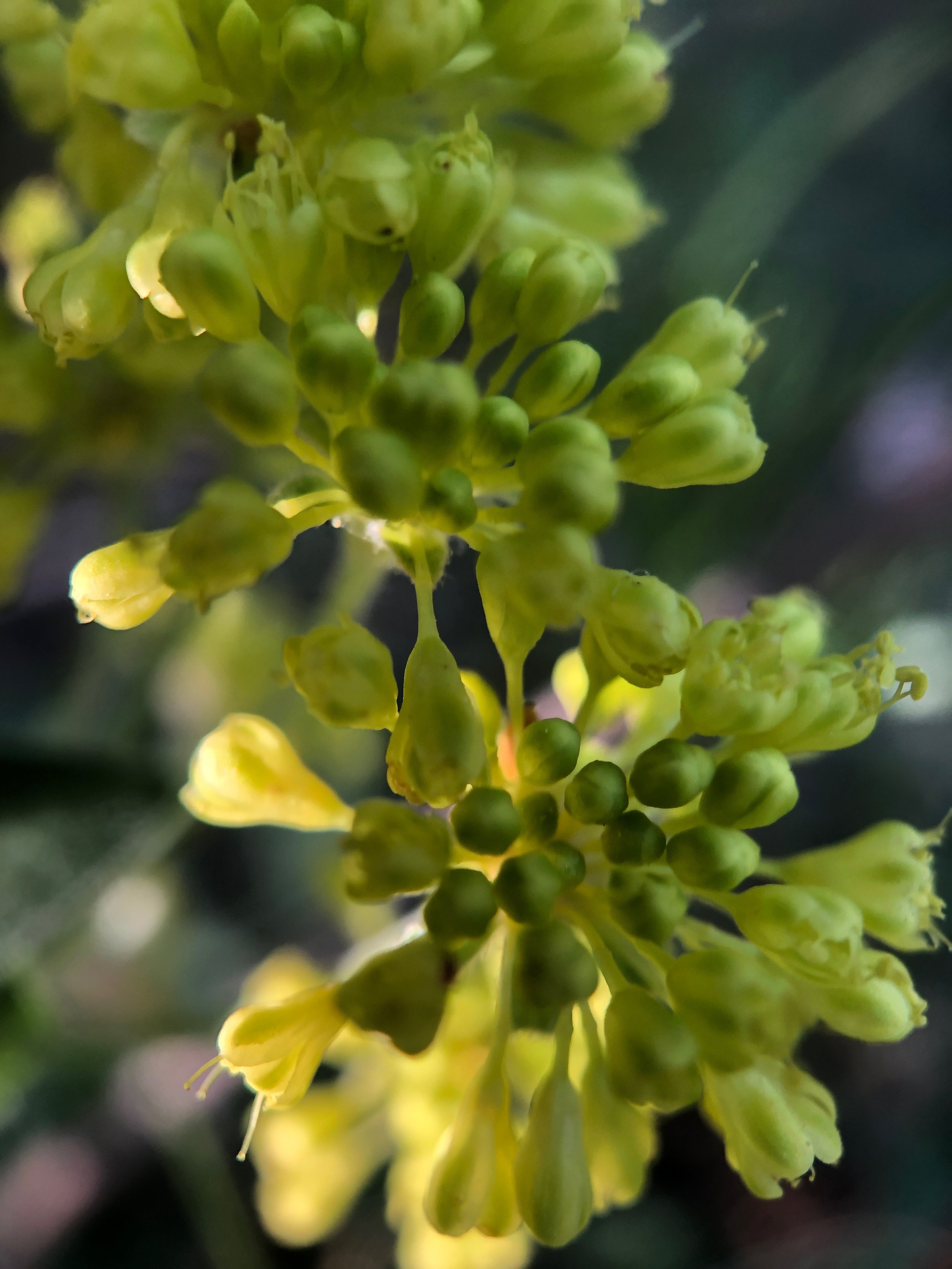

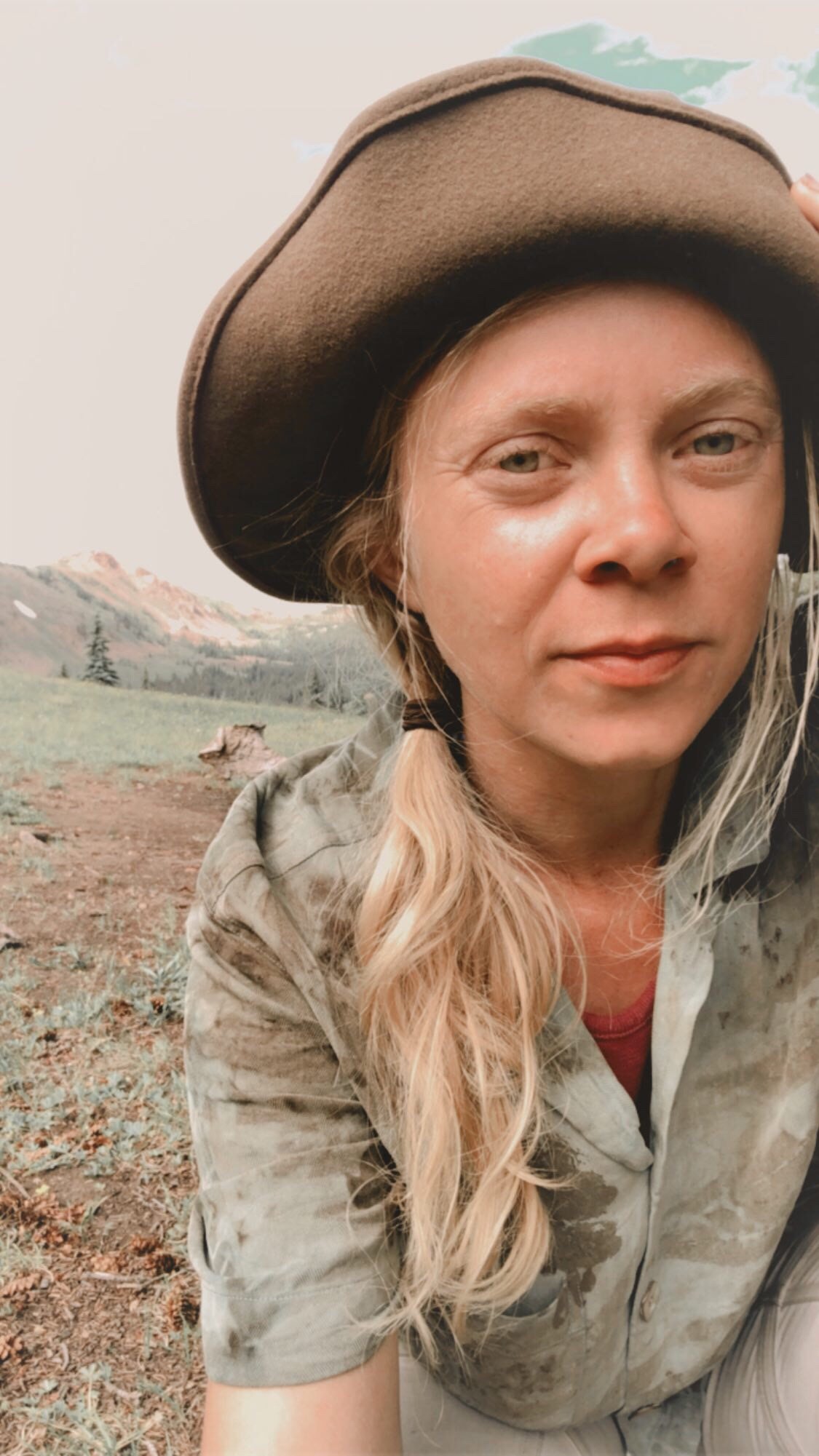

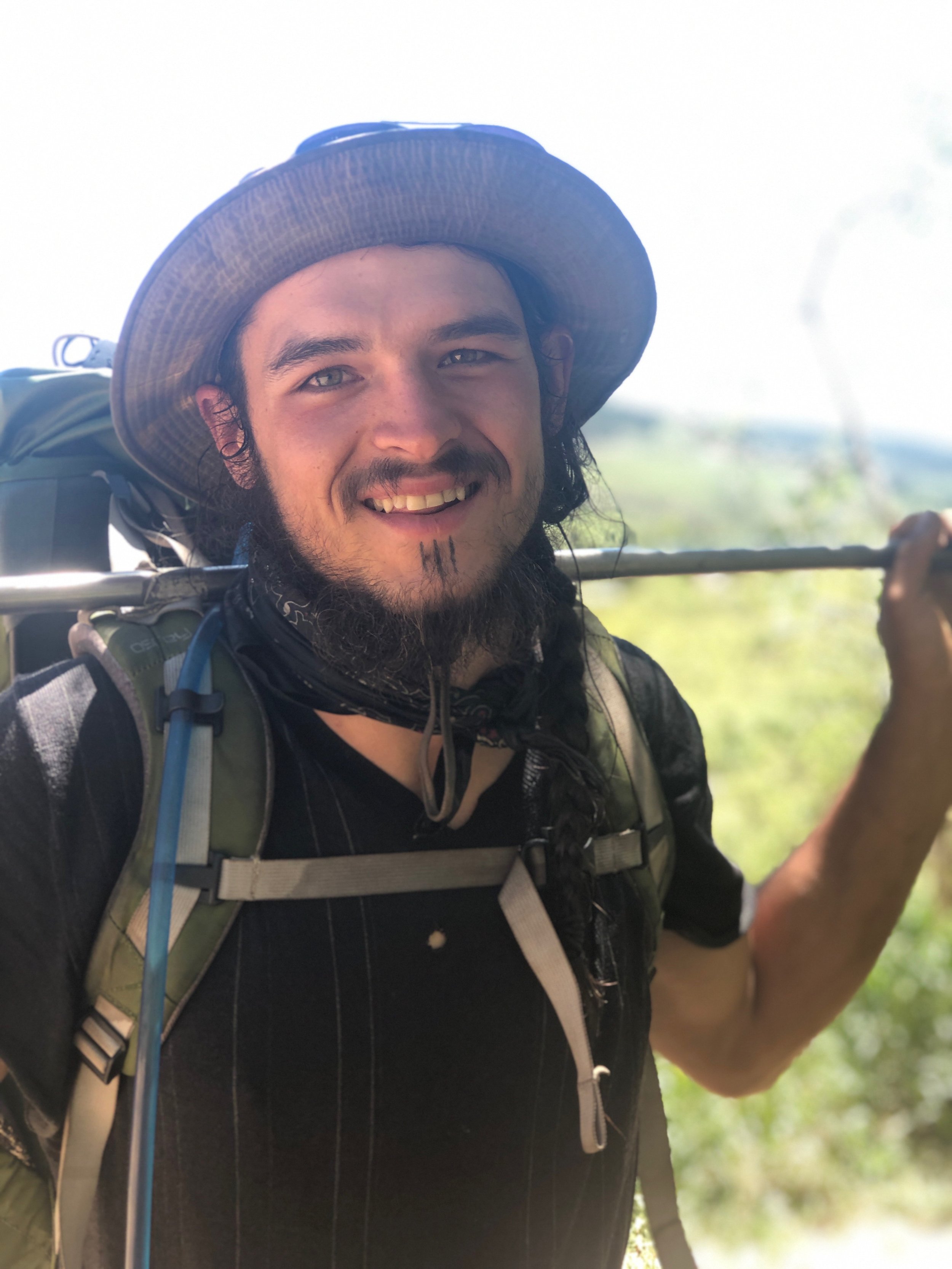
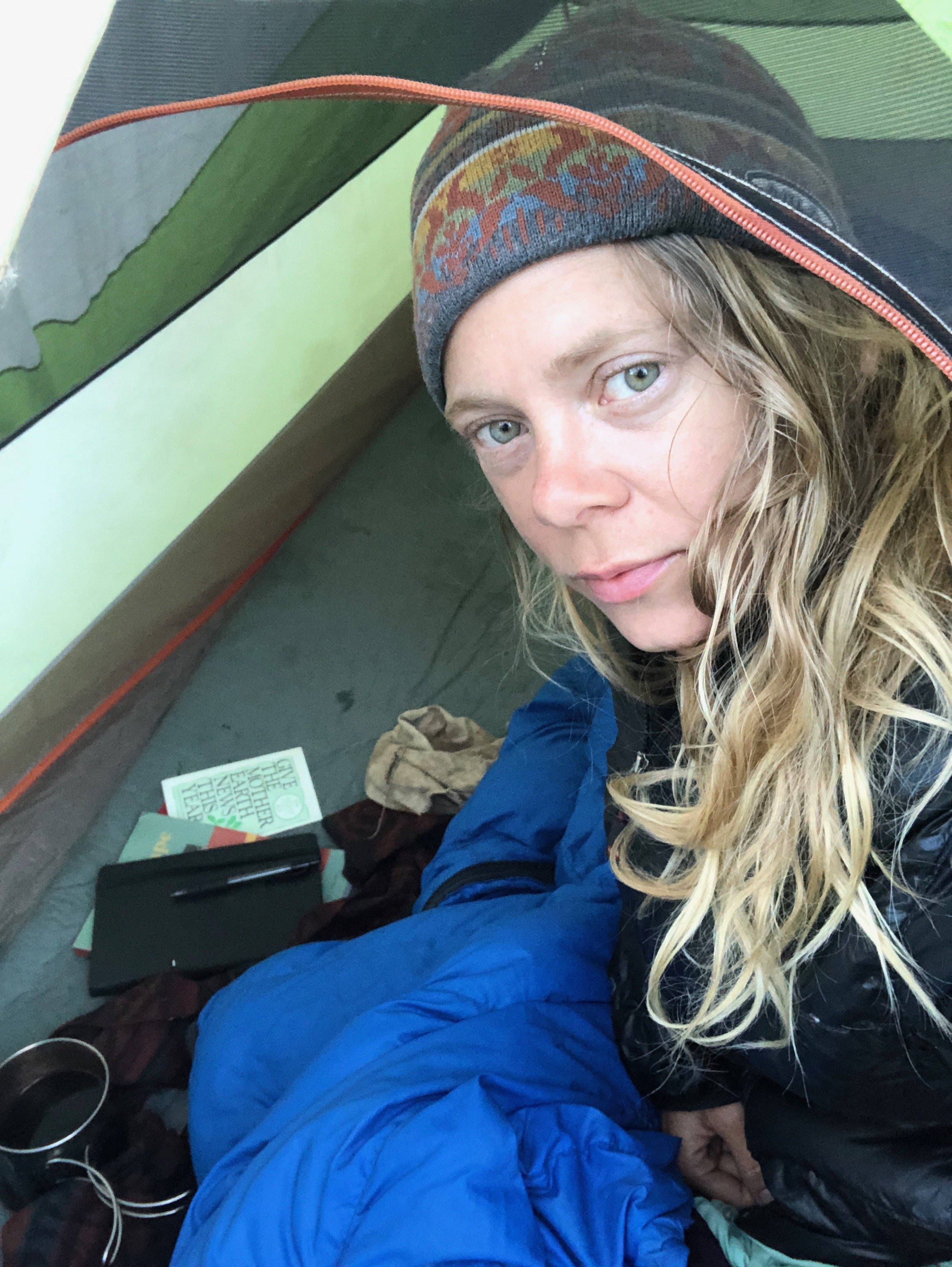
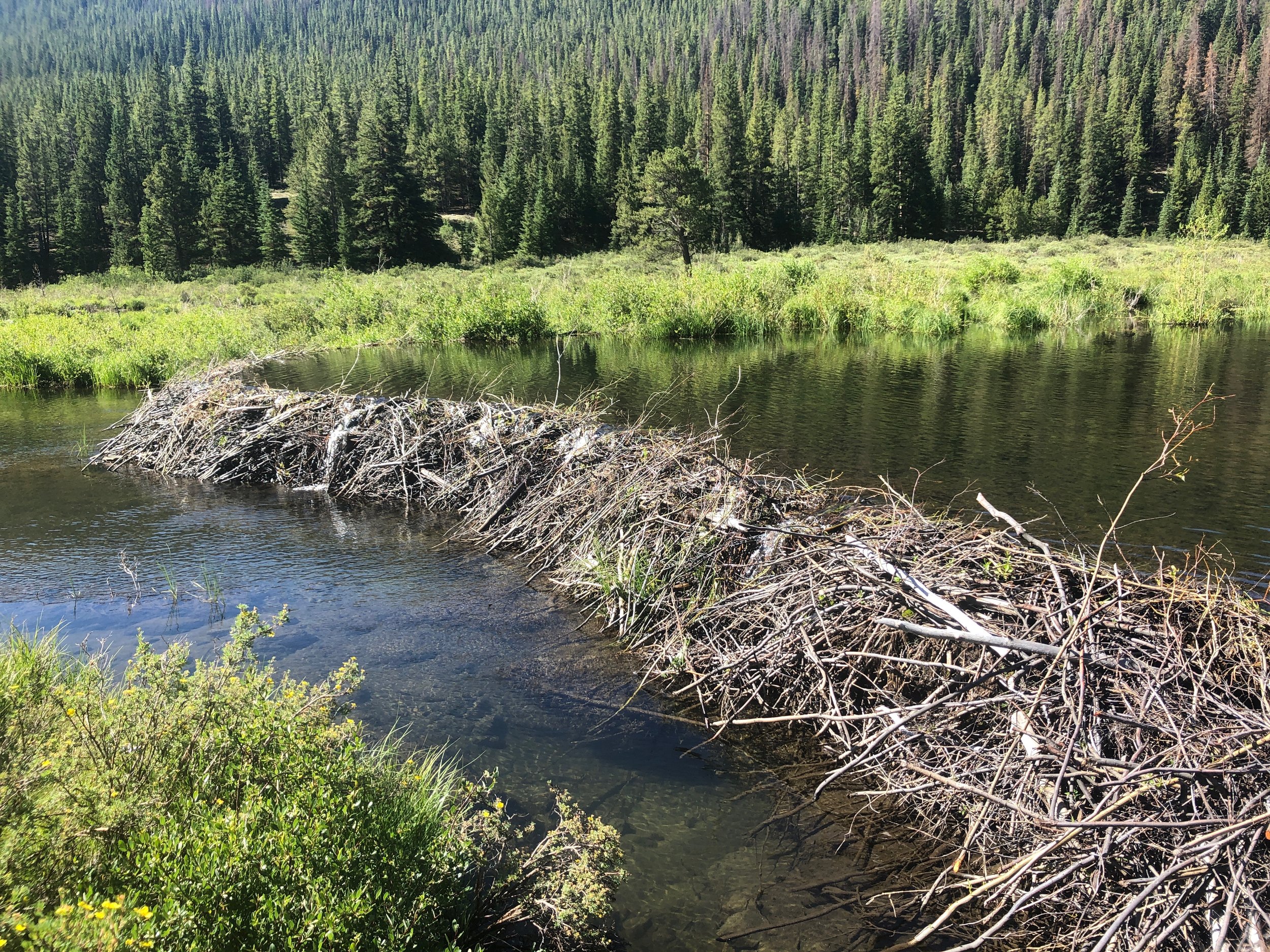
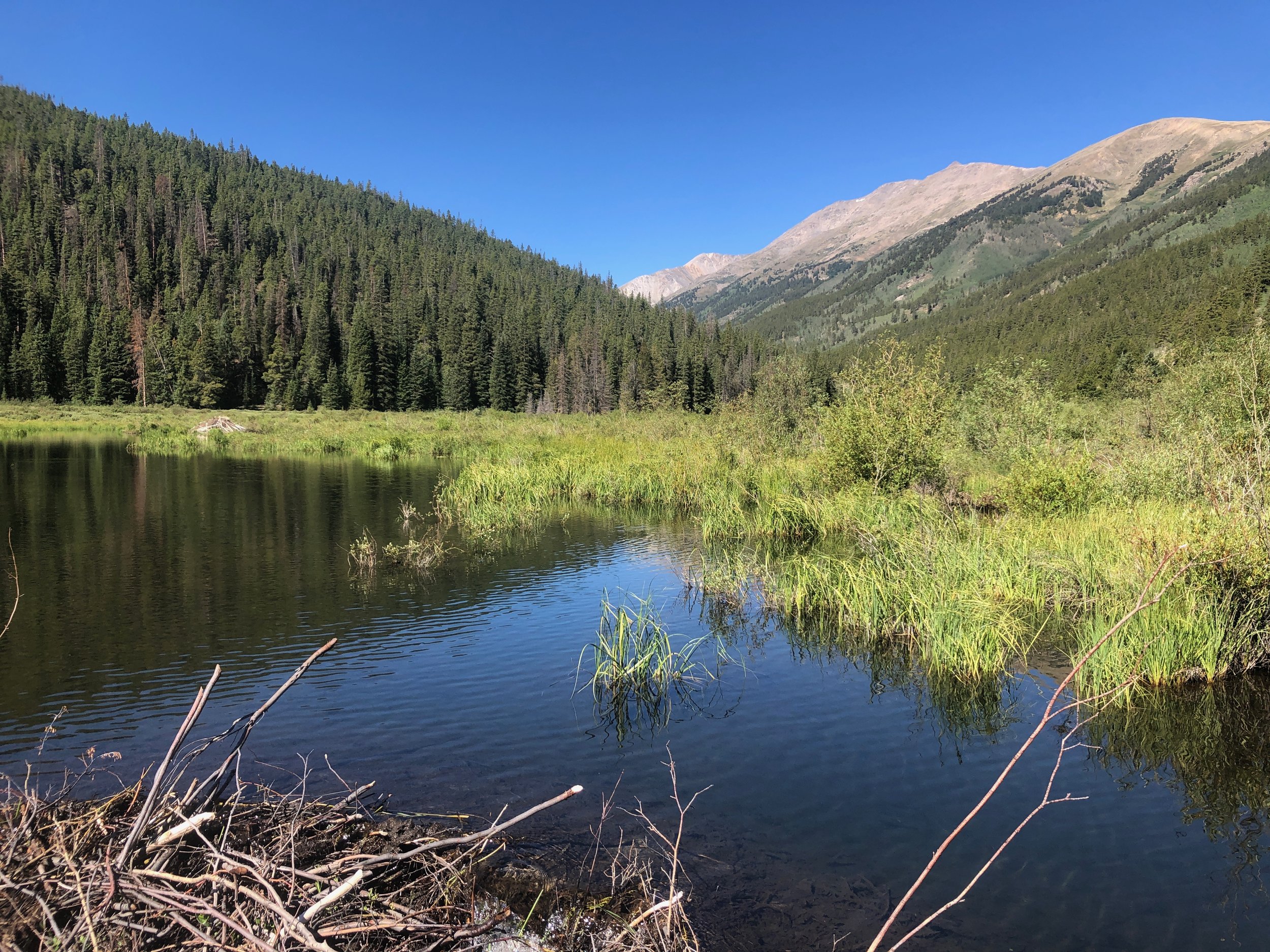

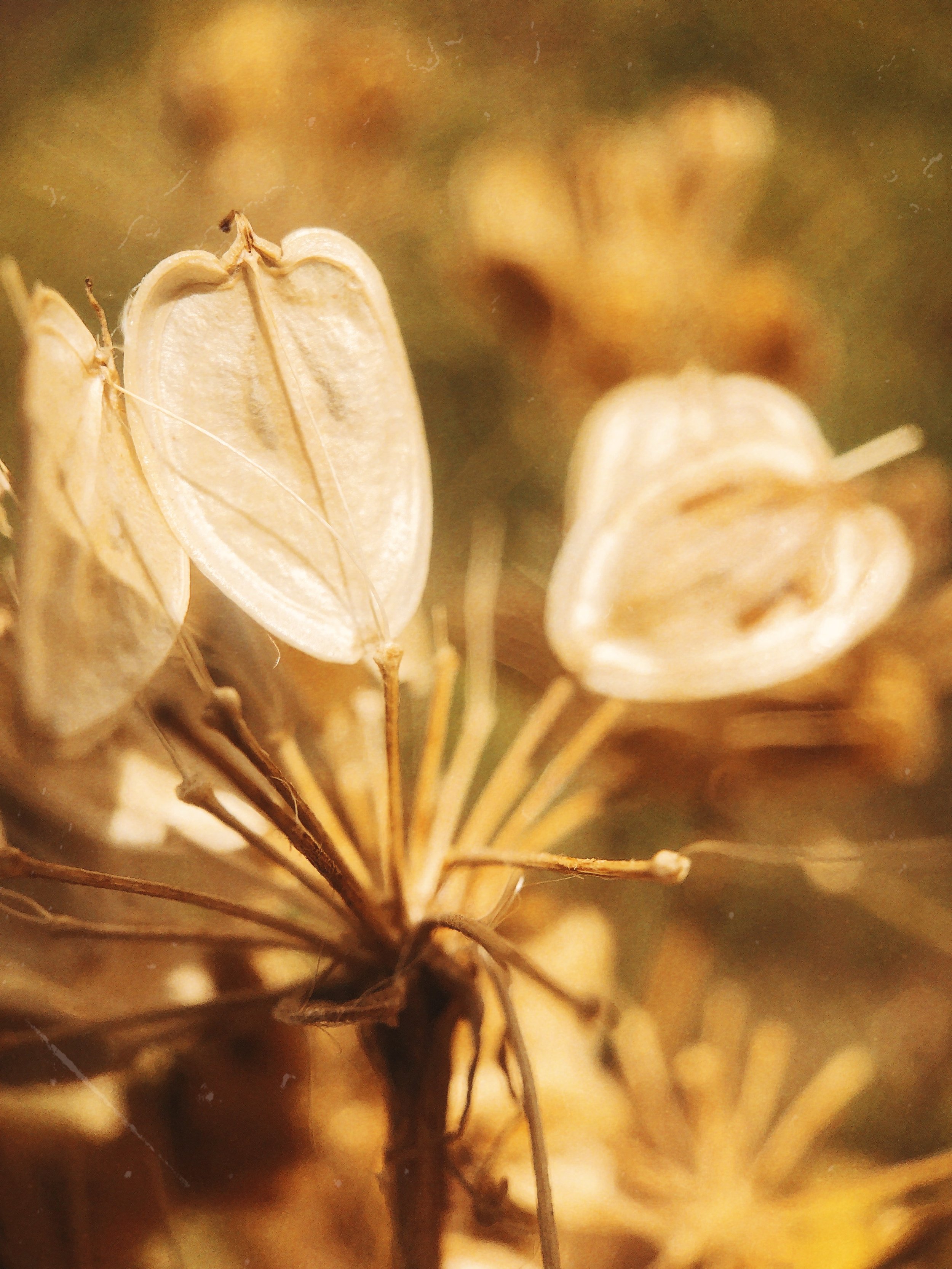
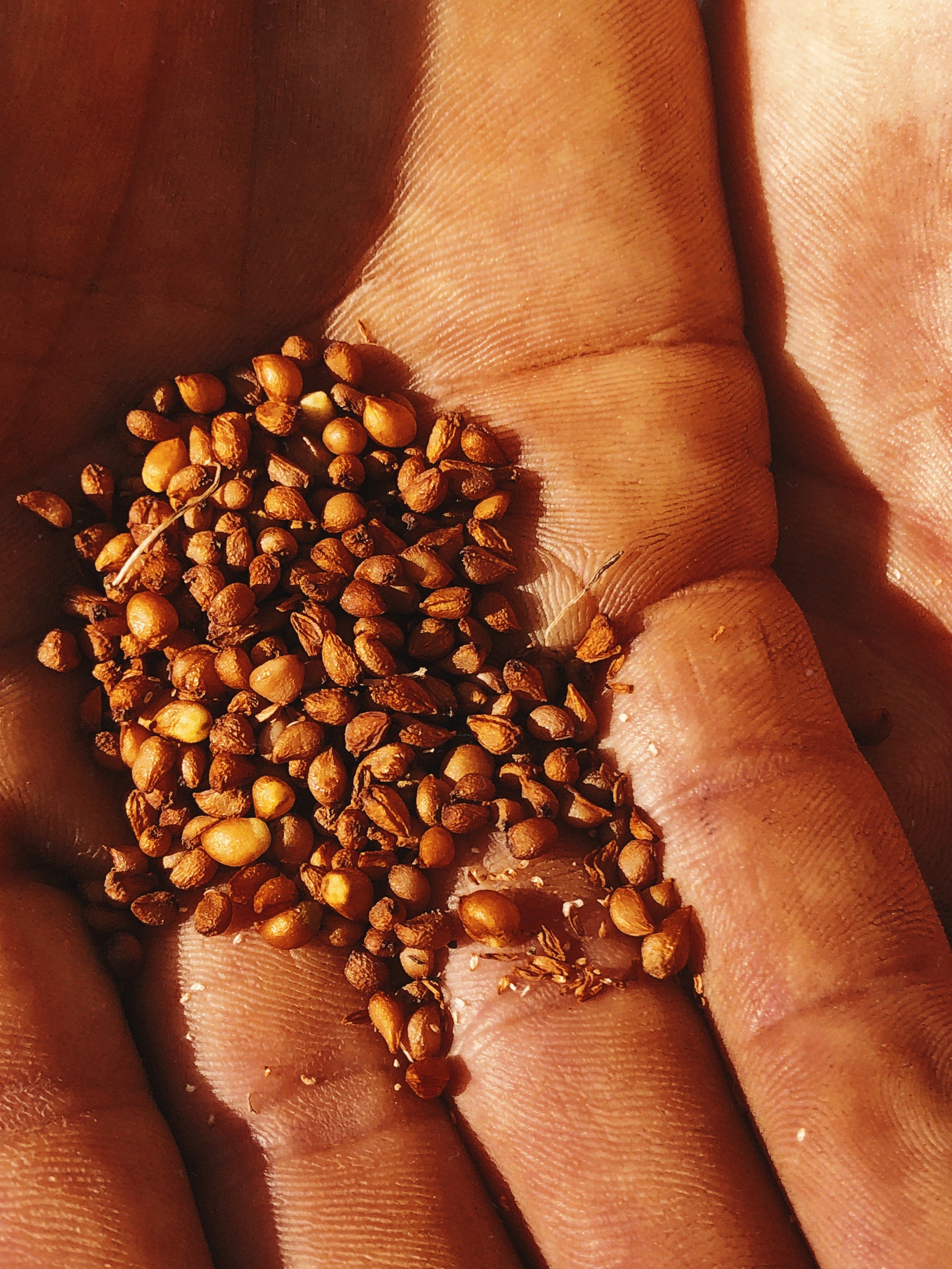
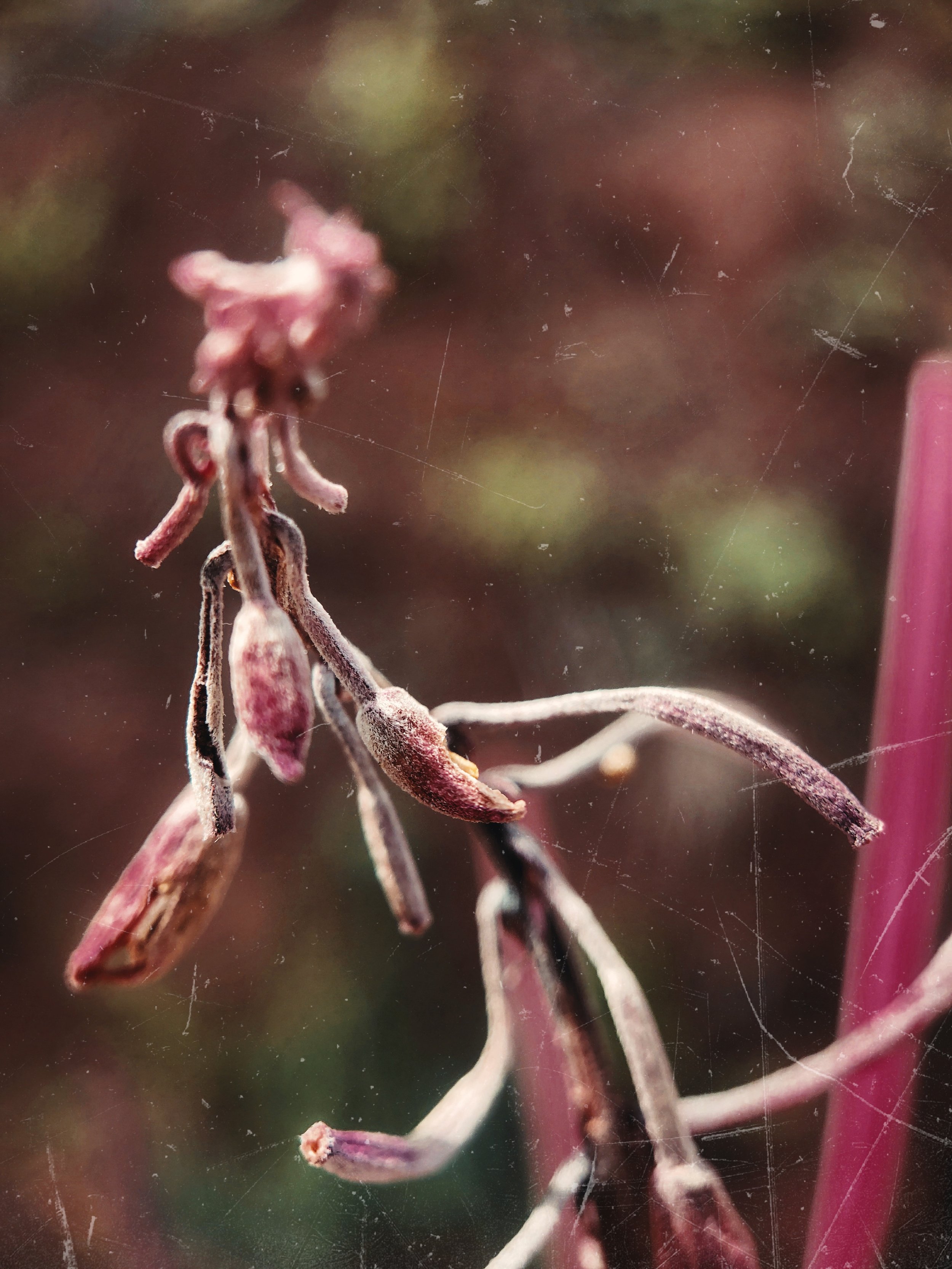
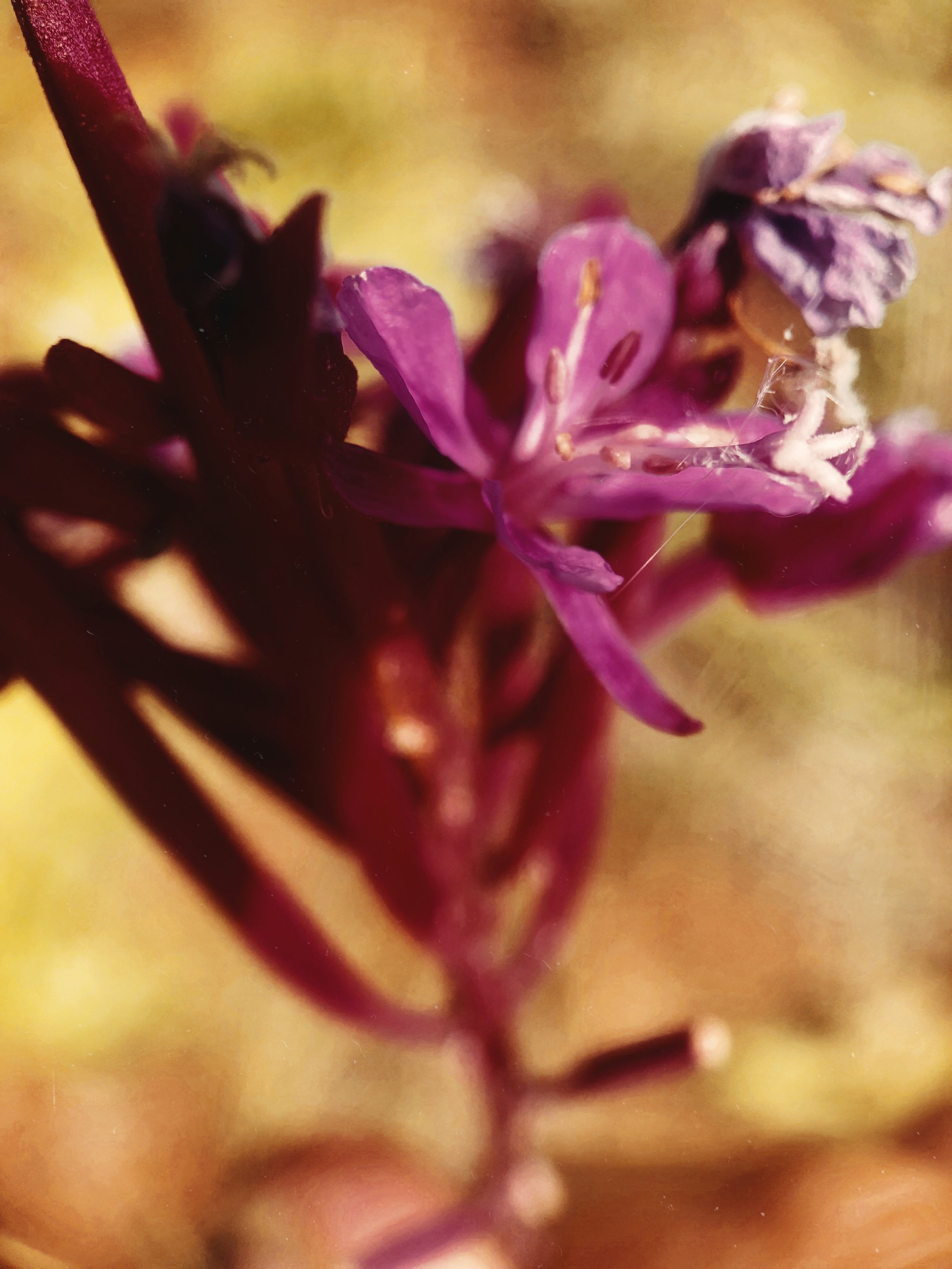
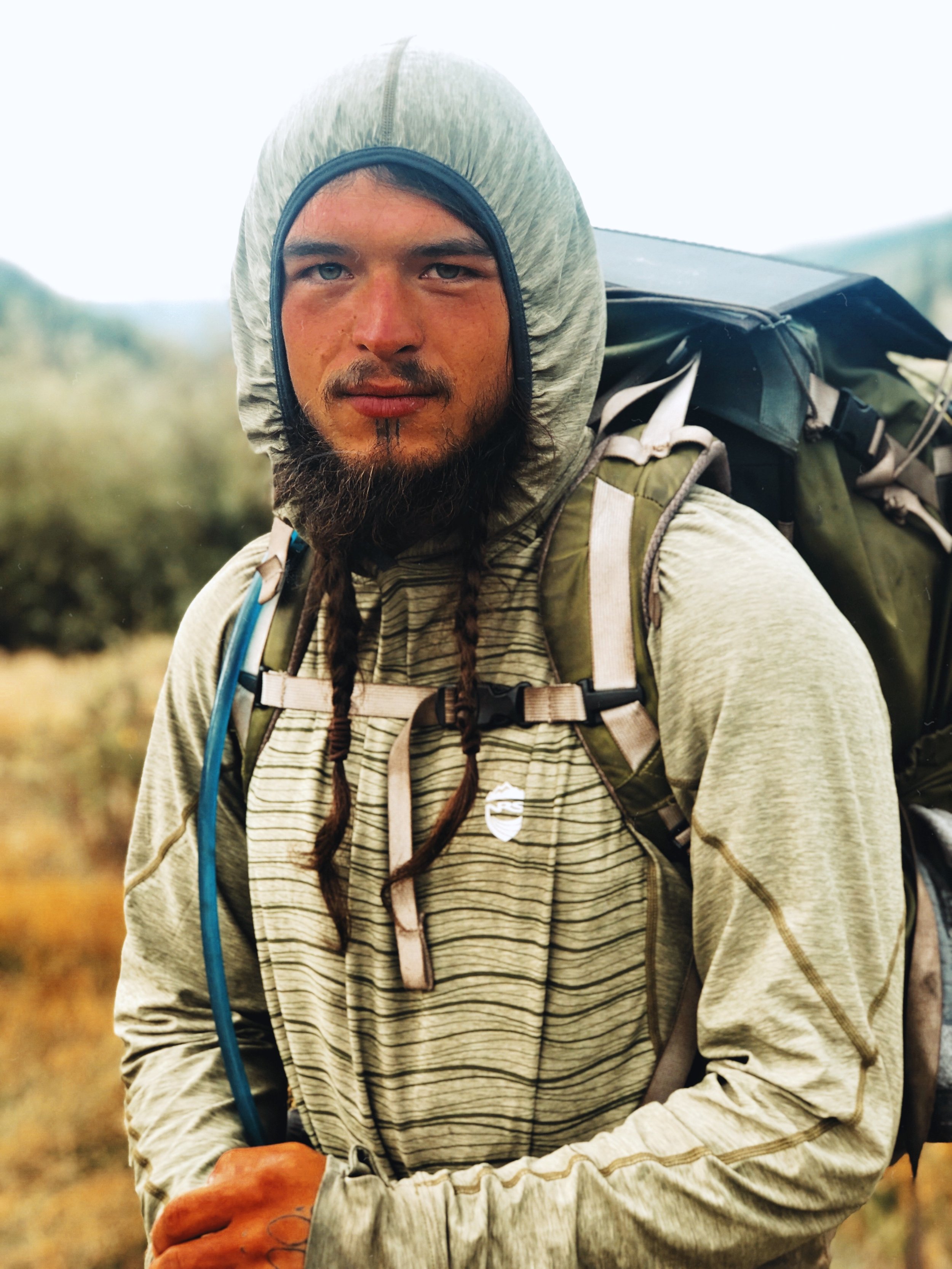

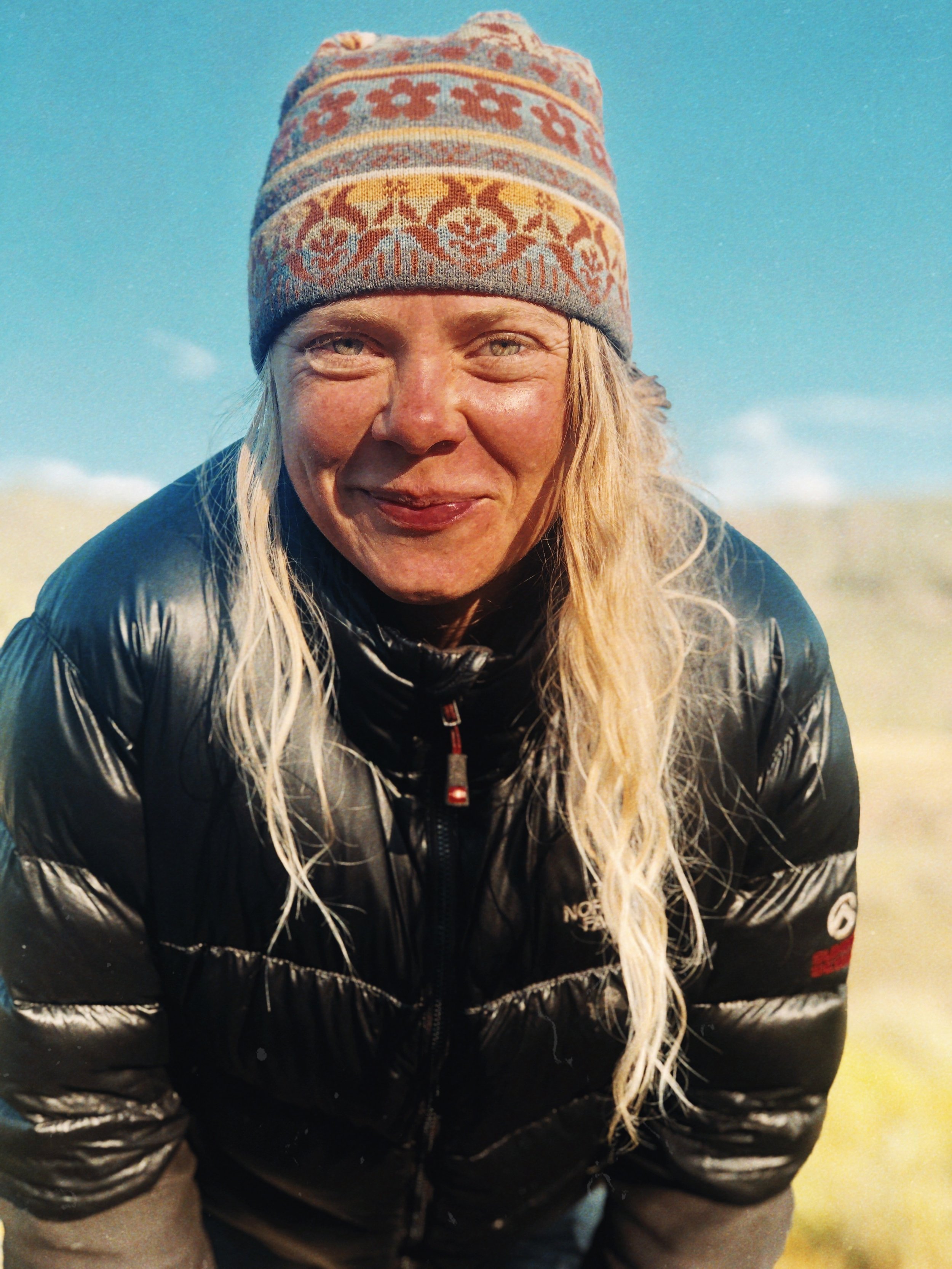

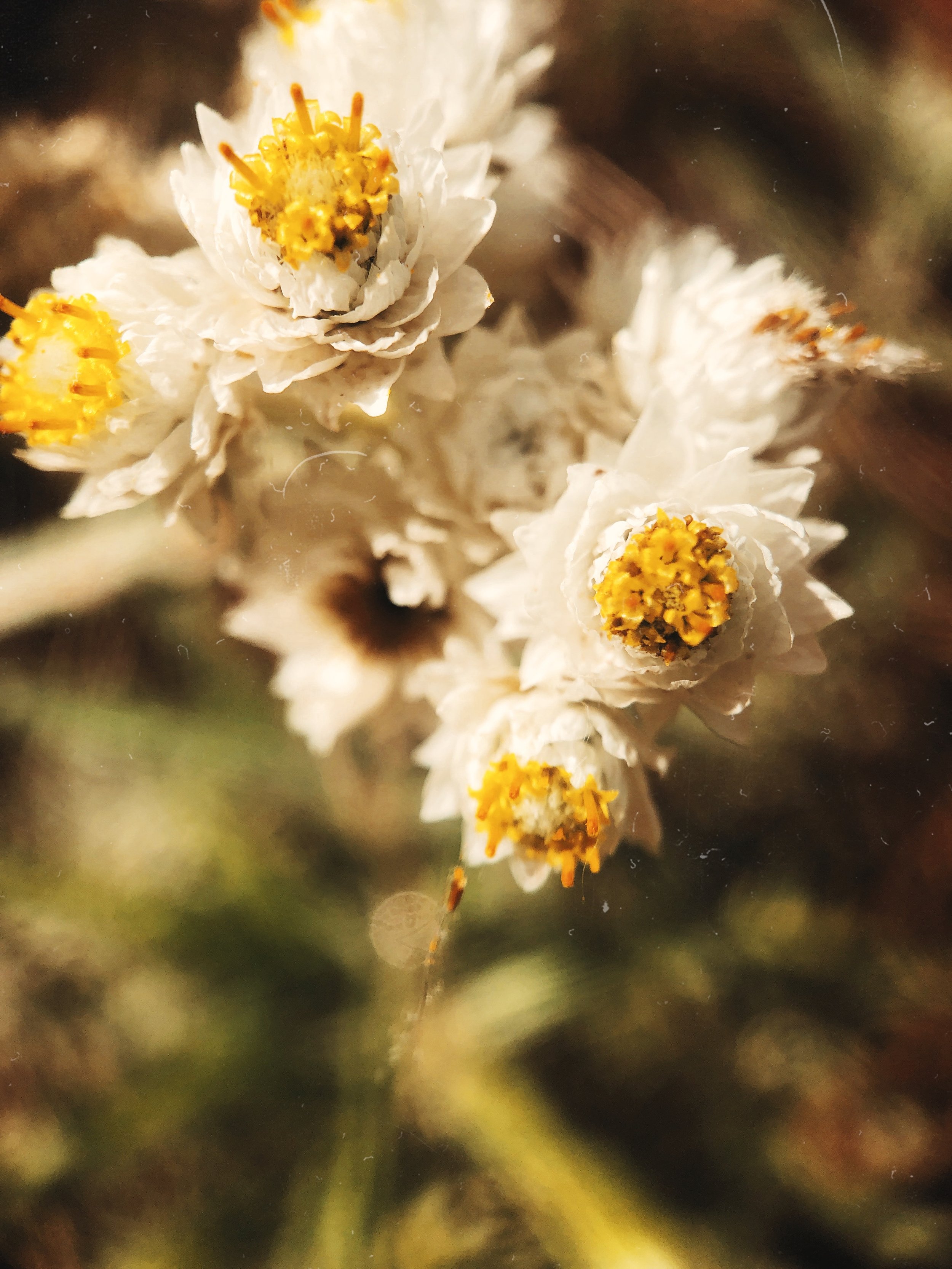
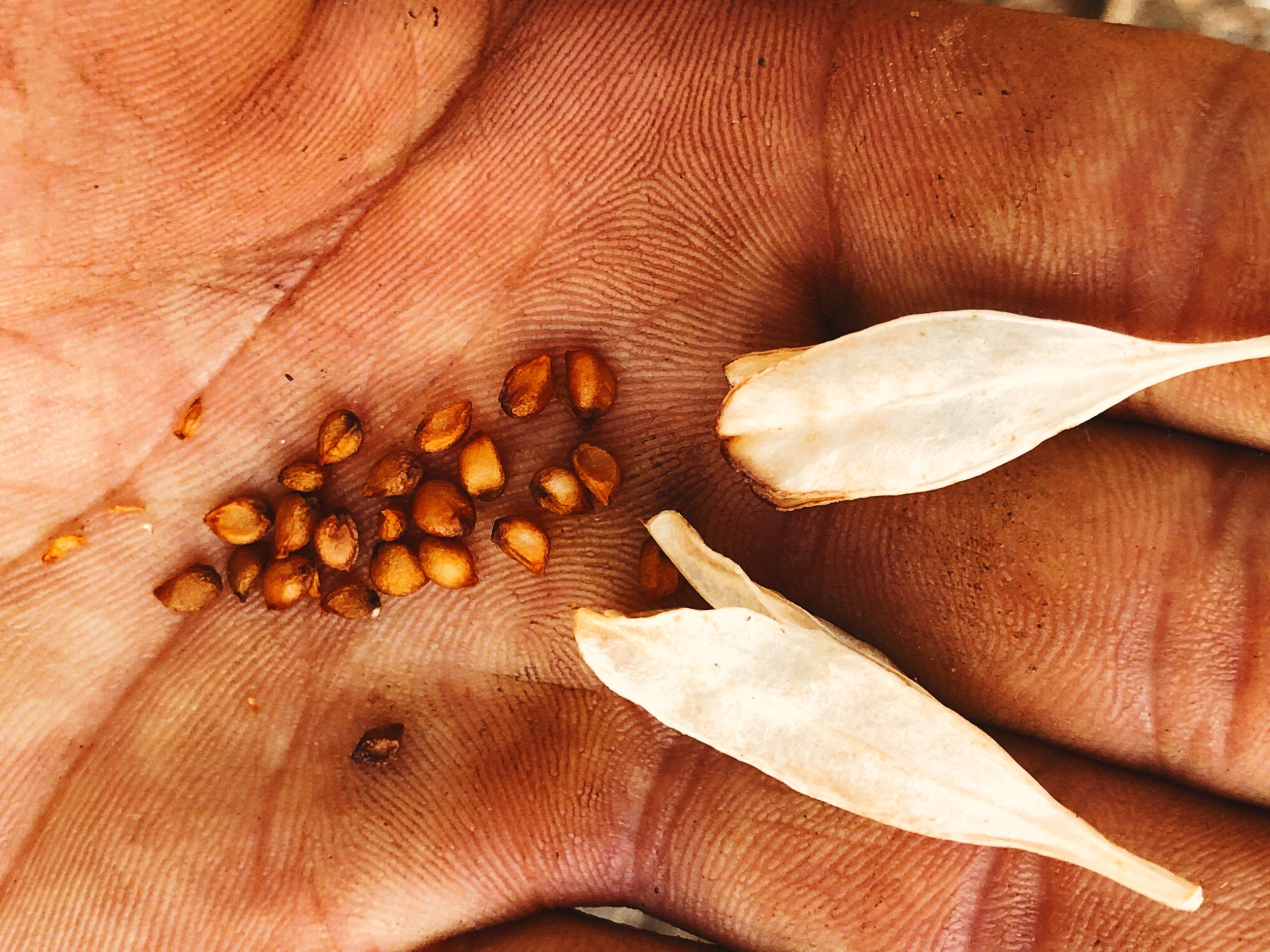

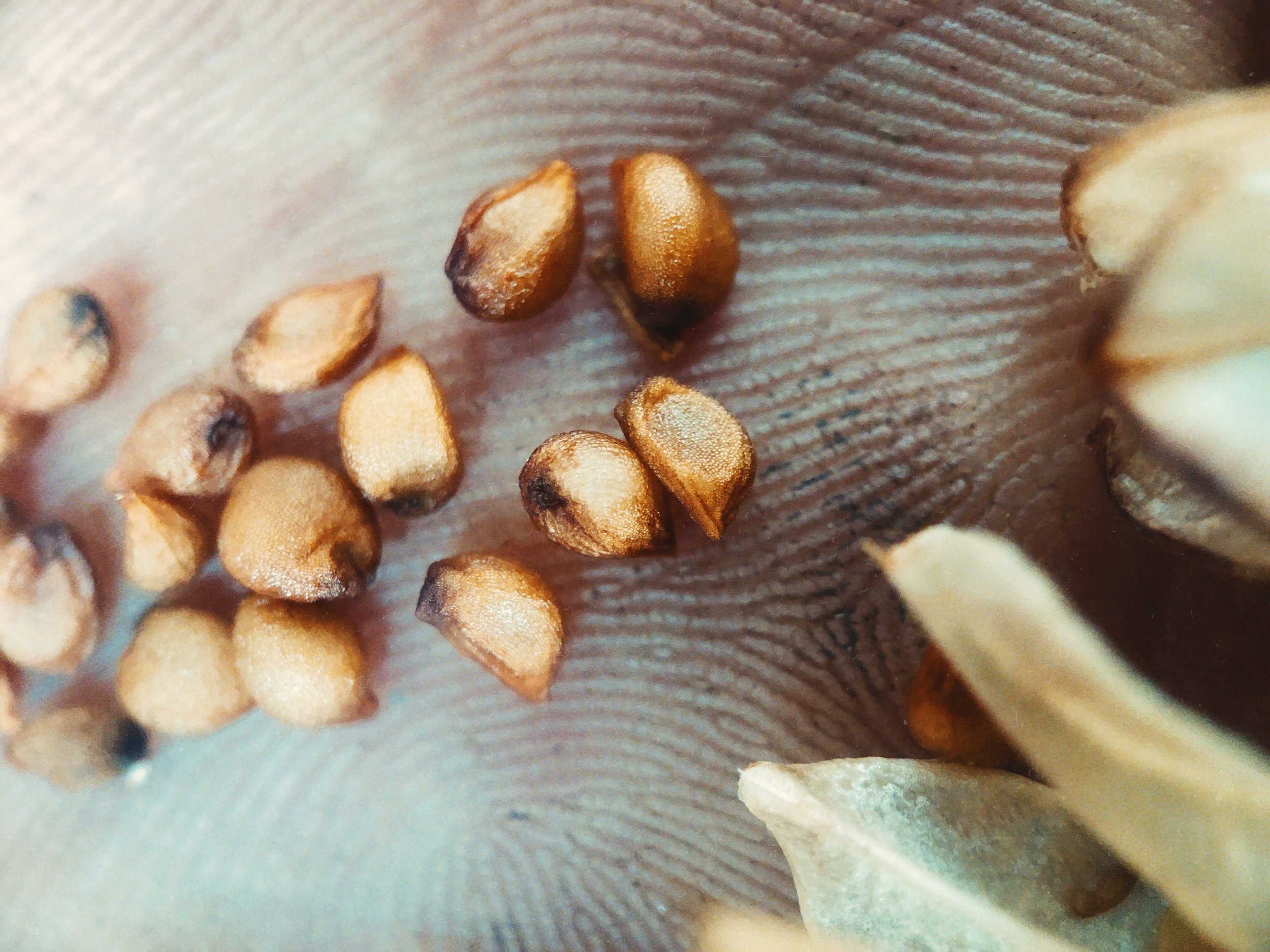
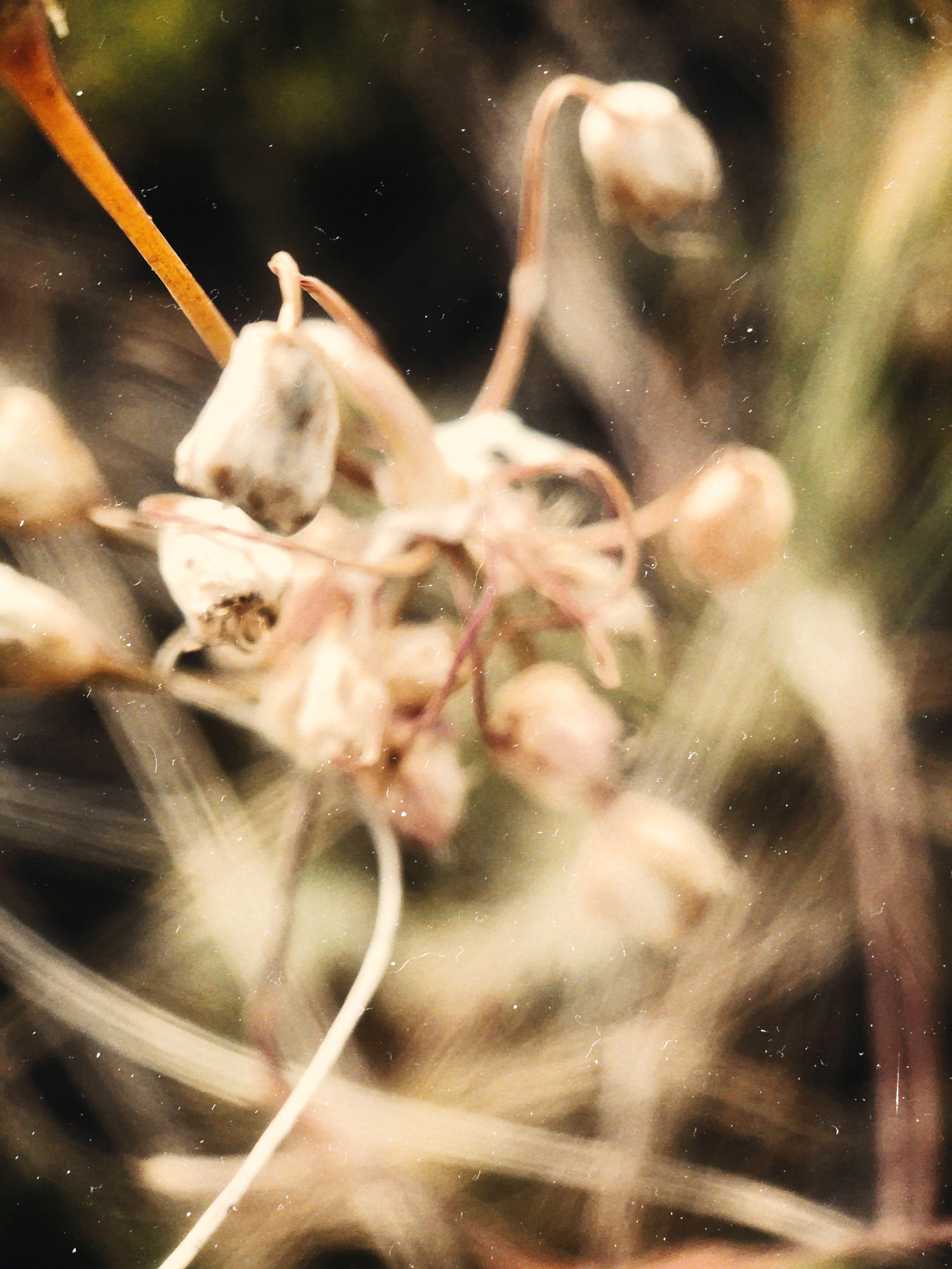
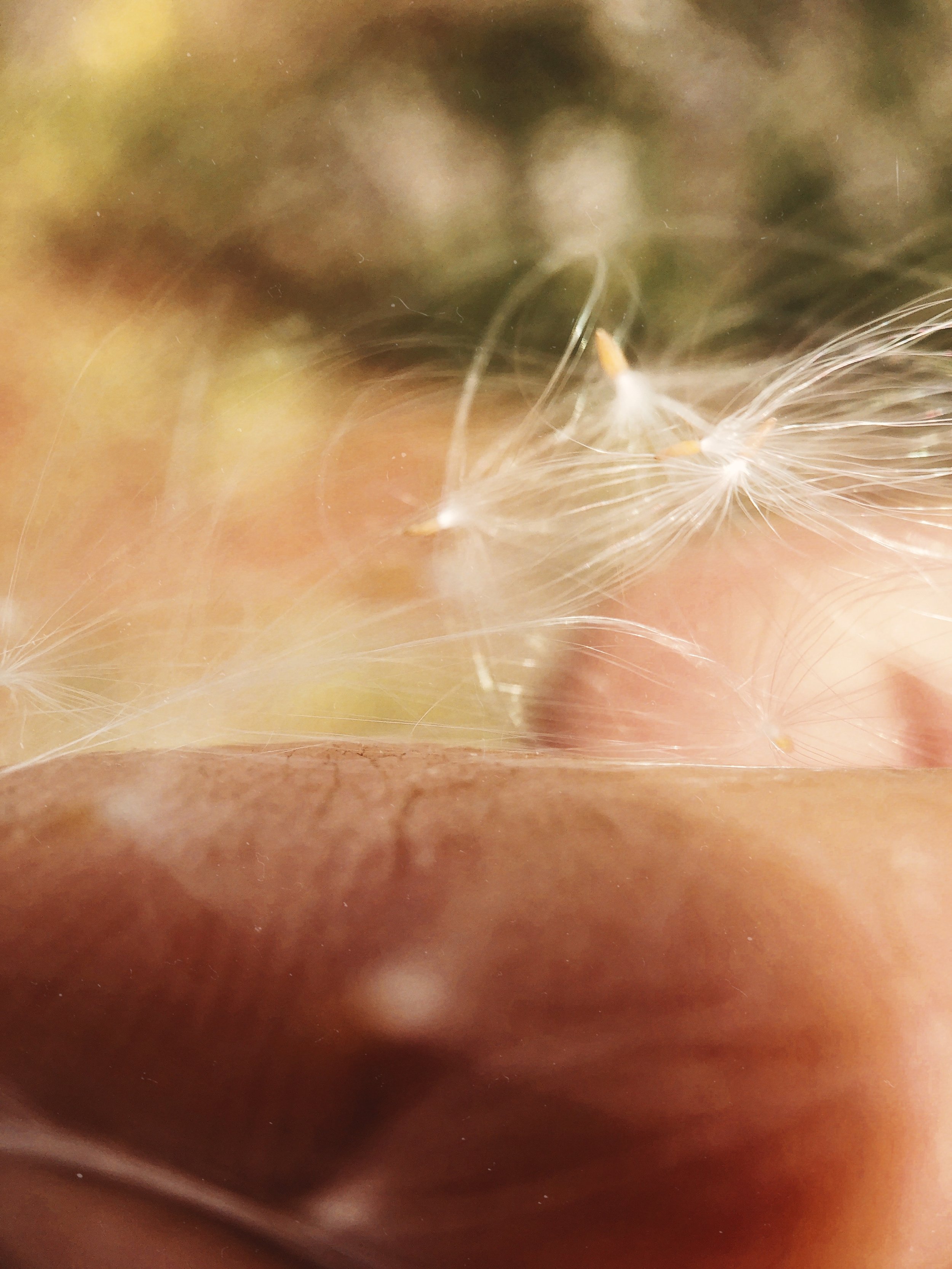
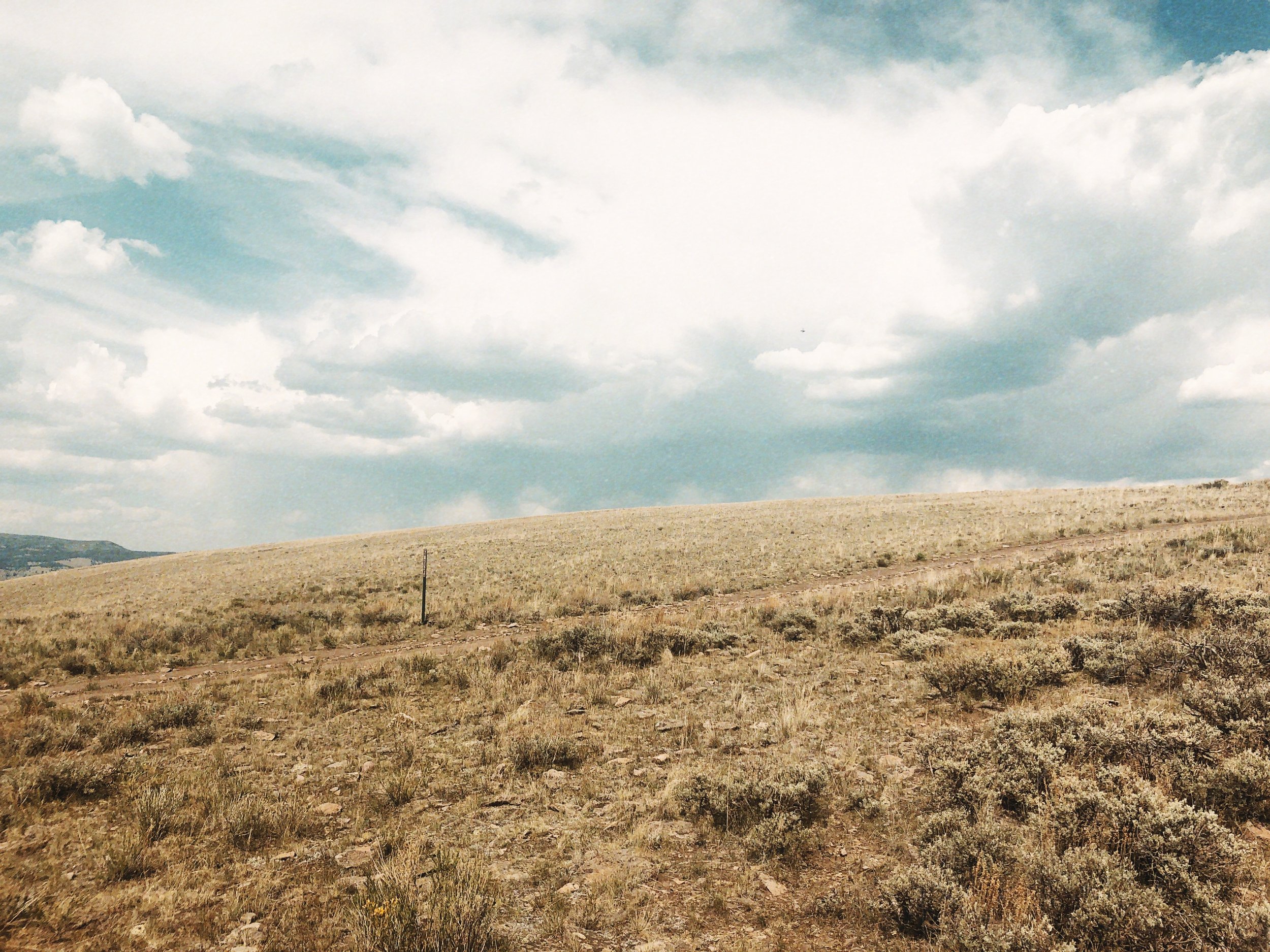
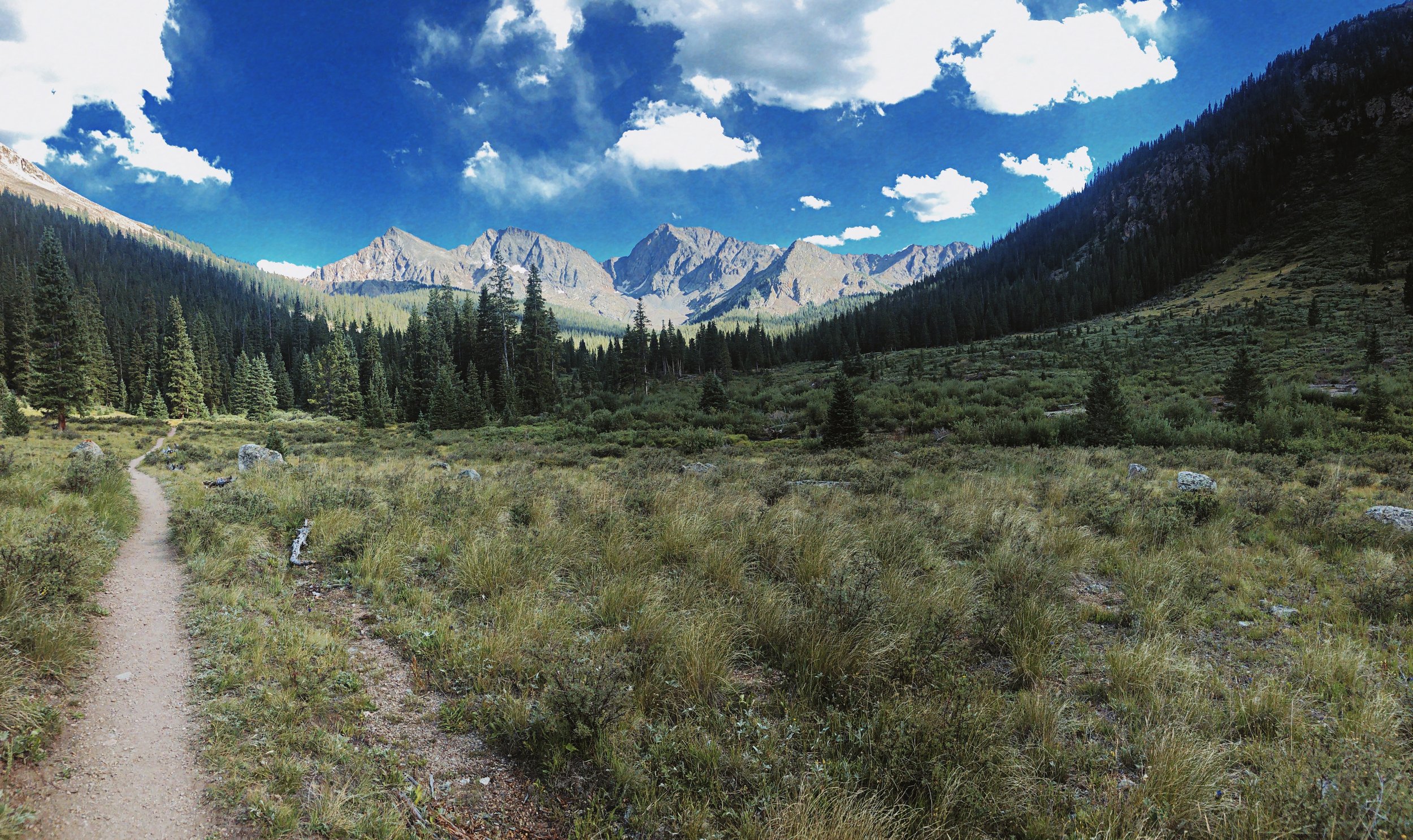
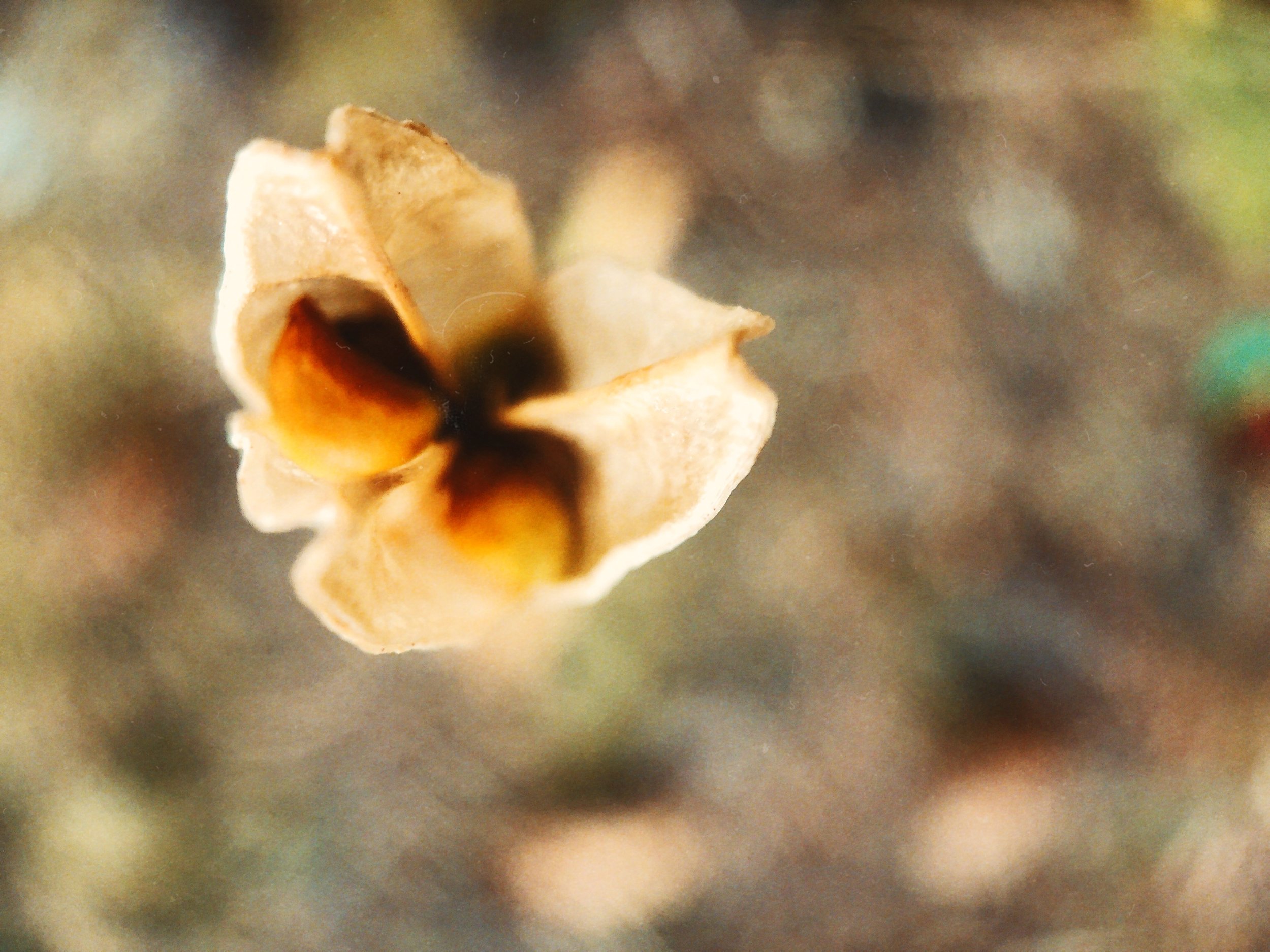


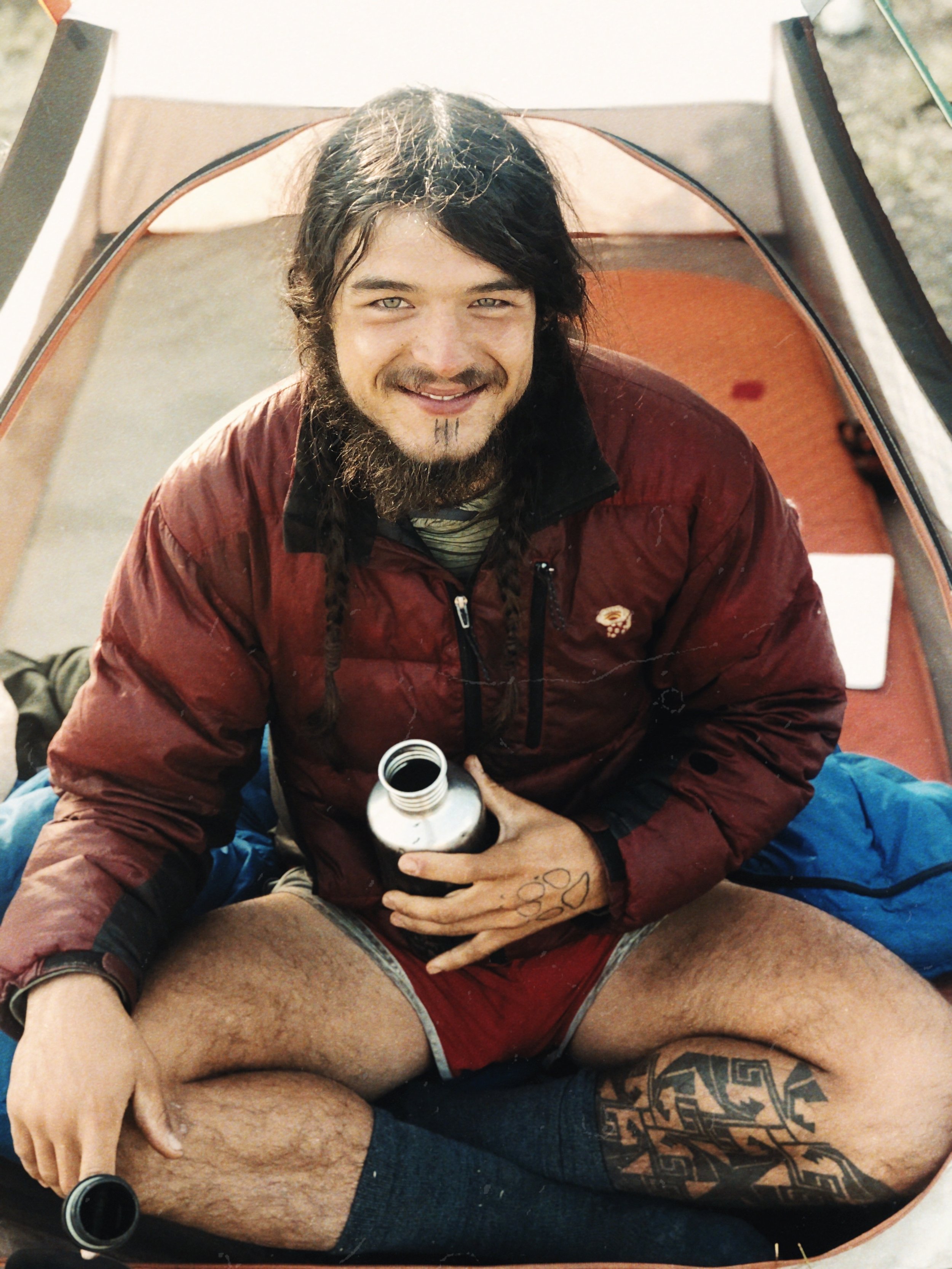

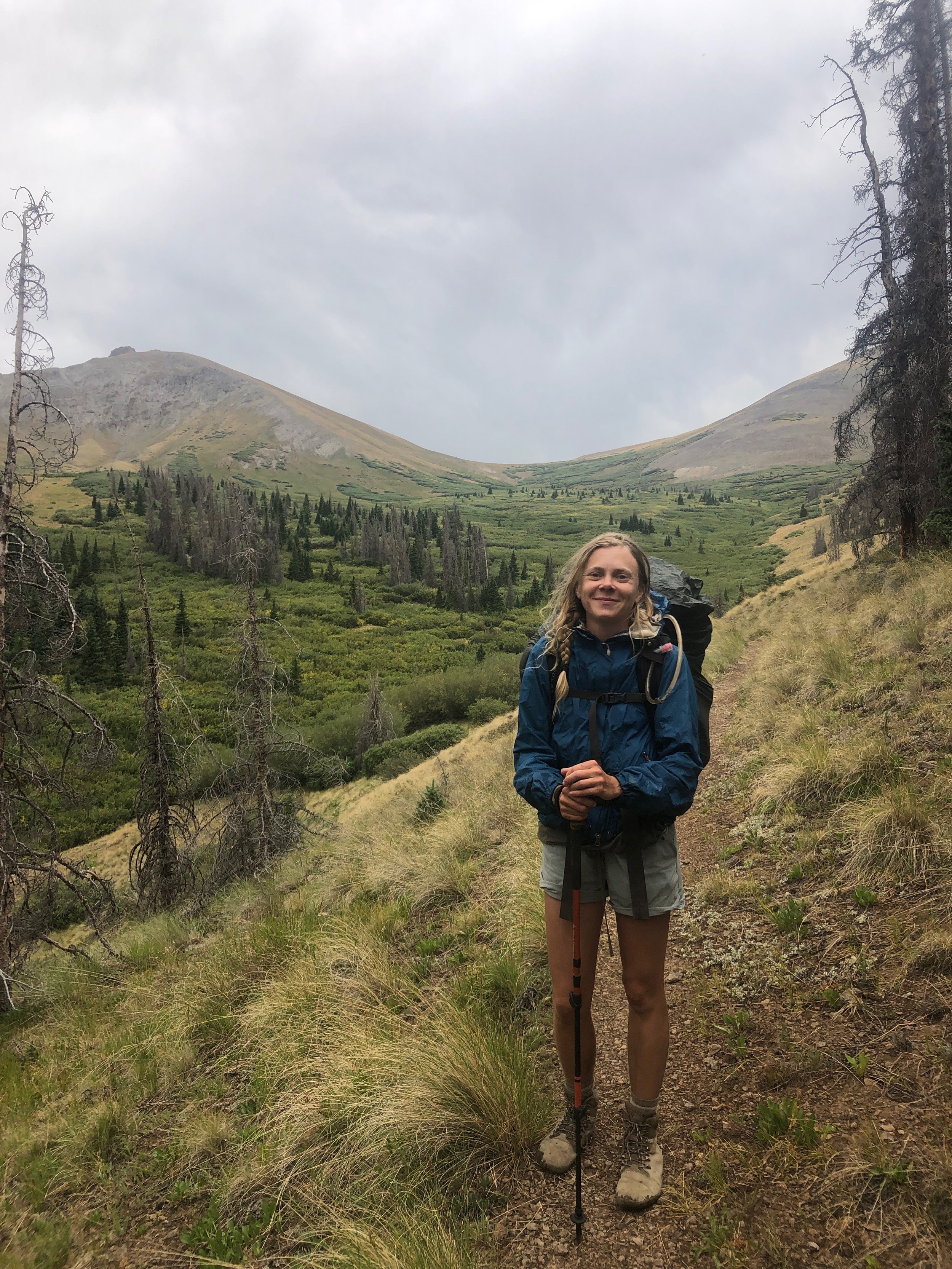
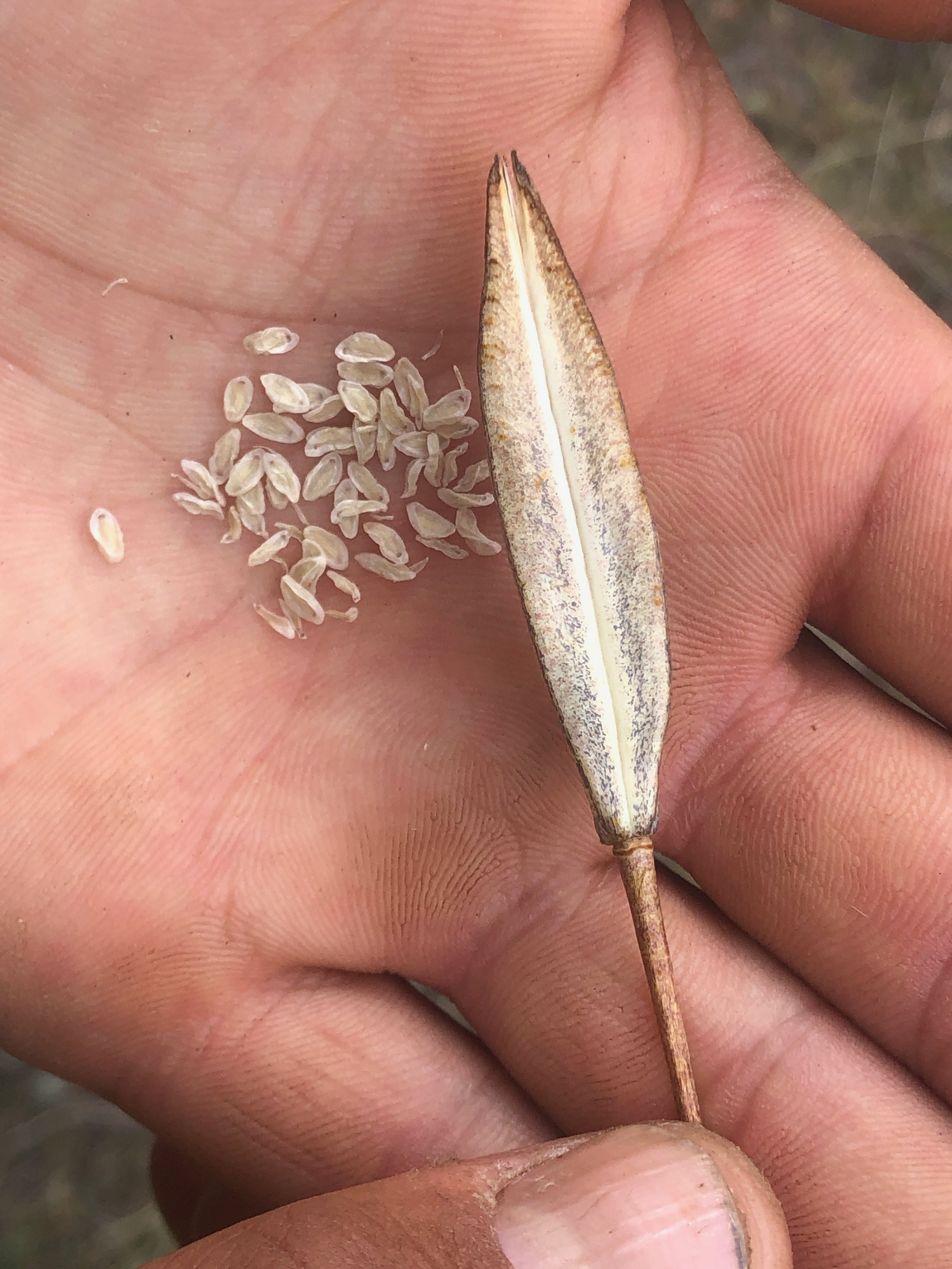
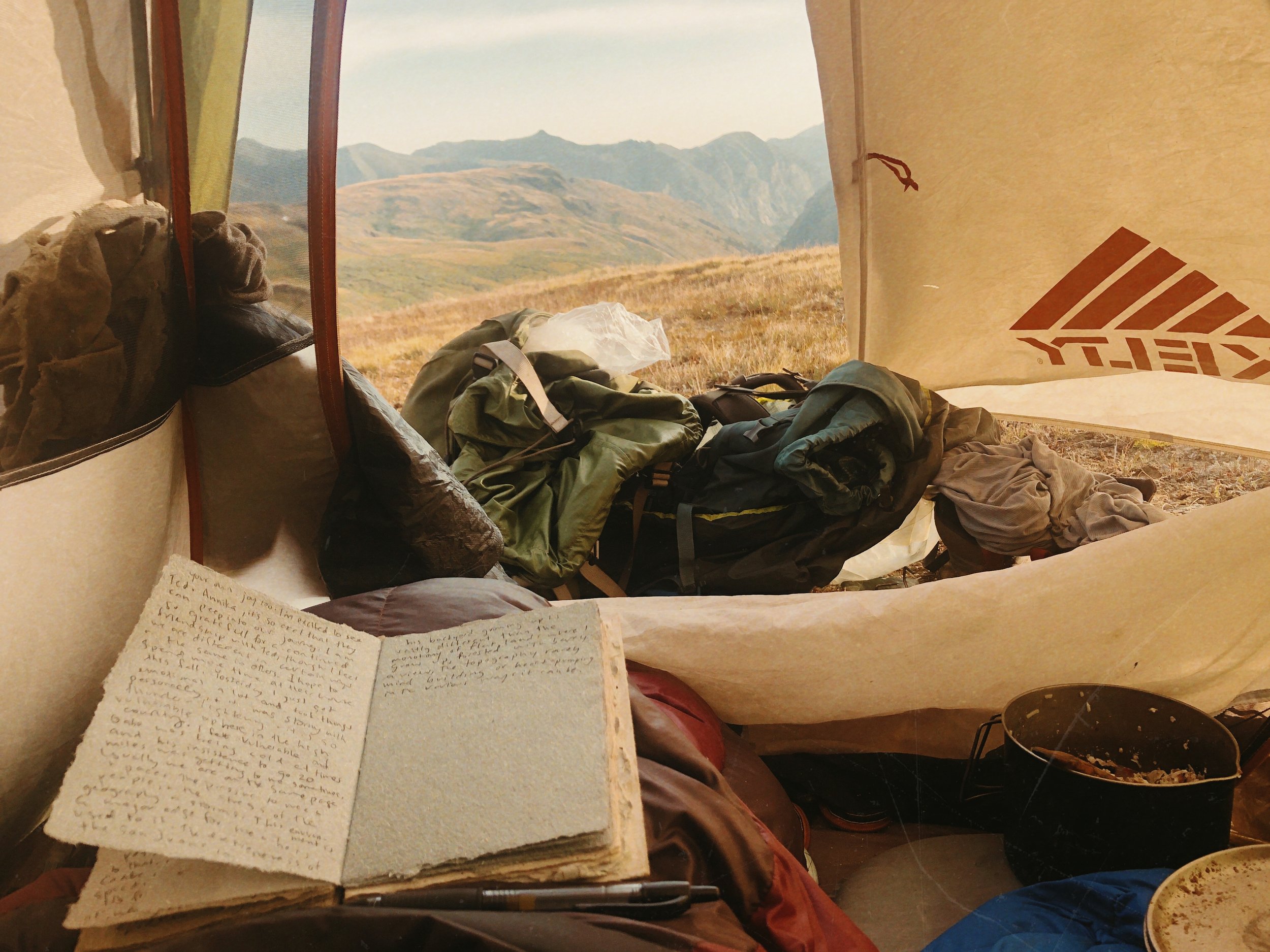
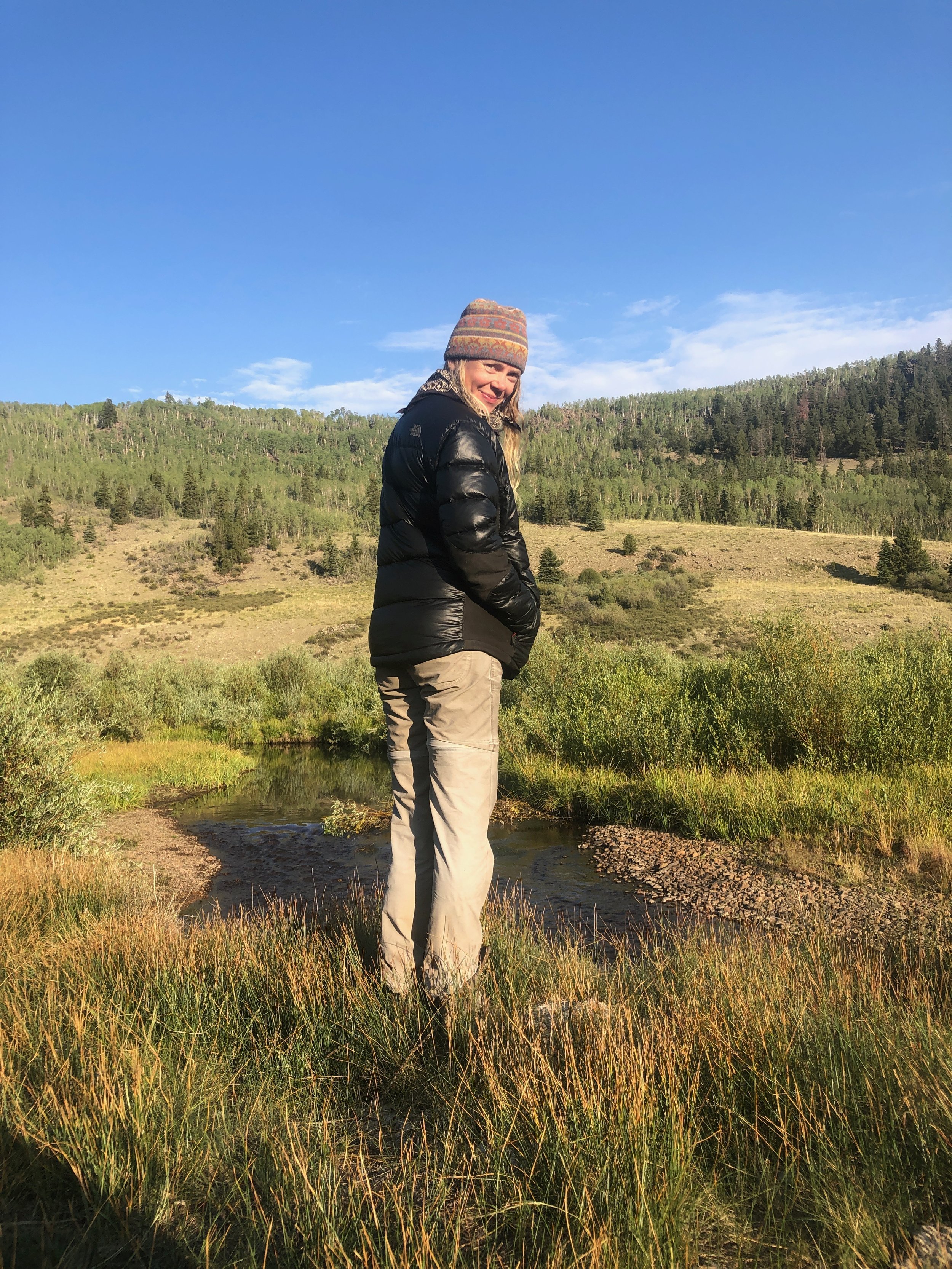

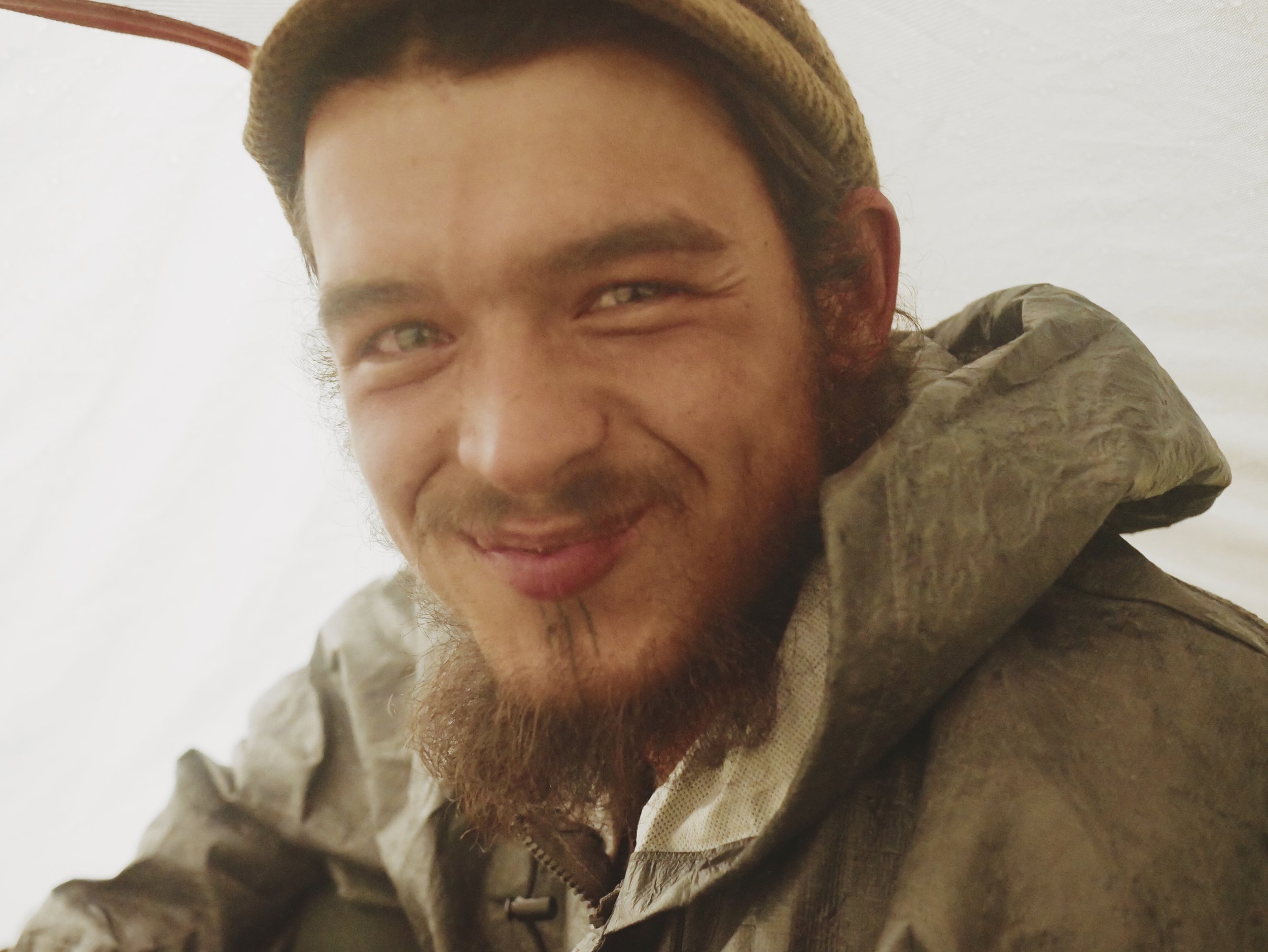
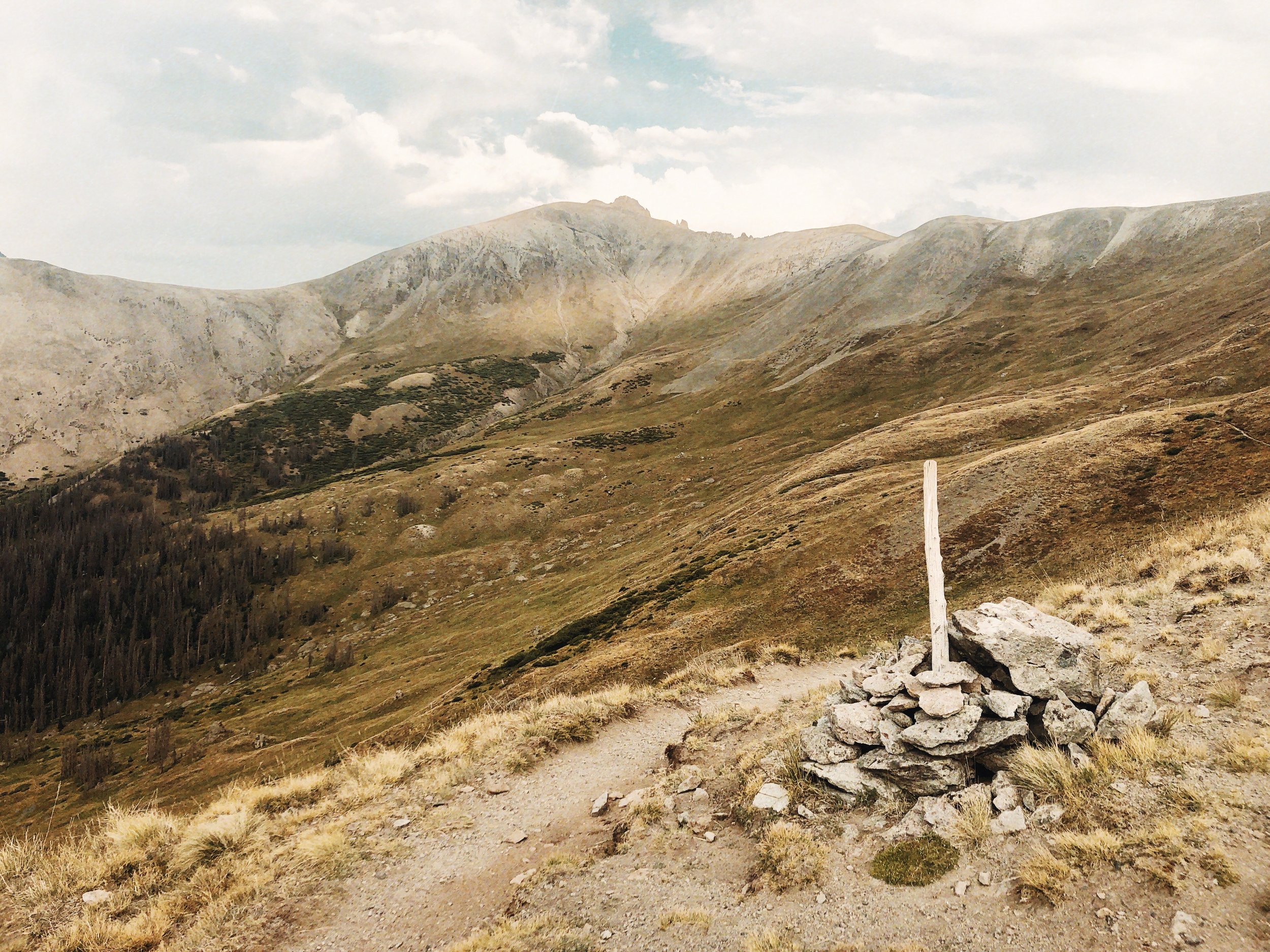



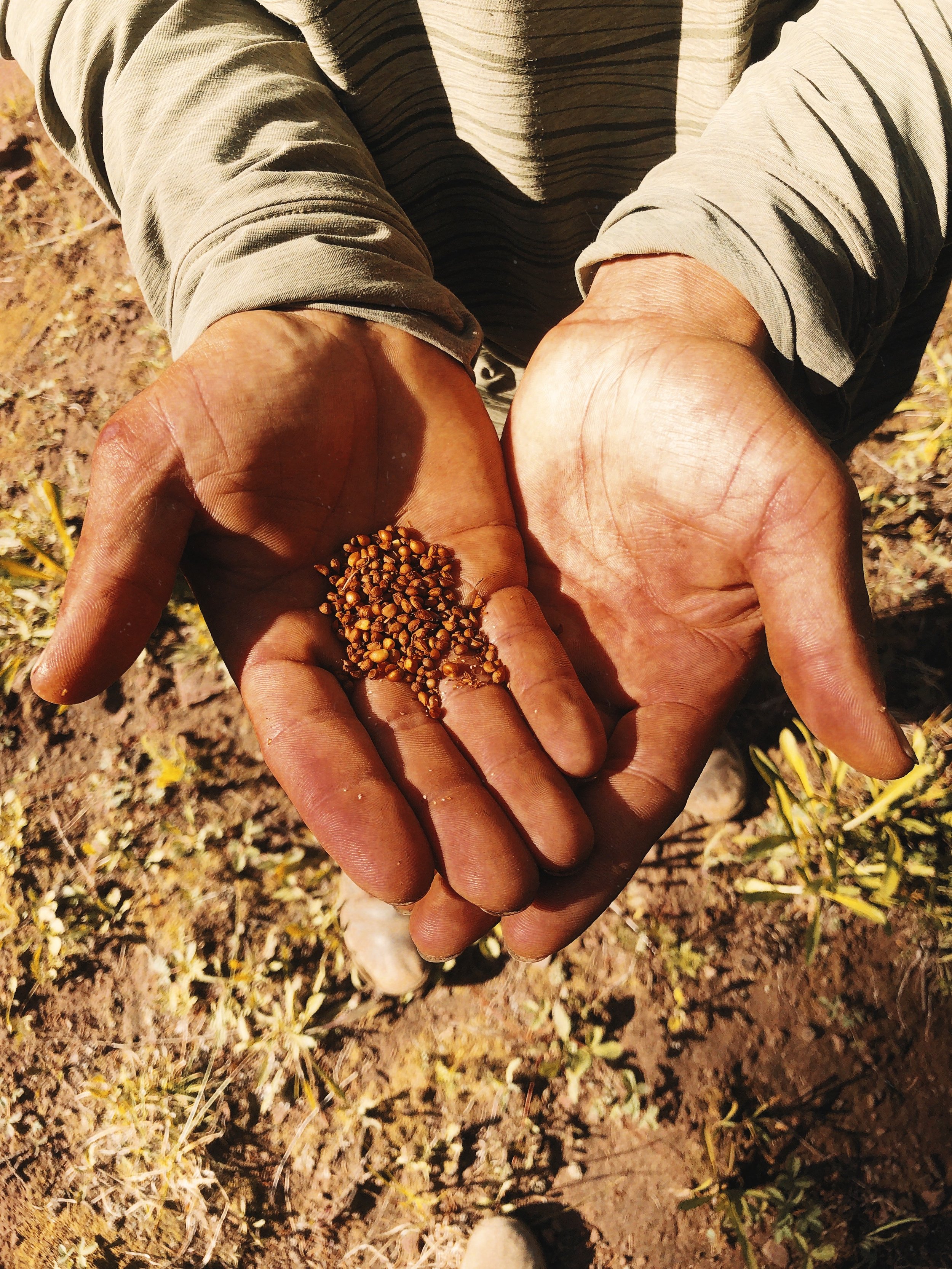

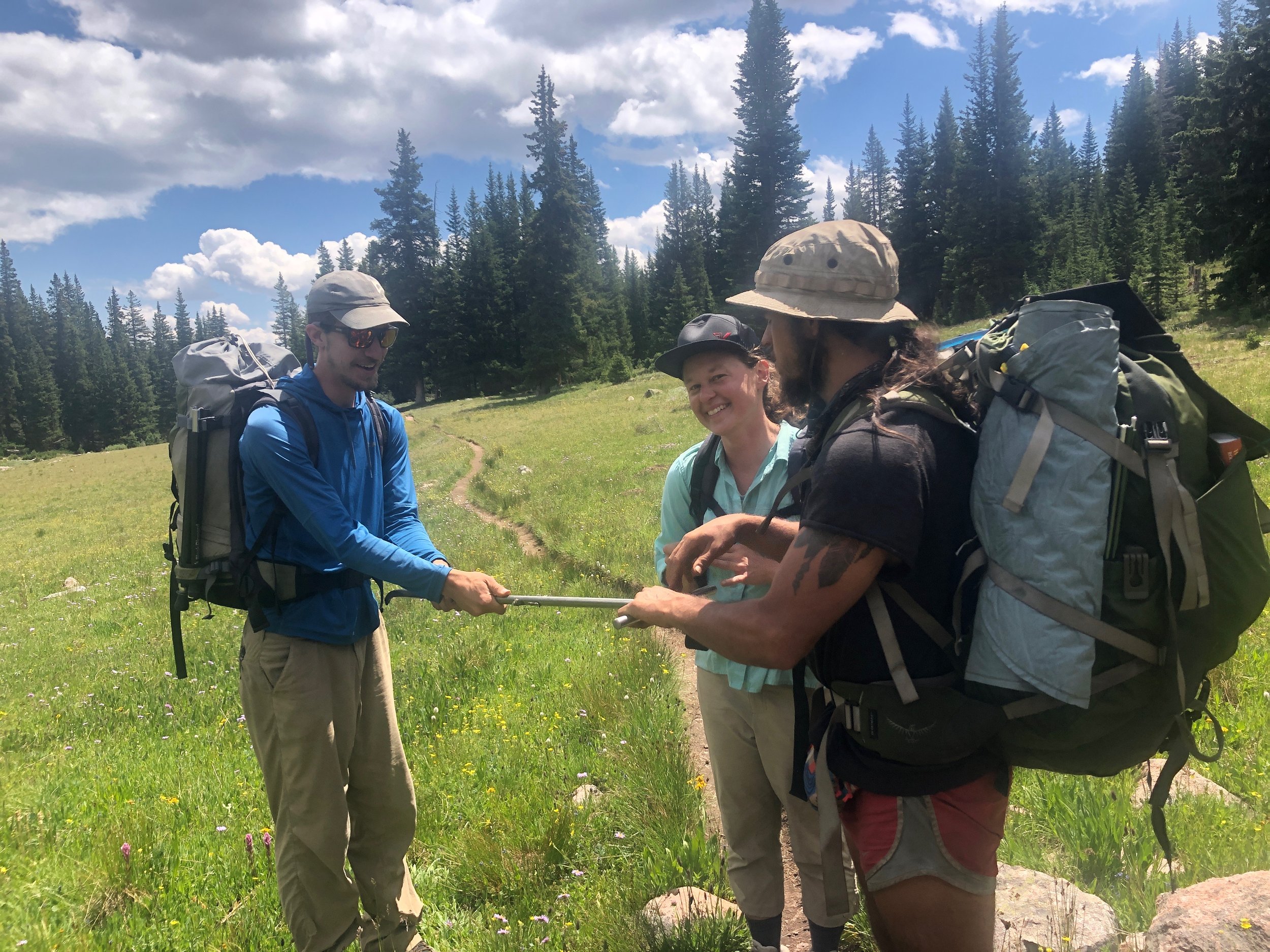
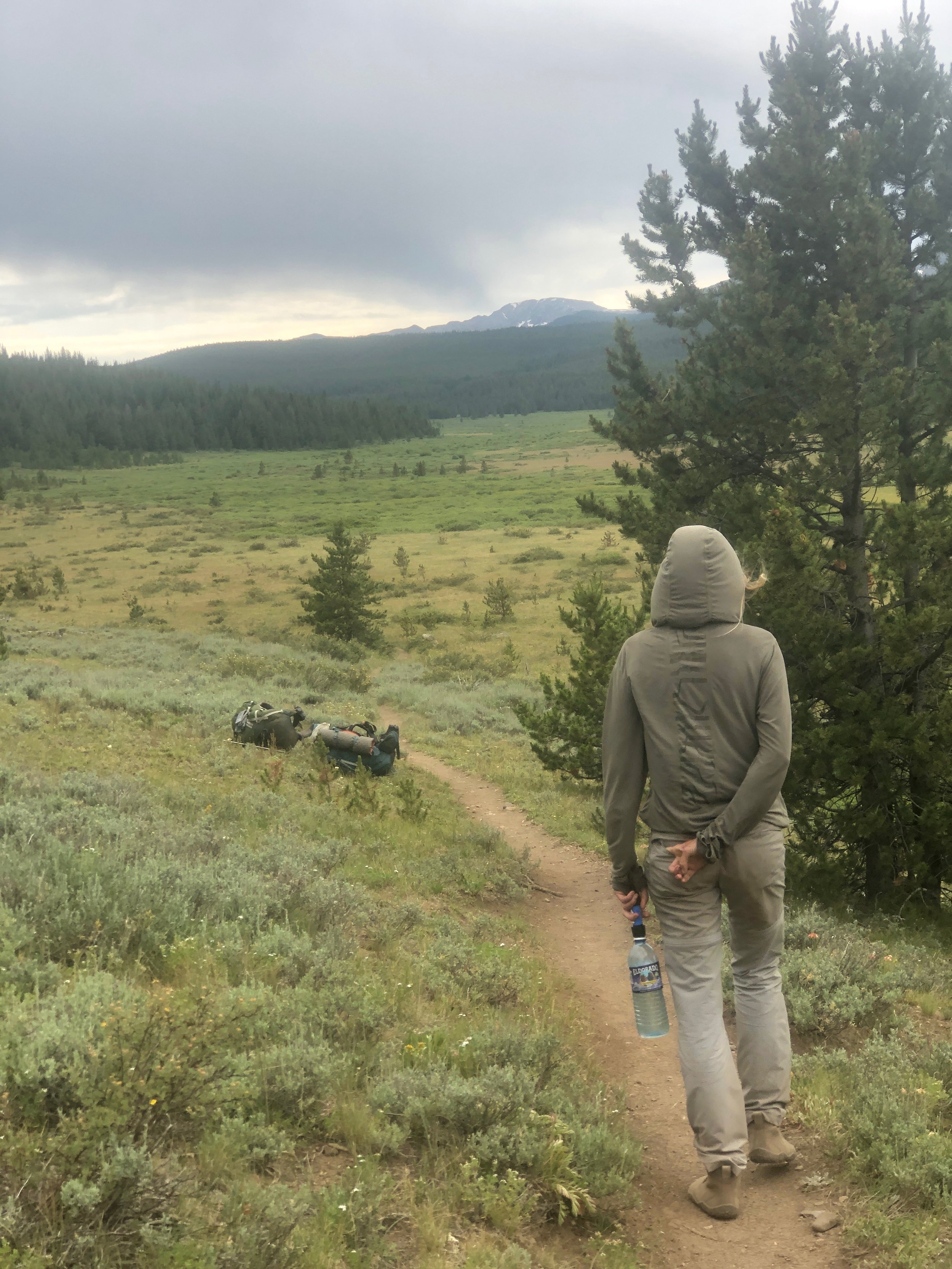
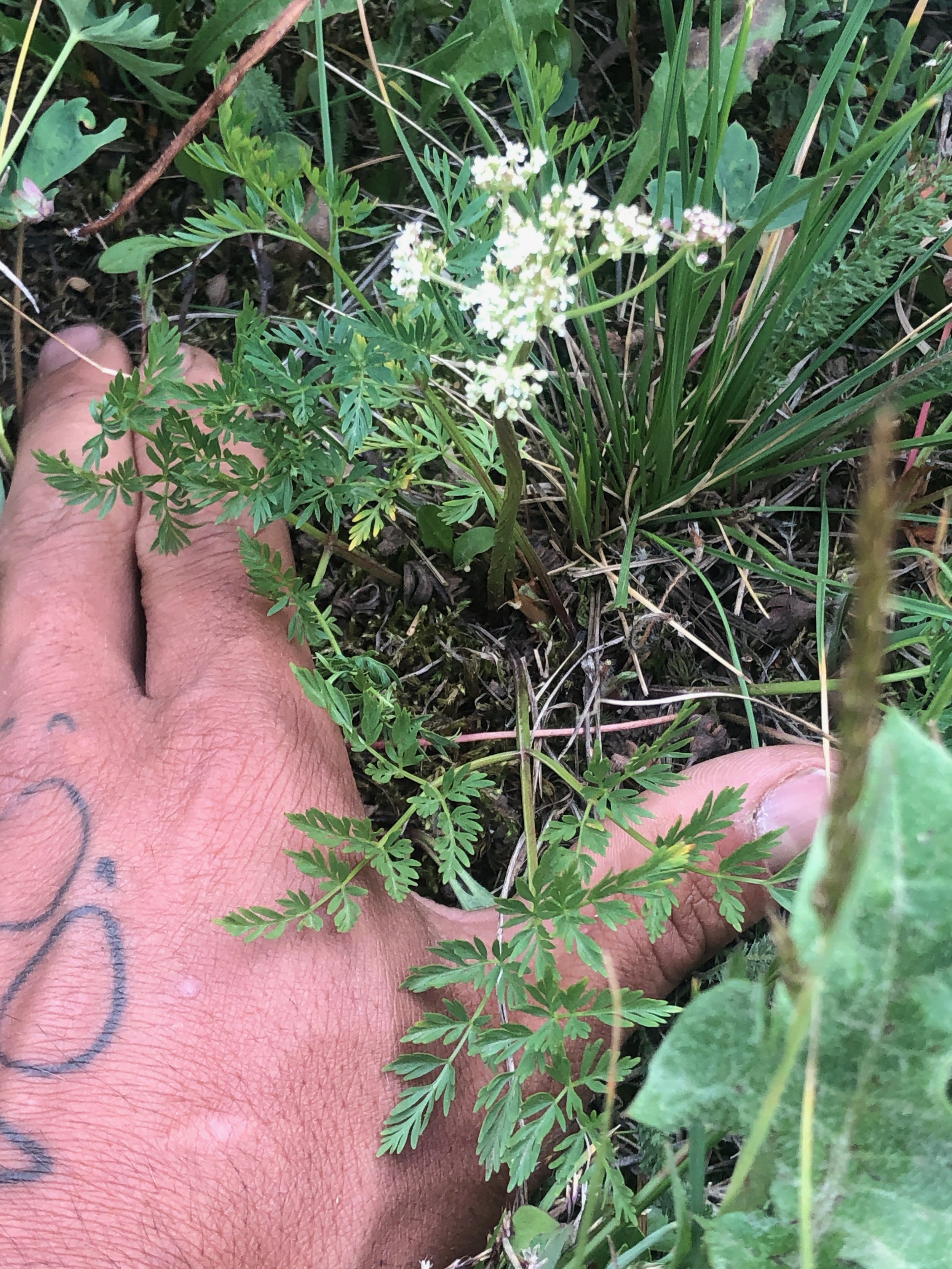
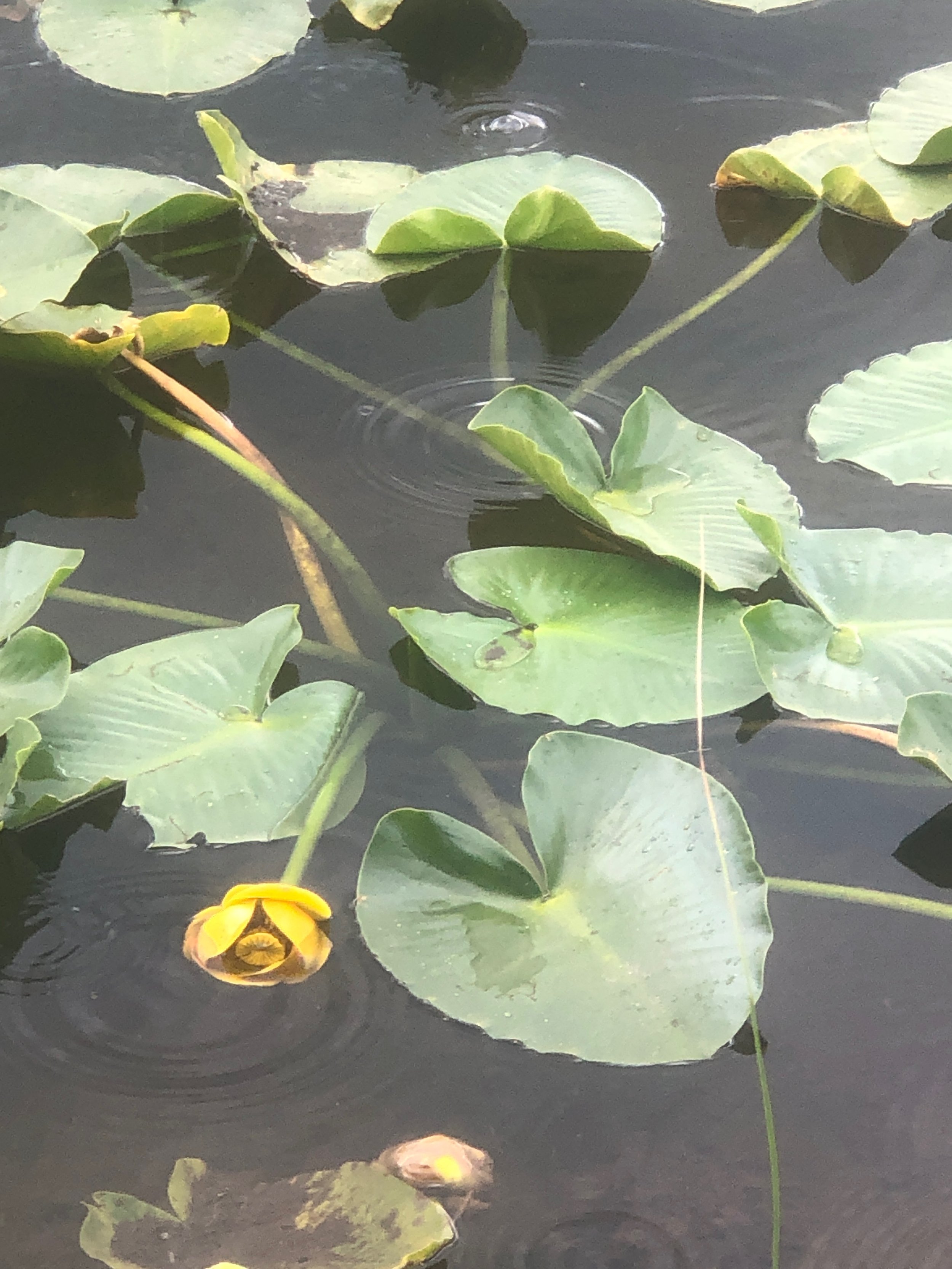
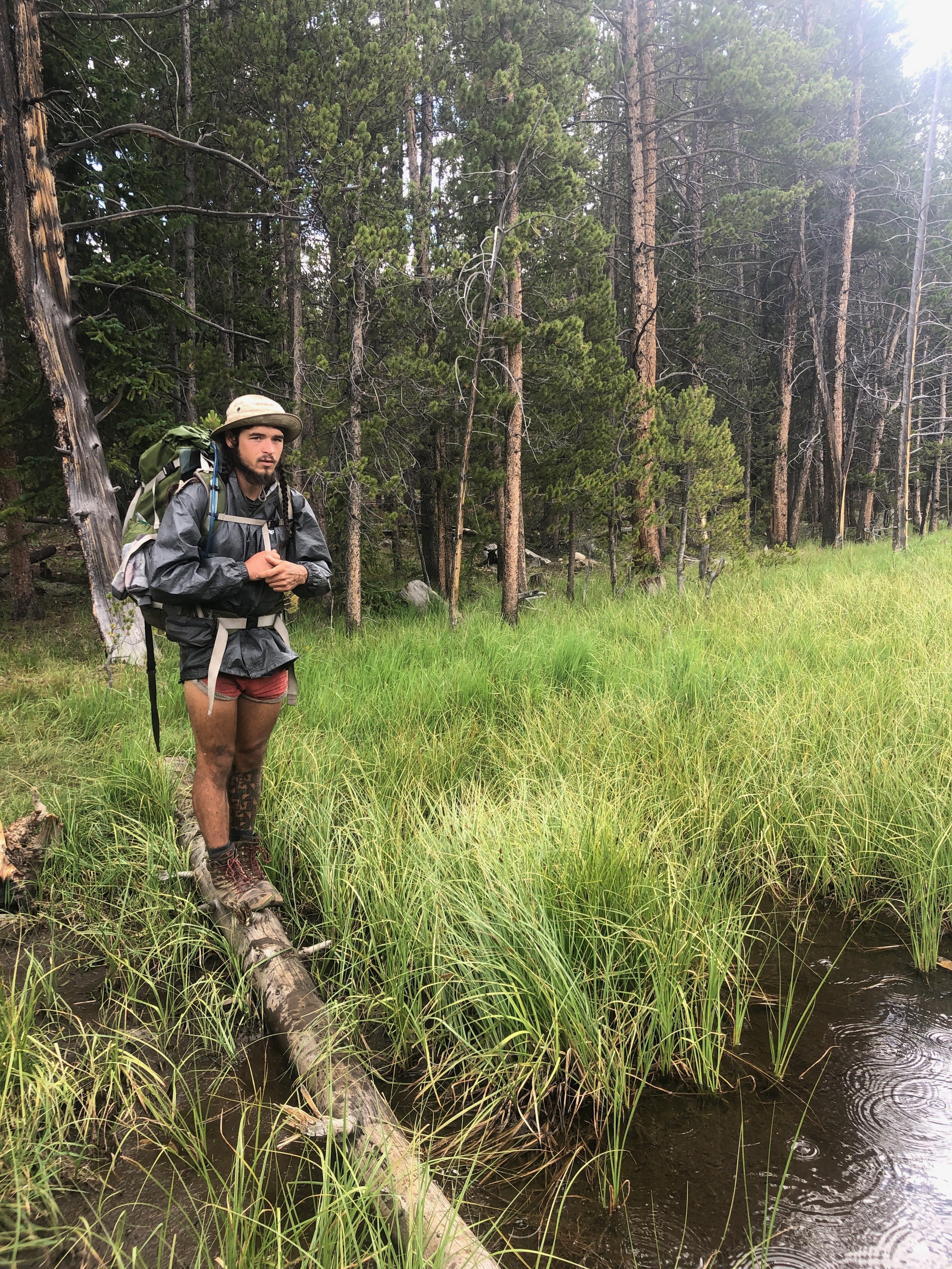
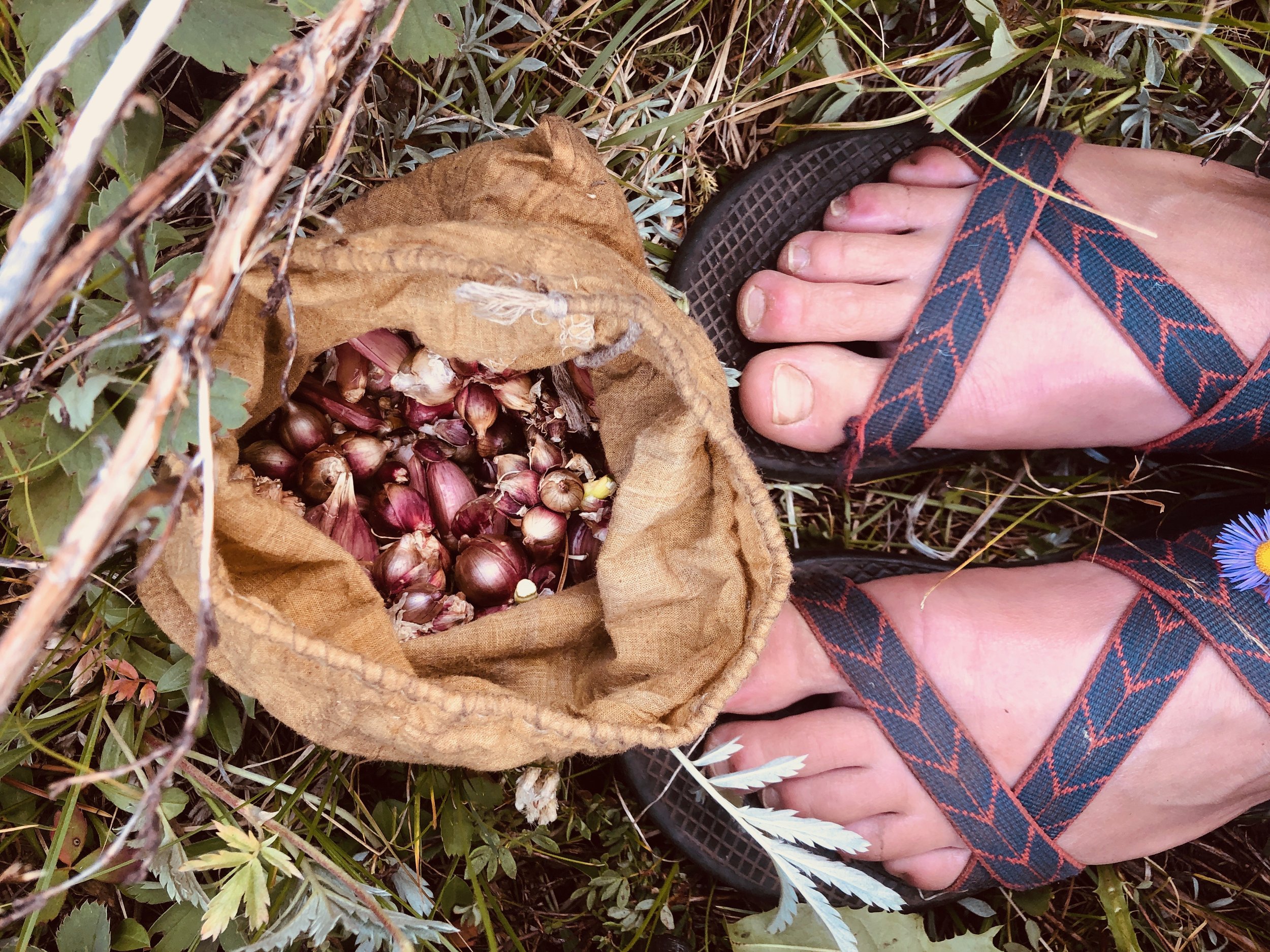
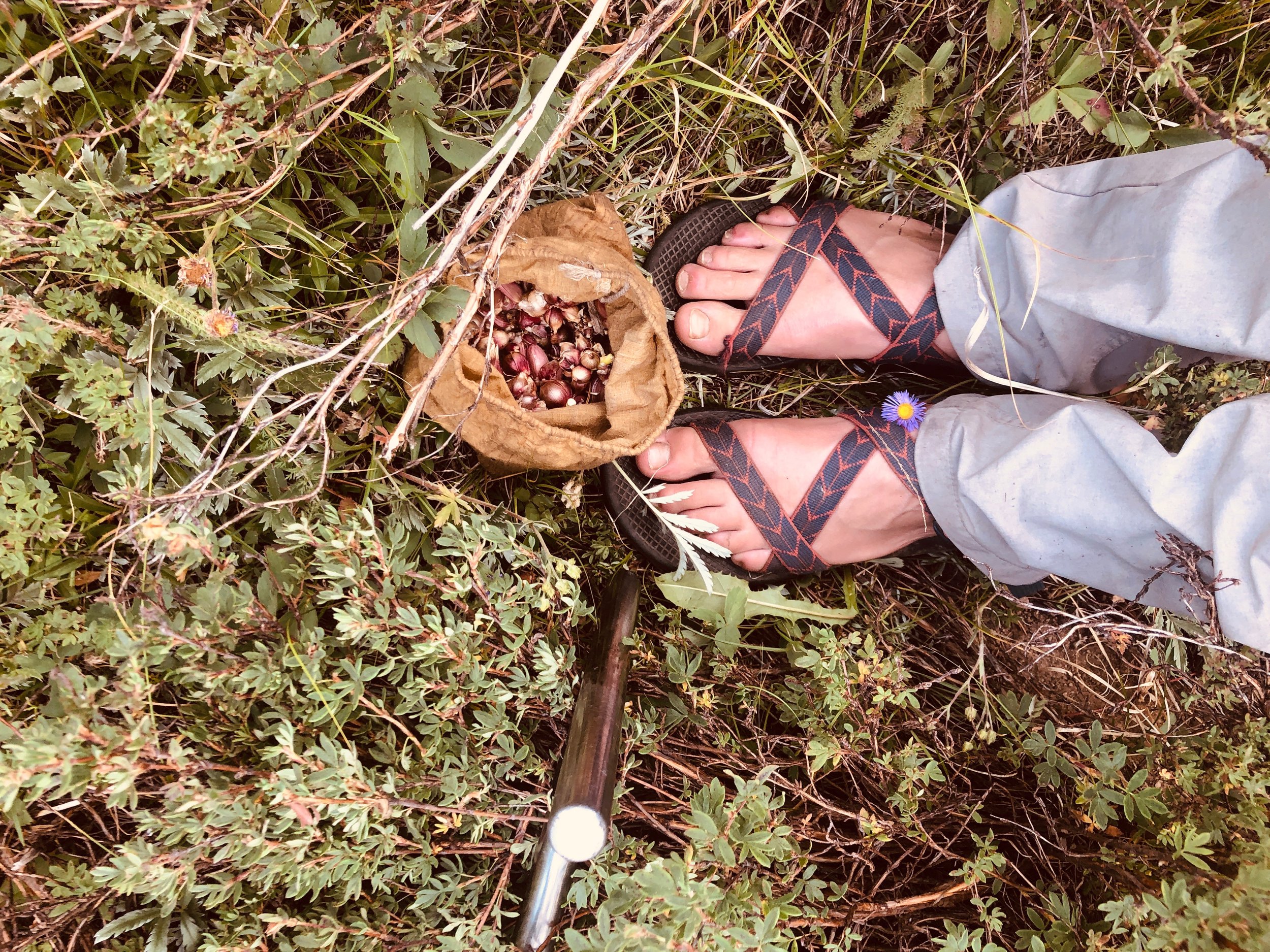

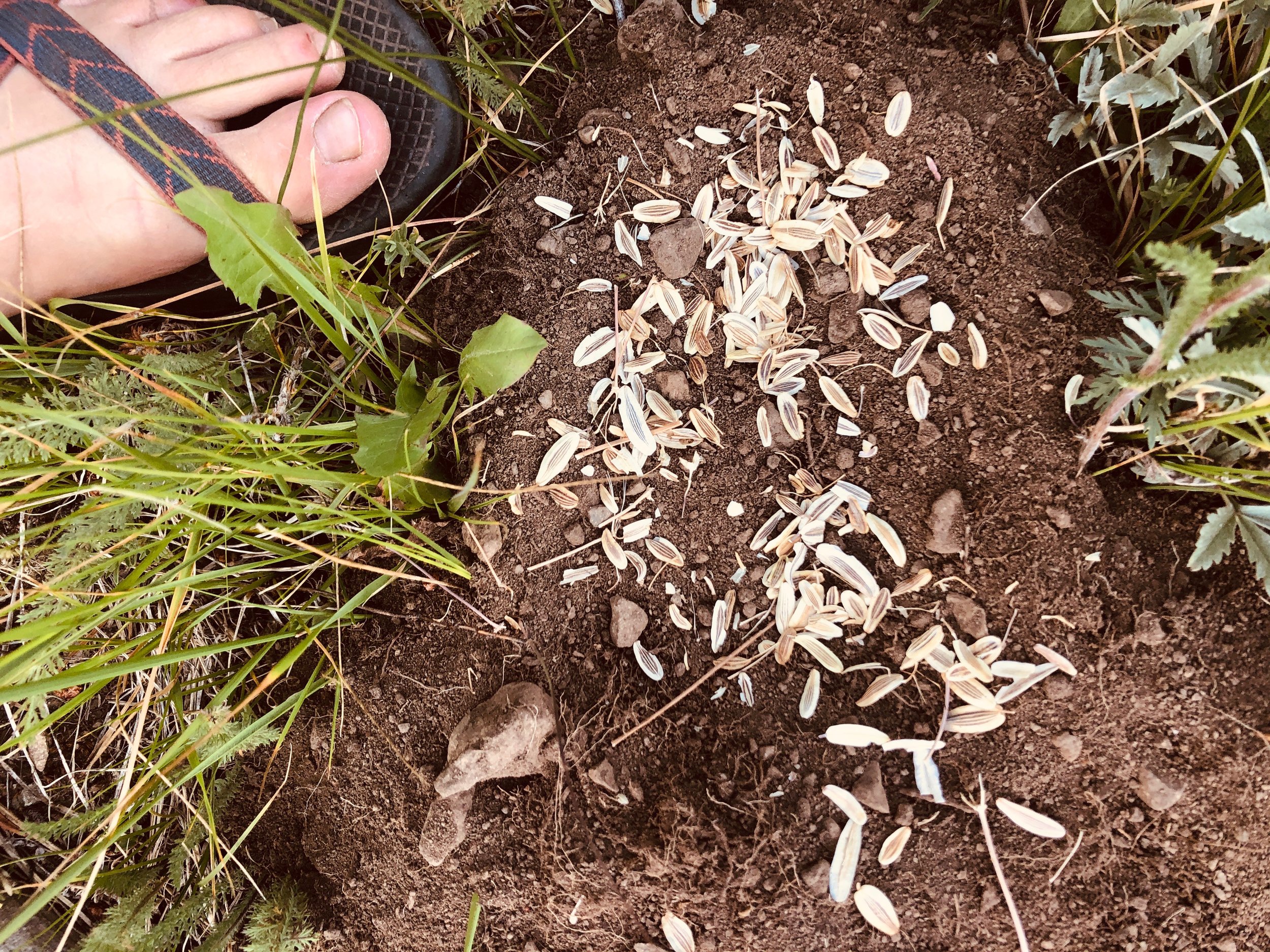




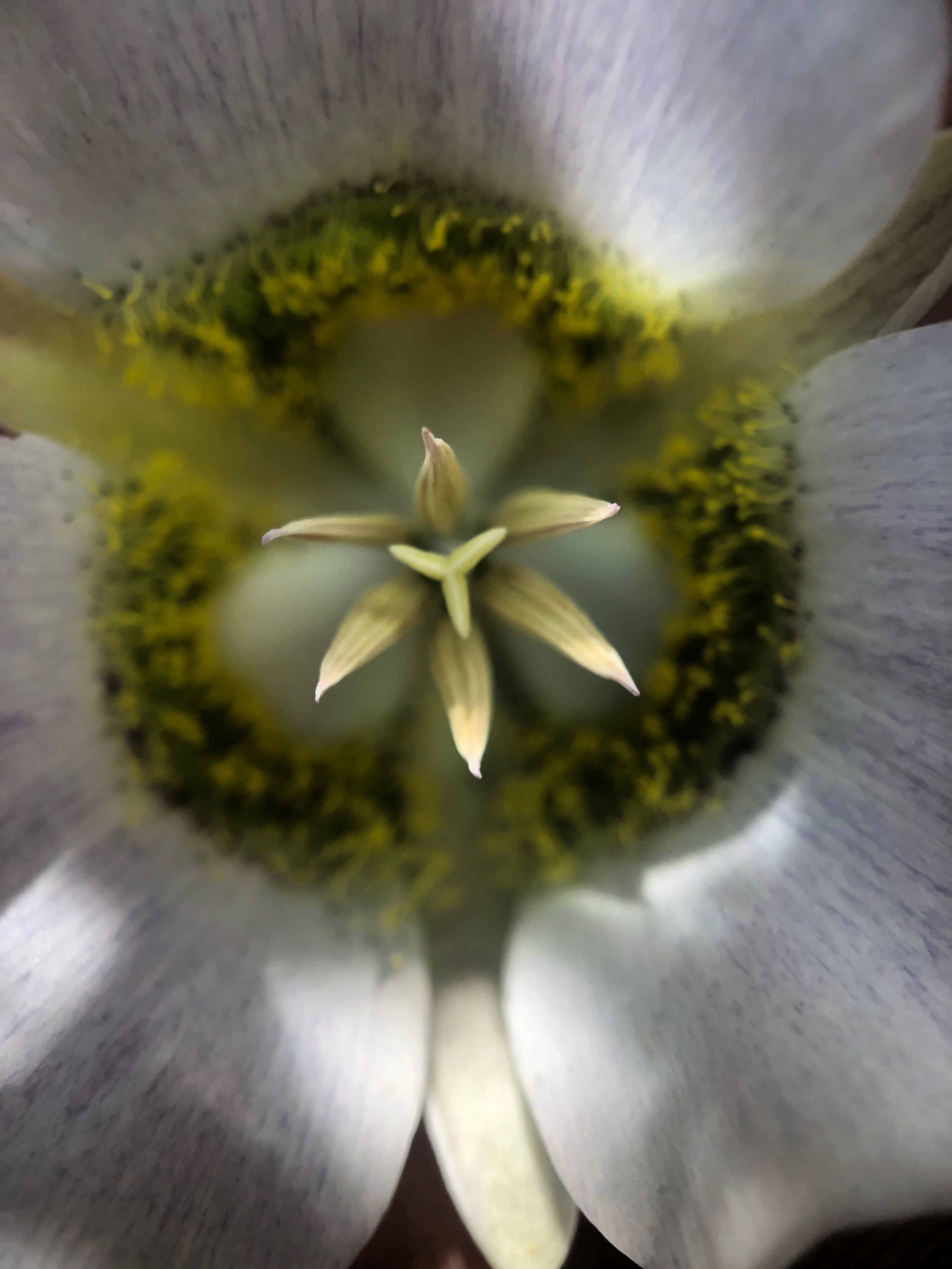

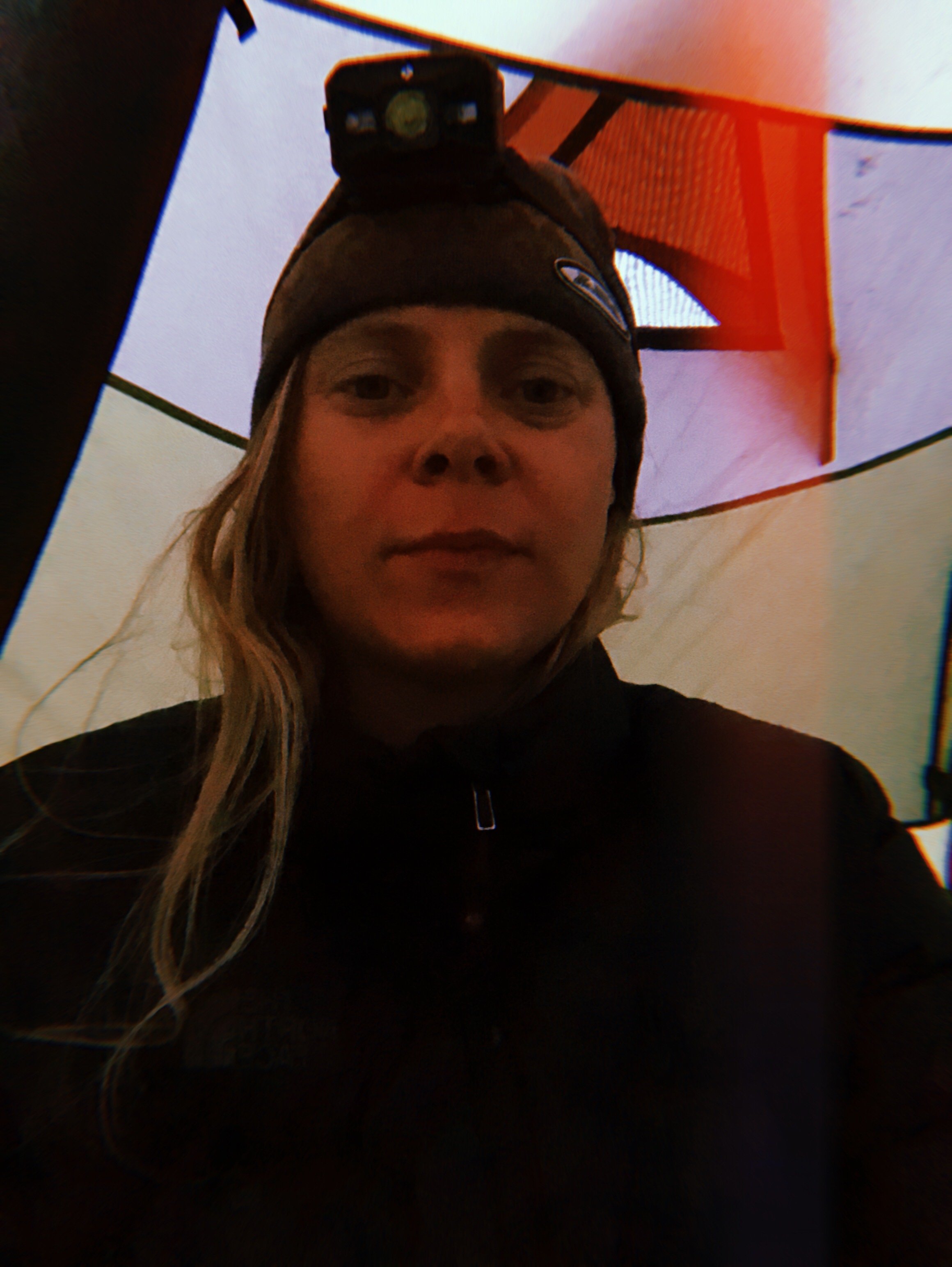

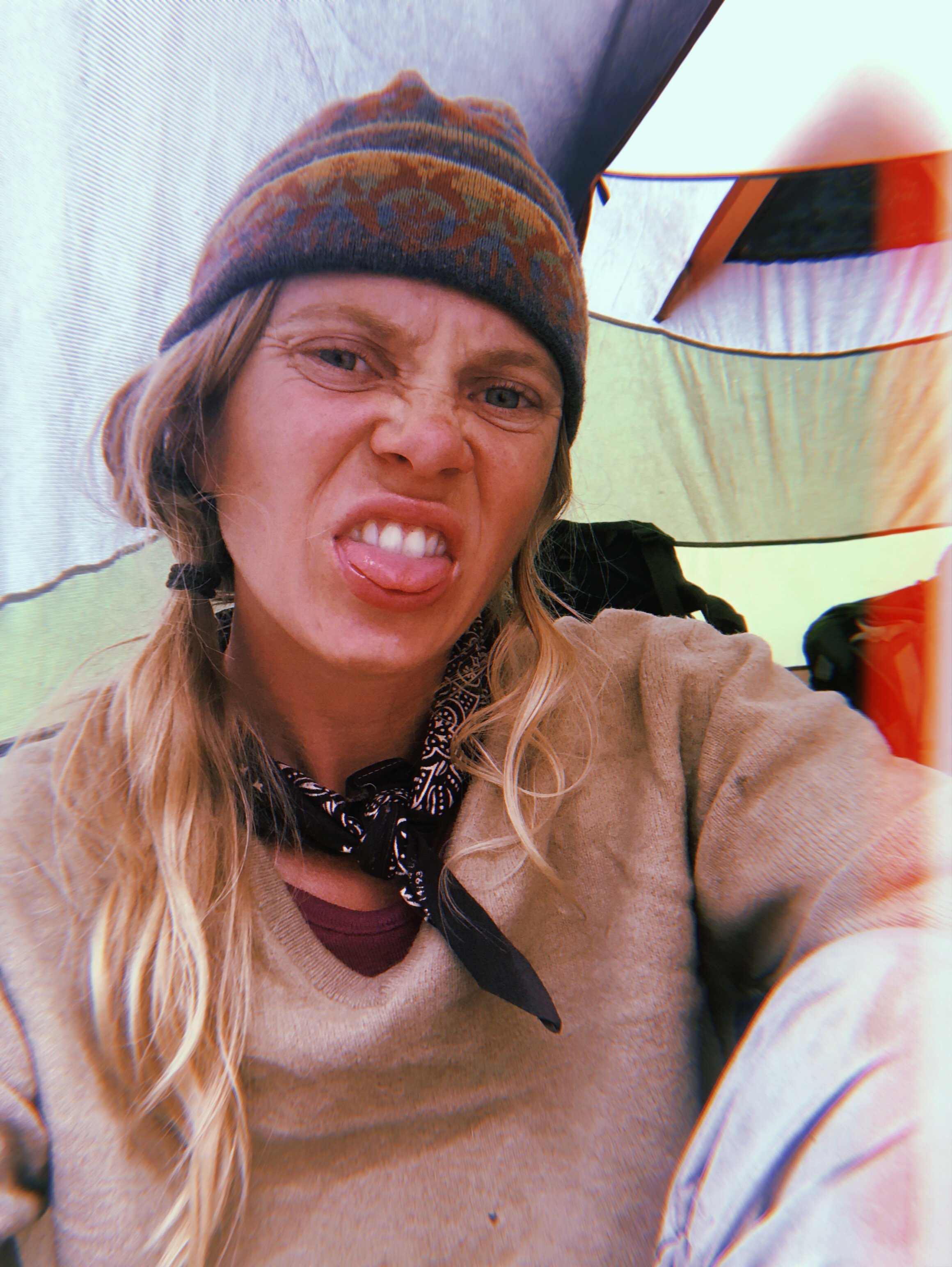
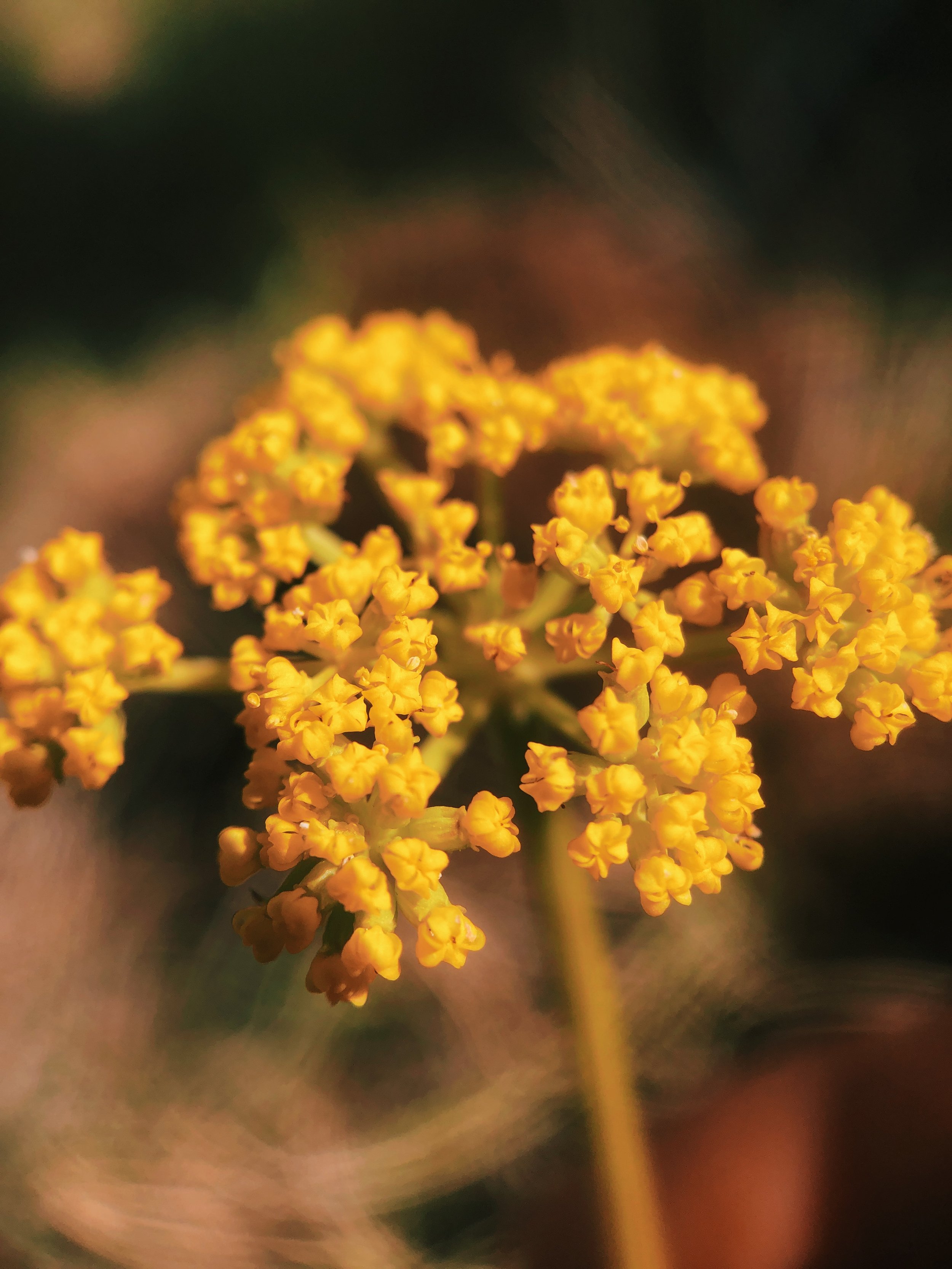
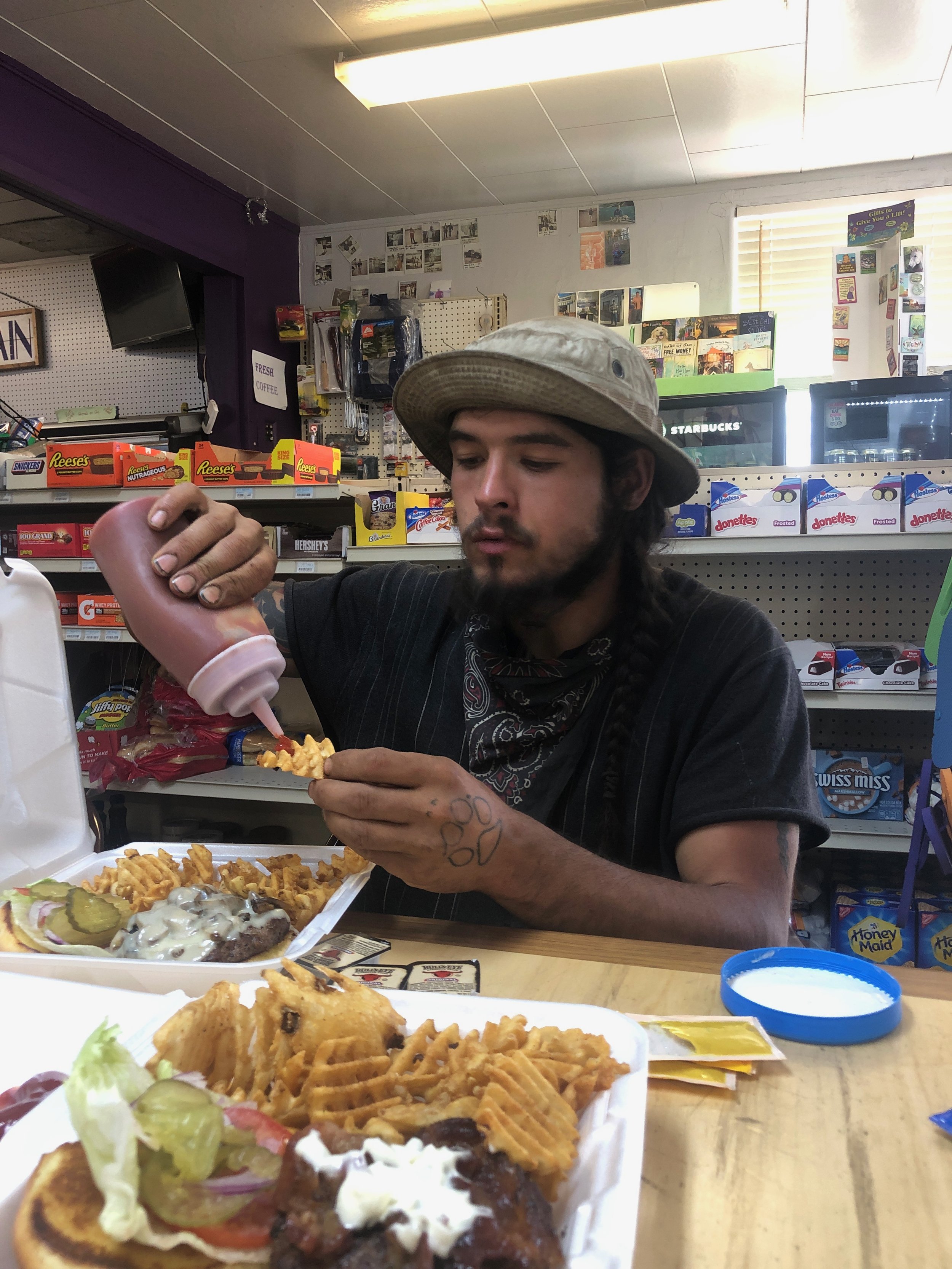
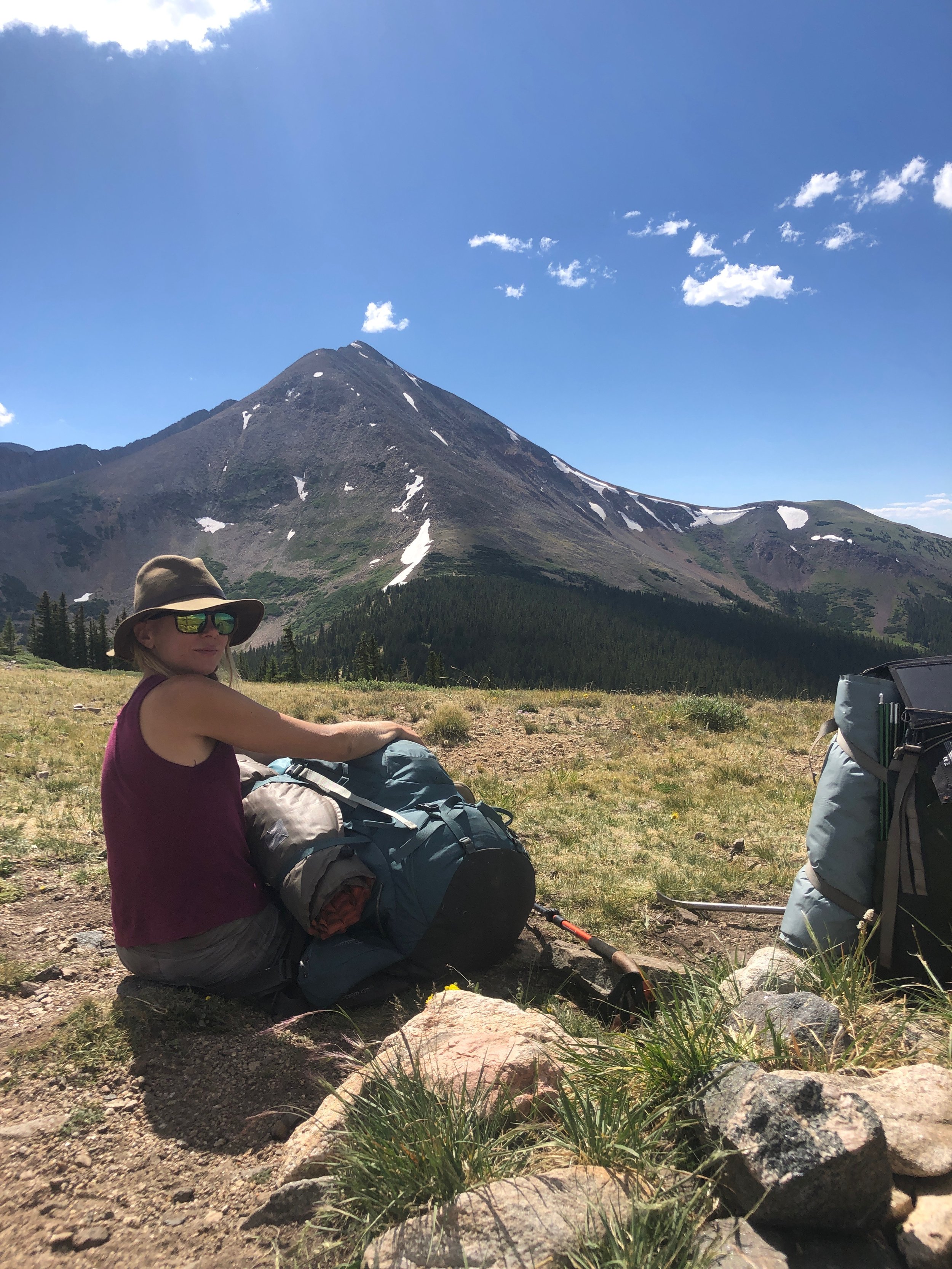
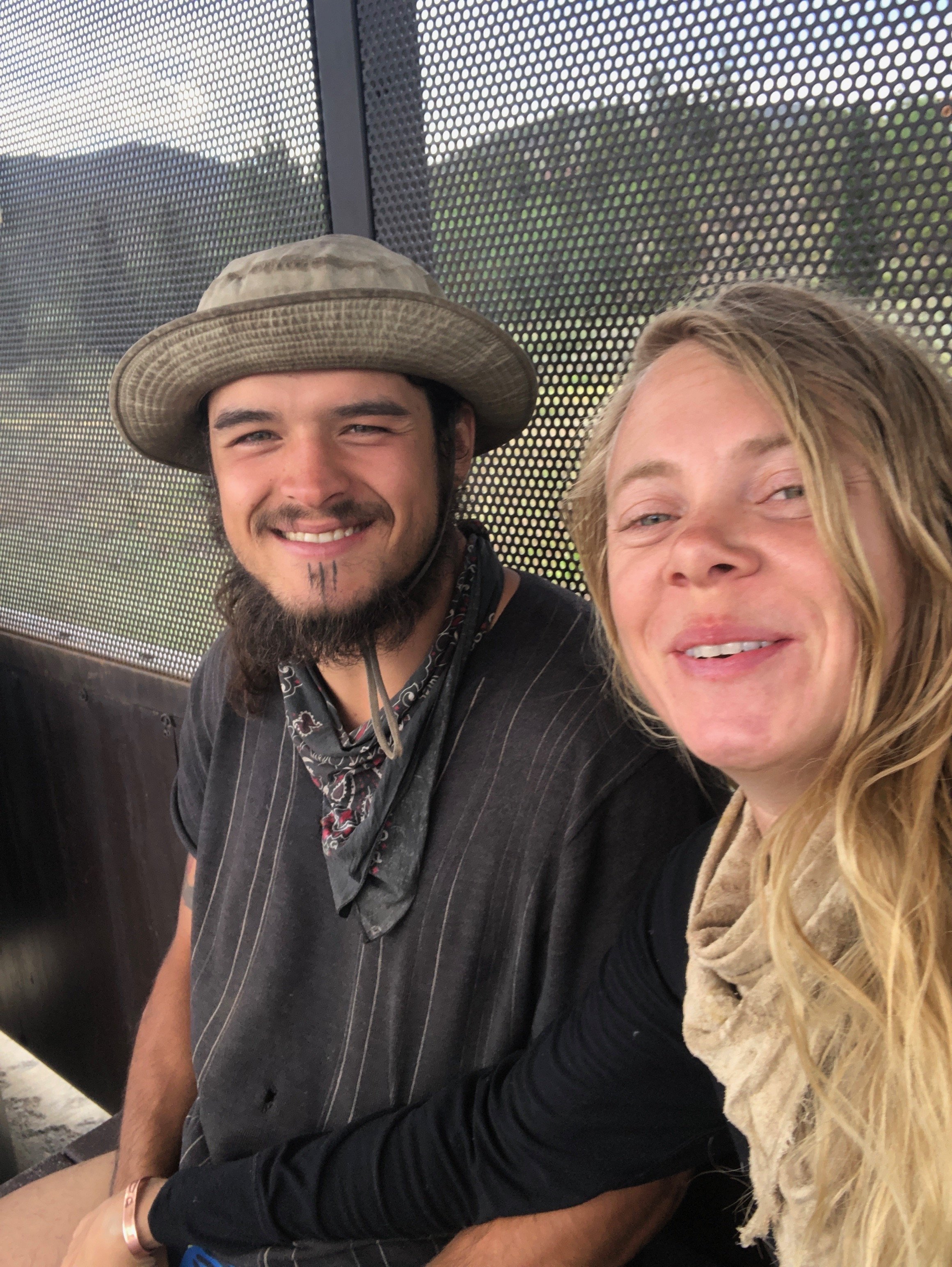
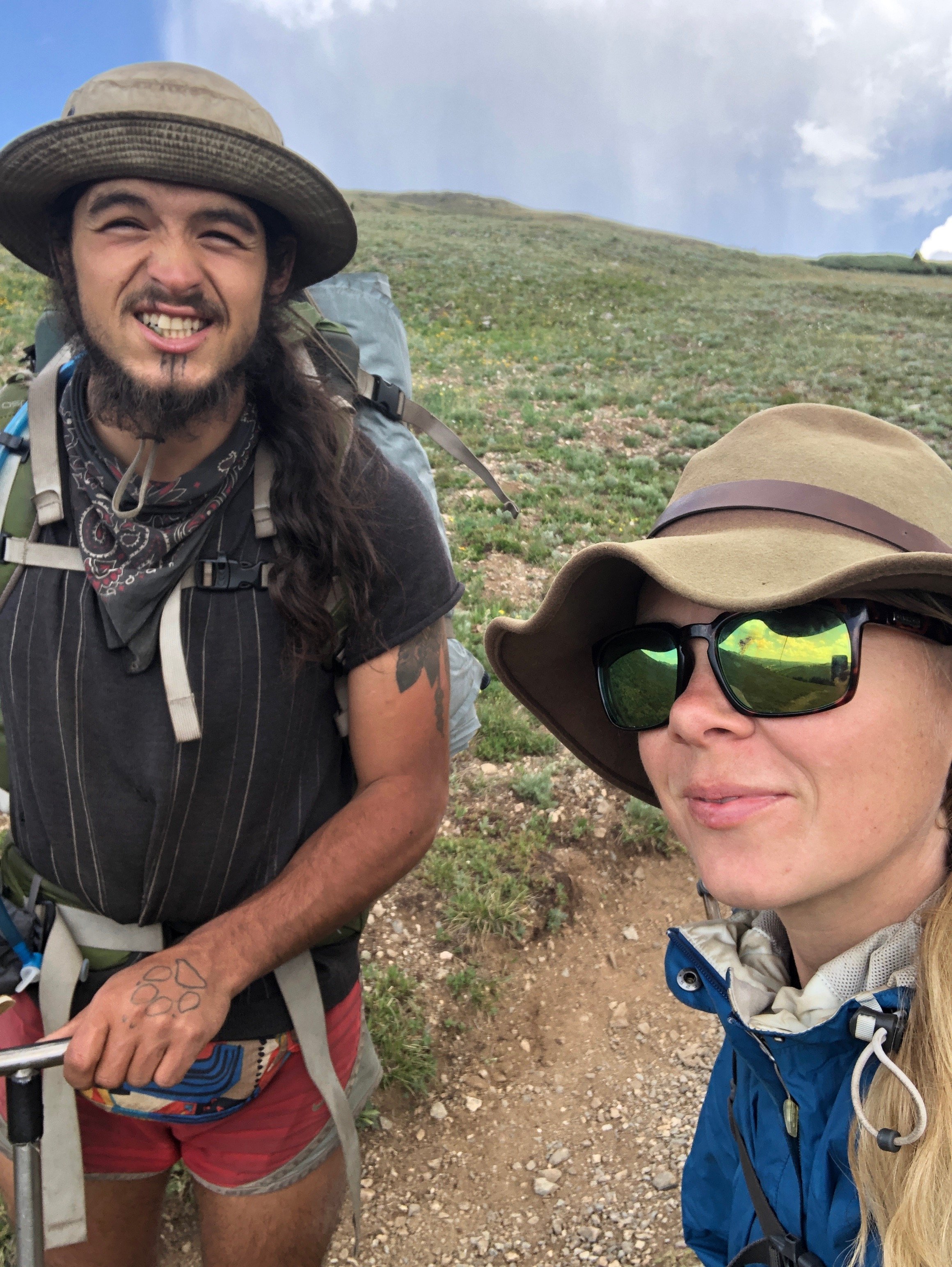
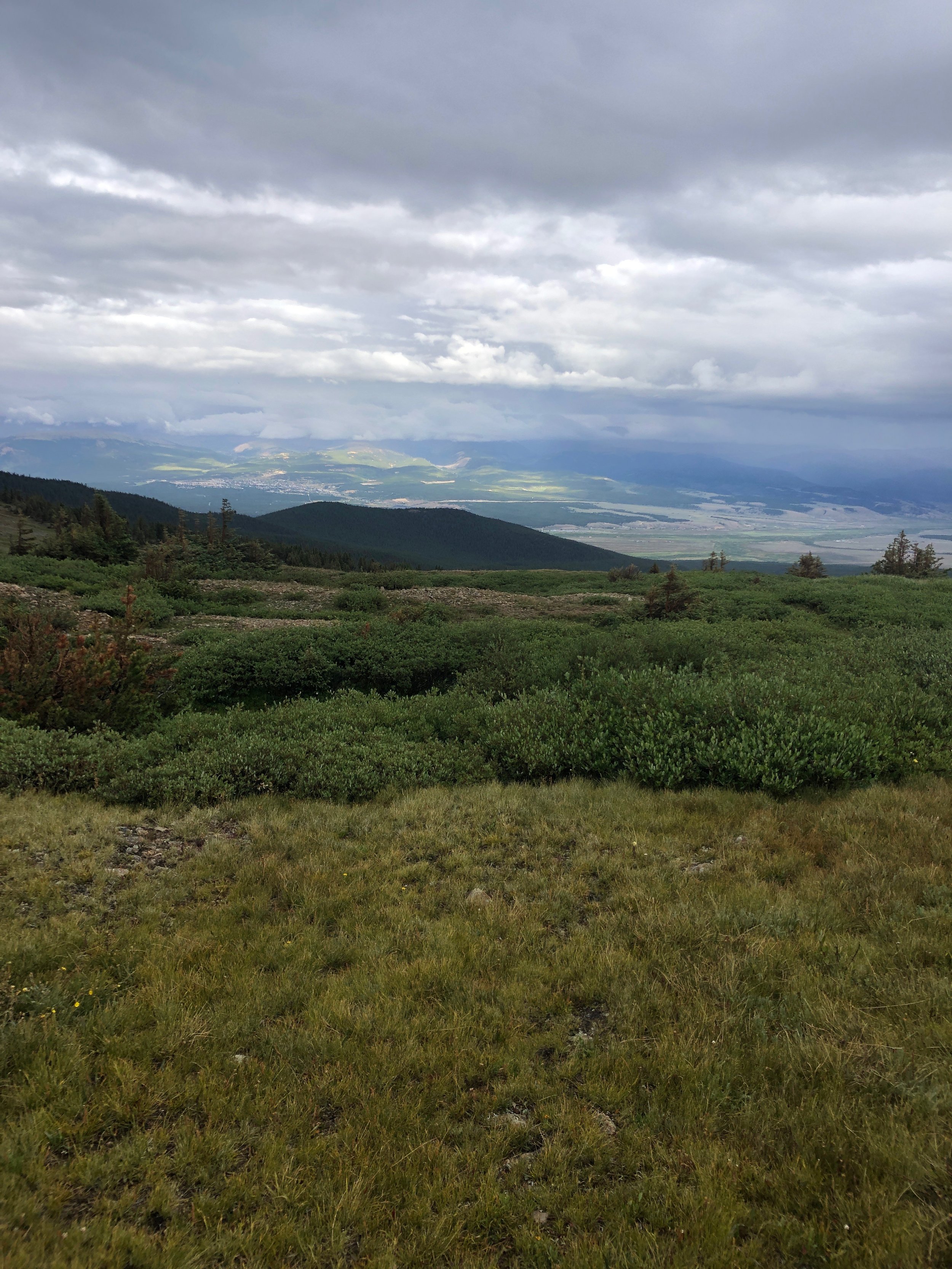
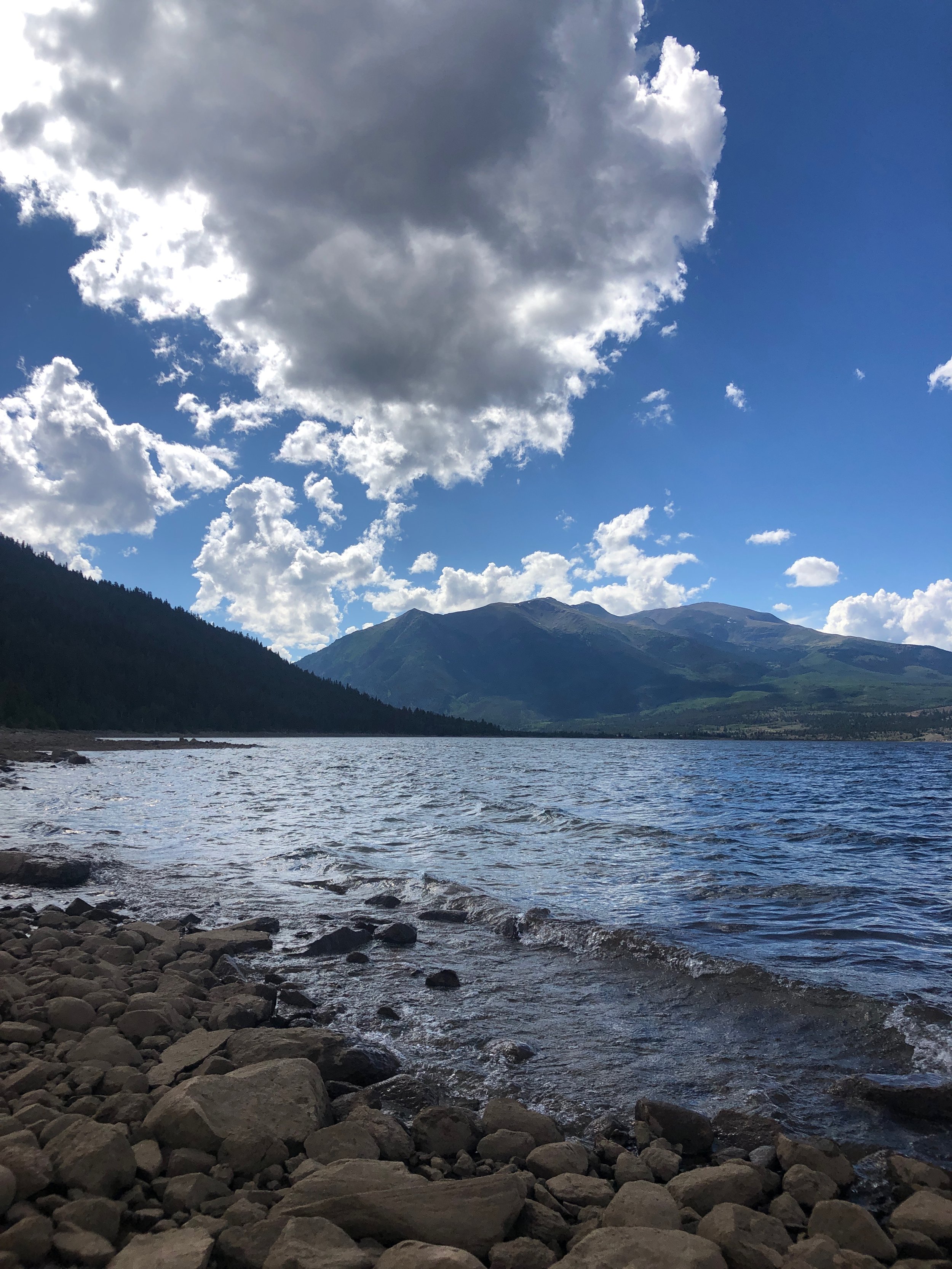
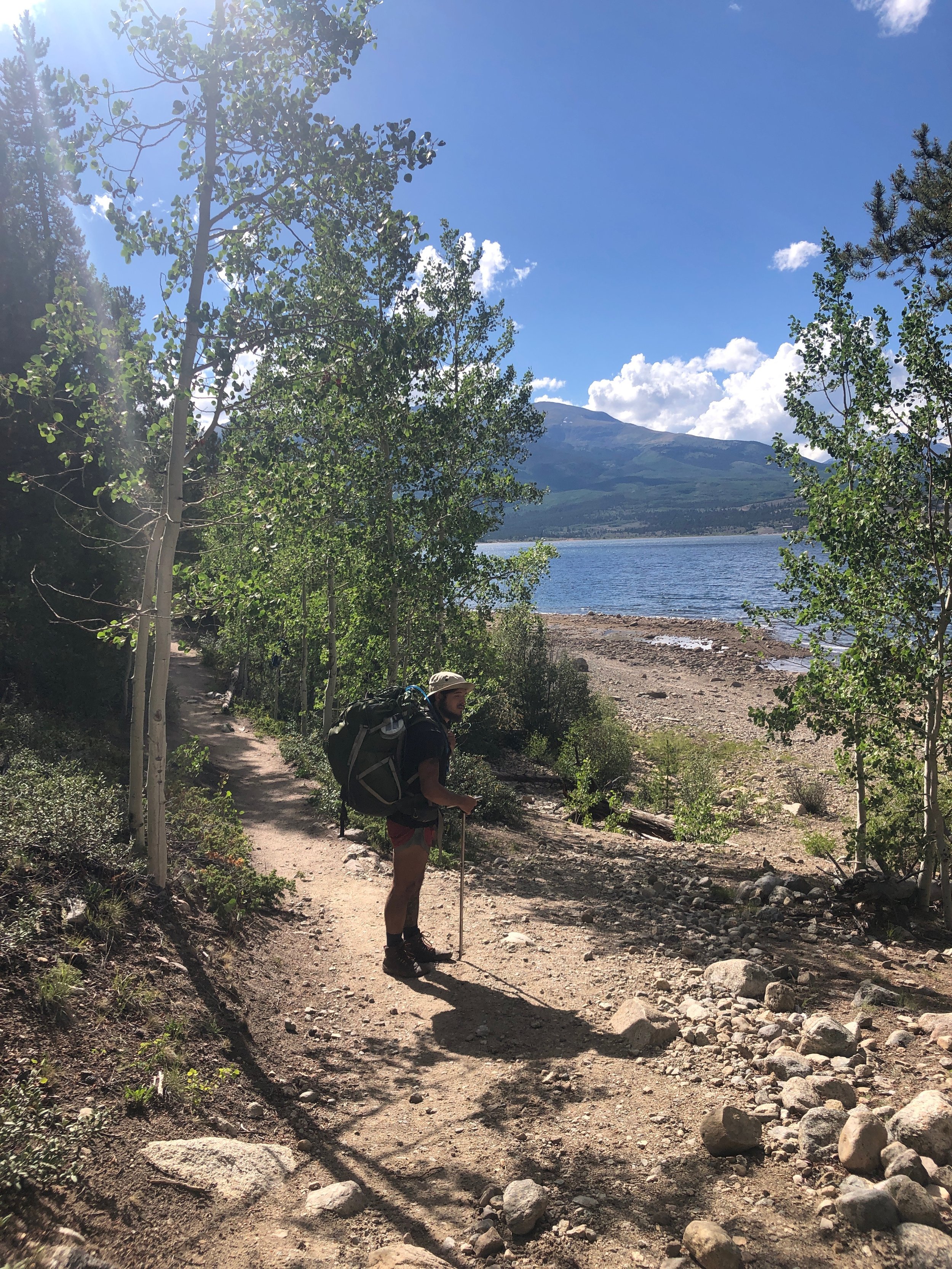
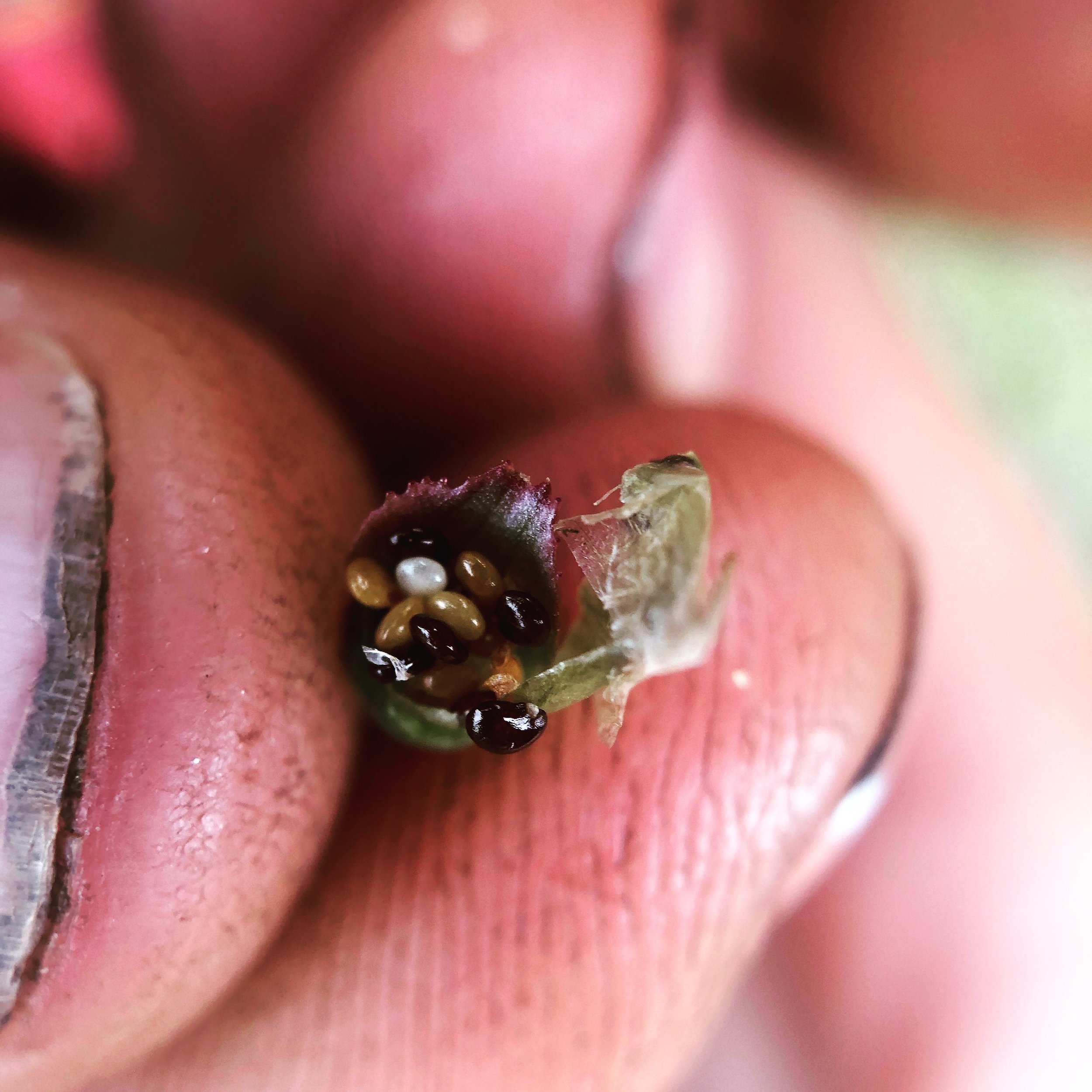




Donate to help fund the future of the project.
Tending under a Ribes, one of many species we found on the trail, and a great nursery bush for seeds
What are our ongoing goals, ideas intentions for the project?
We desire funding to deepen our research.
We want to be able to include more collaborations, gather more data, record stories from others who connect to these lands in different ways, make temporary seasonal experimental camps to gain a more thorough understanding of these ecosystems from a basecamp model while practicing living archaeology and tending work on the land, do walks along the route again and more. We had zero funding for the initial walk and work of the project and did it by the shoestring of our own personal budgets.
We would like to tell stories of the walk itself, through more audio, video or writing forms
We would like to tell alternative stories of the landscapes and histories of Colorado through writing and compiling resources in a book form for the public
We would like to organize information gathered from the walk and include it in a creative, artistically interpreted and culturally sensitive way in an alternative guidebook to the Colorado Trail for curious folks to better understand plants on the landscape. This would require editing/organizing photos by location and plant species, work with unpublished video from the trail and shoot more to better explain and showcase the project in video form, organizing gps data from the trail into something digestible to use in future walks and communicating ideas about anthropogenic landscapes. We would like to transcribe portions of our journals from the walk into shared forms for portions of the book to give deeper dives into the inner landscape aspects of the trail project.
Community outreach is needed - in person teaching, talks, immersion and scouting of plant locations and camps to immerse collectively in the work of better understanding the ‘wild gardens’ and complex ecologies of Colorado landscapes
Essay writing work and audio/video work around socio-cultural philosophical intersections addressing ideas of wilderness, pristine, diversity, disturbance, ‘good’ land vs. ‘bad’ land, climate change, restoration, the capitalization of wildness, anthropogenic landscapes, and more that relate to the species project but also broaden how this work can be accessible to a larger audience.
We would like to check on the plantings and garden locations, after a few years of not seeing them!
We would like to plant more seeds of regional culturally significant food and medicine plants to add another layer of tending to the project
Have thoughts about the project, ideas for funding or resources for us to check out? Reach out here.
sample plant list made on the trail:
(this was shared on Kelly’s Patreon for the Ground Shots Project while on the trail)
while resupplying the past few days in Breckenridge, CO, I have been working hard to get our three main plant lists we made the past few weeks paired with proper scientific names and families, and share some of these lists and observations with you but I only managed to get one list done, from the Buffalo Creek Fire site which was around Segment 2/3. So, I thought I’d share the common name list from the first segment we recorded, the Indian Creek trail. This trail was an alternative starting point for the CT, if you have a dog, and as of a few weeks ago the official start - Waterton Canyon- was closed due to covid. It reopened for weekdays but we had already decided to start at the Indian Creek site and just walk in a short distance the first evening. Bear Creek - the creek running along Indian Creek trail, had geographic access to the Front Range in Colorado so some of the plants we found there were influenced by that, which is fascinating.
Here’s the quick mostly common name list we came up with, mostly ID’d by sight and the use of a book for general reference (no plant ID apps, which we didn’t know how to fully use during the time of this walk. iNaturalist would have been a really cool place to store and document this project):
Horsetail, Nettles, Sochan, Rocky Mountain Maple, Anemone (s), Ceanothus fenderli, Pulsatilla, Penstemon, Wildrose, Arnica, Yellow flowering Pedicularis, Trout Lily, Waterleaf, cow Parsnip, Pseudocymopterus, Biscuitroot, Harebells, Wild onions, Western Osha, Monarda, Juniperus communis, Aspen, Douglas fir, Ponderosa pine, Black eyed susan, Alder, Bane berry, Self heal, indian paintbrush, Mullein, Pineapple weed, Wild mint, Lanceleaf stonecrop, Grindelia, Sarsaspirilla, Aster- purple, Spreading dogbane, Yellow buckwheat, Thimbleberry, Chokecherry, Wild raspberry, GambleOak, Smilax!, Poison ivy, Virginia creeper, Rhus triloba, Pin cherry, Violets many, plantain, Mountain ash, Sanicle, Prairiegold bean, Vetch, locoweed, Pincushion cactus, Wild strawberry, Pine drops, Bluebells, Larkspur, Mountain mahogany, Lomatium with seed at Lenny’s rest, Yarrow, Mahonia, Willow, Narrowlwaf cottonwood, Twinberry, Dogwood, Pink geraniums, Pussy toes, Dandelion, Redclover, Snowberry, Salsify, Star flowered Solomon’s seal, Fairy bells, spiderwort, Narrowleaf yucca, Prickly pear, Uva- Ursi.
Resources to check out (more to be added):
Native American Sacred Trees and Places
Kat Anderson’s book ‘Tending the Wild’
The Landscape of Home: A Rocky Mountain Land Series Reader - We read this on the trail

